
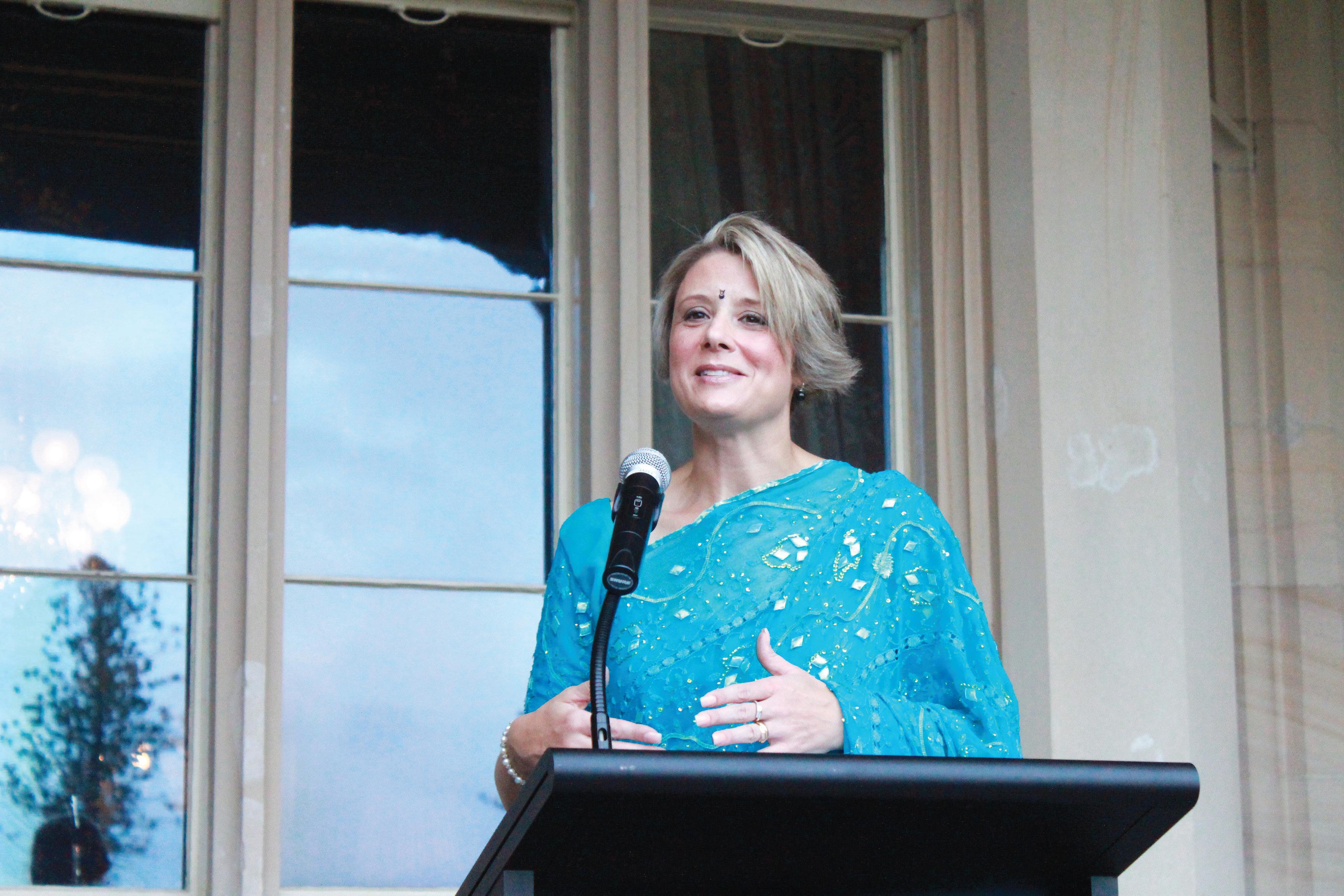

FREE Vol. 18 No. 5 (2) • February (2) 2011 • www.indianlink.com.au • FORTNIGHTLY SYDNEY Level 24/44 Market St, Sydney 2000 • GPO Box 108, Sydney 2001 • Ph: 18000 15 8 47 • email: info@indianlink.com.au Sydney • Melbourne • Adelaide • Brisbane • Perth The Indian angle Kristina Keneally Barry O’Farrell NSW politicians reach out to the community
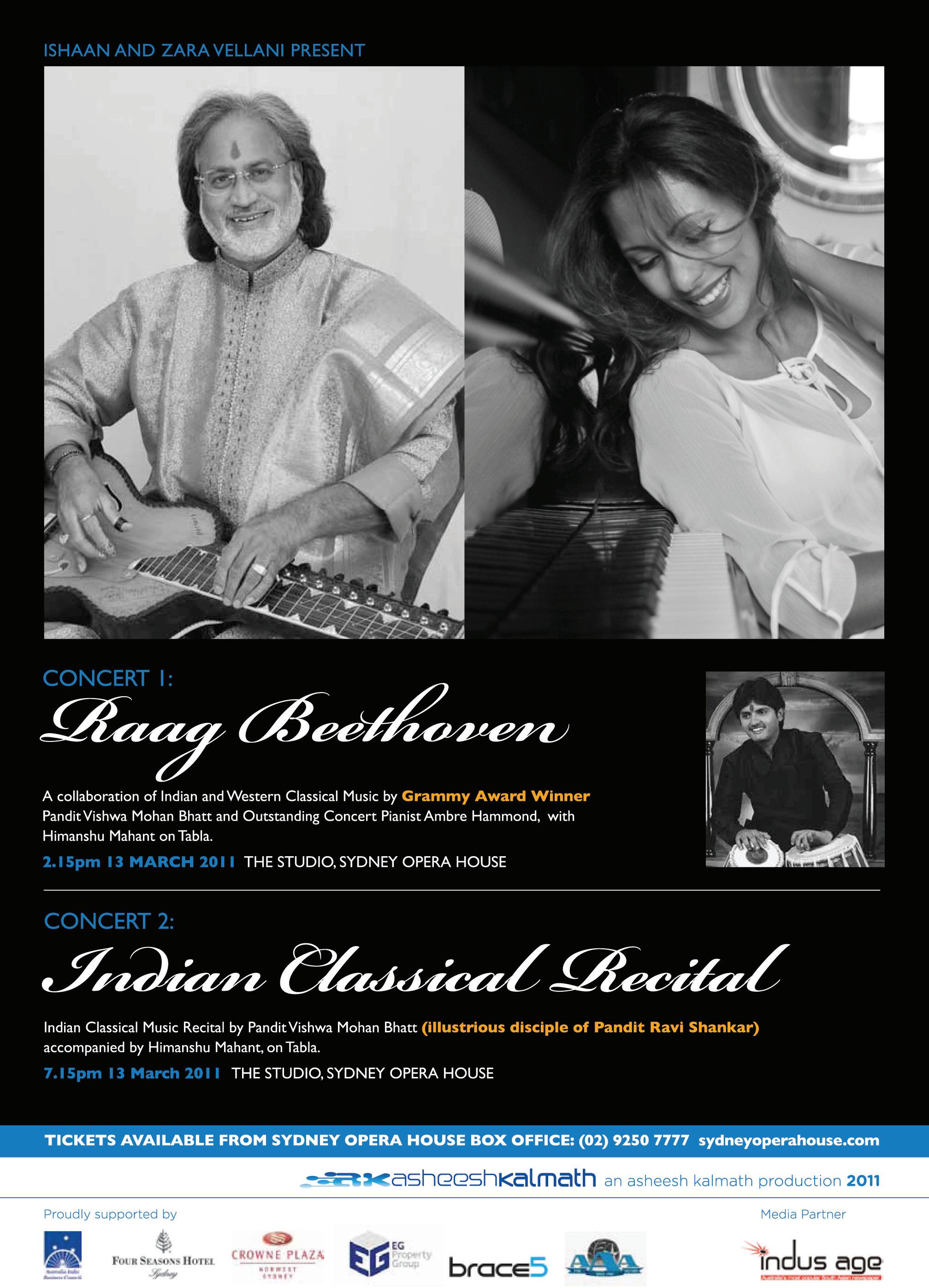
2 <> FEBRUARY (2) 2011 INDIAN LINK

FEBRUARY (2) 2011 <> 3 NATIONAL EDITION

4 <> FEBRUARY (2) 2011 INDIAN LINK
INDIAN LINK
PUBLISHER
Pawan Luthra
EDITOR
Rajni Anand Luthra
ASSISTANT EDITOR
Sheryl Dixit
MELBOURNE
Preeti Jabbal
CONTRIBUTORS
Darshak Mehta, Shafeen Mustaq, Jyoti Shankar, Shivangi Ambani-Gandhi, Gaurav Pandey, Anusha Menon, Sanjiv Dubey, Noel G deSouza, Mark Sharma, Sukrit Sabhlok, Sunil Ranadive, Farzana Shakir, Ritam Mitra, Sandip Hor, Petra O’Neill, Malli Iyer, Minnal Khona, Rani Jhala
ADVERTISING MANAGER
Vivek Trivedi 02 9262 1766
ADVERTISING ASSISTANT
Drishya Sharma 02 9279 2004
GRAPHIC DESIGN AND LAYOUT
Kaye Martin
Indian Link is a fortnightly newspaper published in English. No material, including advertisements designed by Indian Link, maybe reproduced in part or in whole without the written consent of the editor. Opinions carried in Indian Link are those of the writers and not necessarily endorsed by Indian Link. All correspondence should be addressed to
Indian Link
Level 24/44 Market St, Sydney 2000 or GPO Box 108, Sydney 2001
Ph: 02 9279-2004 Fax: 02 9279-2005
Email: info@indianlink.com.au
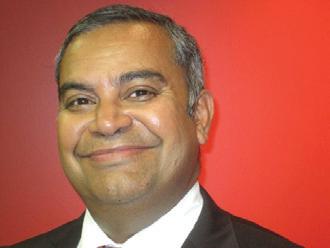

Liberals play a dangerous game
Liberal leader Tony Abbot is not having a good time in Canberra. If the adage of keeping your friends close but your enemies closer, is a philosophy to assure longevity in politics, Abbot certainly seems to be losing sight of this mantra. In the last few weeks while the Gillard Labor government is looking more assured, the Coalition seems to have lost its direction, as mixed messages and a shadow cabinet leaking like the sieve, are portrayed to the country at large.
Tony Abbot is aware that he is on thin ice at the moment. A political animal, he would be well aware of the issues that are keeping him in the position as leader of the opposition, and potentially a heart beat away from being the next Prime Minister. Abbot, through clever manoeuvring and a helping hand from the mining companies and a disenchanted Labor party, was able to bring down a sitting Prime Minister in Kevin Rudd. He then led his party in a focussed and a disciplined manner to an inch of forming the government, only missing out when Independents Tony Windsor and Rob Oakshott voted with the Labor party.
It was clear by all polls at election time and those which are being conducted now, that while the Labor
BY PAWAN LUTHRA
and Coalition parties are neck to neck in a two-party preferred basis, Abbot trails Gillard as the preferred Prime Minister by a huge margin. Abbot is not being accepted by a majority of Australians as the alternative Prime Minister and by default, the Coalition is finding it hard to take the lead away from Labor. The saviour of the Liberal party seems to also be its liability. Yes, all political parties publicly state that they do not pay attention to these polls, but it was these very results that determined the fate of Kevin Rudd, knocking him off his leadership pedestal.
Abbot is on borrowed time and would have another six months to prove himself. By August, the election of 2010 would be a year old, and the next one (unless there is a mid term change in government) will be due in 2013. It will be a reasonable assumption that change can occur. Different camps are already emerging in the Coalition; Joe Hockey has never been backward in coming forward
with his views, even if they disagree with those of his leader. Julie Bishop has had her disagreements with Tony Abbot. Surprisingly the man Tony Abbot defeated by one vote to become leader of the opposition party in 2009, Malcolm Turnbull, is strangely quiet. For those who know Malcolm, this is indeed strange. One feels that as an investment banker turned politician, Turnbull will make a play for the top position at the right time at the right place.
Meanwhile, the Coalition views on migration, leaks on their plan to play the race card, and media reports of their alignment with the One Nation party are not playing out well with the public. Immigration minister Scott Morrison’s alleged comments on playing the Muslim race card has been criticised by all. While the Labor government has moved more towards stating its multiculturalism status with announcements of its clear support of cultural diversity, the Coalition message is unclear. They need to define their policies and perhaps, Abbot can be the man to do so for them.
There are a lot of votes in multiculturalism and after all, the face of Australia is changing. An astute politician will accept and work along those lines.
FEBRUARY (2) 2011 <> 5 NATIONAL EDITION www.indianlink.com.au EDITORIAL
What’s On
SPIRITUAL
Mysore spiritual leader visit
Sat 19 March Sri Anaghadatta Inc
presents Sr Sri Ganapathi Sachidananda Swamiji performing a Sri Chakra Pooja and Ganapati Homa at Redgum Function Centre, 2 Lane St, Wentworthville, 9.30am.
Sun 20 March Healing and Meditation
Music at Marana Auditorium, 16 MacMahon St, Hurstville, 5.30pm.
Details Santosh Vanka 0412 677 670.
Chinmaya Mission events
Feb 21 – 26 Free public talks True Goal of Spirituality with Br Gopal Chaitanya.
7.30pm - 9.00pm at Chinmaya
Sannidhi Ashram.
Thur 3 March Mahashivratri festival
7.30pm to midnight.
Details Chinmaya Sannidhi 02 8850 7400 / 0416 482 149.
Events at Manav Dharam Society of Australia
Fri 25 Feb Pravachan on Atmagyan by Mahatma Suvidhya Baiji at Sri Mandir, 286 Cumberland Rd, Auburn. 7.30 - 8.30 pm.
Fri 11 Mar Pravachan on Navdha
Bhakti by Mahatma Suvidhya Baiji at Ram Krishna Mandir, 24/7 Lyn Parade, Prestons. 7.30 - 9.30 pm.
Fri 25 Mar Pravachan on Atmagyan by Mahatma Suvidhya Baiji at Sri Mandir, 286 Cumberland Rd, Auburn. 7.30 - 8.30 pm.
Details Mahatma Suvidhya Baiji on 0422 059 772 or Sanjeet on 0432 682 275.

Brahma Kumaris weekend retreat
1 – 3 April Brahma Kumaris Raja Yoga Meditation Centres, Sydney invite you to a weekend Hindi Retreat to understand and explore the secrets to establish easy and
constant link with the Almighty Authority for inner peace in the self. Venue: Inner Space Centre for Spiritual Learning, 150 Macarthur Drive, Wilton. Details Asha Bhen 0435 196 146 or Devendra Bhai on 0431 446 056.
STAGE
Sydney Gay and Lesbian Mardi Gras
Feb 18 – 27 As part of the 2011 Sydney Gay and Lesbian Mardi Gras festival, Trikone Australia presents a stage production In The Space Between dealing with homosexual themes within the Indian context as well as within Australian-Indian context (and features stunning costumes, foot-tapping music, sweeping dance numbers, promising an evening of quintessential Bollywood entertainment). Cleveland Street Theatre, 199 Cleveland Street, Redfern. Details Akash Arora 0430 933 234.
FUNDRAISERS
I-India Project for Rajasthani kids
Wed 23 Feb I-India Project Australia’s fund-raising dinner for the Jhag Children’s Village in Rajasthan will be held at one of Sydney’s favourite Chinese restaurants, Golden Century at Fox Studios, Moore Park, at 7.30pm. This year’s dinner celebrates the 2011 Chinese New Year, the Year of the Rabbit, with a ten course banquet. The cost is $110 per person. Lucky door prizes, raffles, auctions and entertainment will add to the evening’s fun. Funds raised will help ongoing work at the Jhag Children’s Village which is a residential and educational facility for vulnerable children in Rajasthan that yearn for brighter futures. RSVP is the 16th
February. Details 0402 958 582 or visit www.i-indiaproject.org.au
Holi Hullad
Fri 25 March Rekha Rajvanshi presents Holi Hullad, a fundraiser for the Queensland flood affected. Enjoy the spirit of Holi with Bollywood songs, dances, humorous poetry, tambola and Bollywood trivia and traditional Holi dinner. 7.30pm11.00pm at Parravilla Function Centre, 42 Campbell St Parramatta. Details Rekha Rajvanshi 0403 116 301
SENIORS
Sri Om Care
Fri 25 Mar Riverstone Neighbourhood Centre, Park Street, Riverstone from 10.00am to 1.00 pm.
Sat 26 Mar Liverpool Library Hall, Liverpool from 11.00am to 3.00pm
Sun 27 Mar Picnic at Auburn Park Macquarie Road, Auburn
Details Jay Raman 0410 759 906.
MISC
UIA’s community forum
Sat 5 March Women’s Forum
Sat 19 March Seniors Forum
Both events will be held at 10.00am at Parravilla Function Centre, 42 Campbell St., Parramatta. Working lunch will be provided on both days.
Details Aruna Chandrala 0410 338 900.
Nutrition researcher seeks subjects
Are you an Indian origin mum with children 1 year to 5 years of age? Rati Jani, a child nutrition researcher from Queensland University of Technology, Brisbane, would like some information from you. You must be older than 18
years of age, residing in Australia for more than 1 year and less than 8 years. If you’d like to share your experience and help Rati in her research, please complete a questionnaire survey about your feeding practices. The questionnaire is in English and will take about 20 minutes to complete. The questionnaire is online at: http://survey.qut.edu.au/ survey/171152/1429/ If you wish to fill in a hardcopy please contact Rati on (07) 3138 6223 or email rati.jani@student.qut. edu.au. (This project has been approved by the QUT ethics committee, approval number 1000000943).
SENIORS WEEK 2011
Sri Om Care event
Sat 19 Mar Sri Om Care celebrate Seniors’ Week at Auburn Town Hall, 11.00 am to 4.00 pm. Free bus pick up and drop off, free whole-day medical camp, multi cultural entertainment by seniors and youth, and free lunch. Families of seniors invited to see the special activities for seniors organized by Sri Om Care. Details Jay Raman 0410 759 906.
RAIN event
Thur 24 Mar Resourceful Australian Indian Network (RAIN) announces a Herbal Green Bolly-Food Festival at Senior Citizens’ Centre, 91 Queens Road, Hurstville, 12.30pm to 3.00pm. Program includes henna celebration, cooking with herbs competition, herbal delicacies book launch, talk on herbal remedies, Bollywood entertainment and lunch for seniors. Details Sudha 9585 9158.
6 <> FEBRUARY (2) 2011 INDIAN LINK

FEBRUARY (2) 2011 <> 7 NATIONAL EDITION

8 <> FEBRUARY (2) 2011 INDIAN LINK
FREE BUSINESS BRIEFING

Potential to earn +$100,000 p.a. while keeping your present job
Are you like most people who have studied various material on wealth creation, then got “fired-up” each time and pledged to go into business for yourself someday, but NEVER got around to it because you
• did not have the (large amount of) start-up capital that was required?
• Just couldn’t afford to give up your full-time job to do so due to existing commitments?
• Simply could not find the right opportunity (one with minimum outlay and maximum returns)?
If you are a motivated, self-starter who would seriously like to attain financial independence, earning a residual income with the potential to exceed *$100,000 p.a. in 2-4 years, starting part-time with relatively no financial risk, then call
(02) 82302521 (24 hrs)

And we’ll introduce you (without obligation) to one of the most lucrative business ventures of our time. This is a genuine, legal and high-integrity opportunity that is attracting people from all walks of life, including highly skilled professionals such as doctors, lawyers and business executives. It is definitely not for those looking for a ‘get rich quick’ scheme or rewards without effort-such things don’t exist.
Understand that if you don’t have, it’s because you don’t act. Call Now. (Serious enquires only)
CONTACT : DEEPIKA SHARMA
FEBRUARY (2) 2011 <> 9 NATIONAL EDITION
Sari seduction
What Labor accomplished for the Indian community, and what it could have done better
While it is all over - bar the shouting - for the NSW Labor government with the newspaper pre-polls handing them the worst possible drubbing at the 26 March election, it seems that no one has mentioned that to current NSW Premier Kristina Keneally. She is out there every day, brimming with enthusiasm as she leads the Labor party campaign.
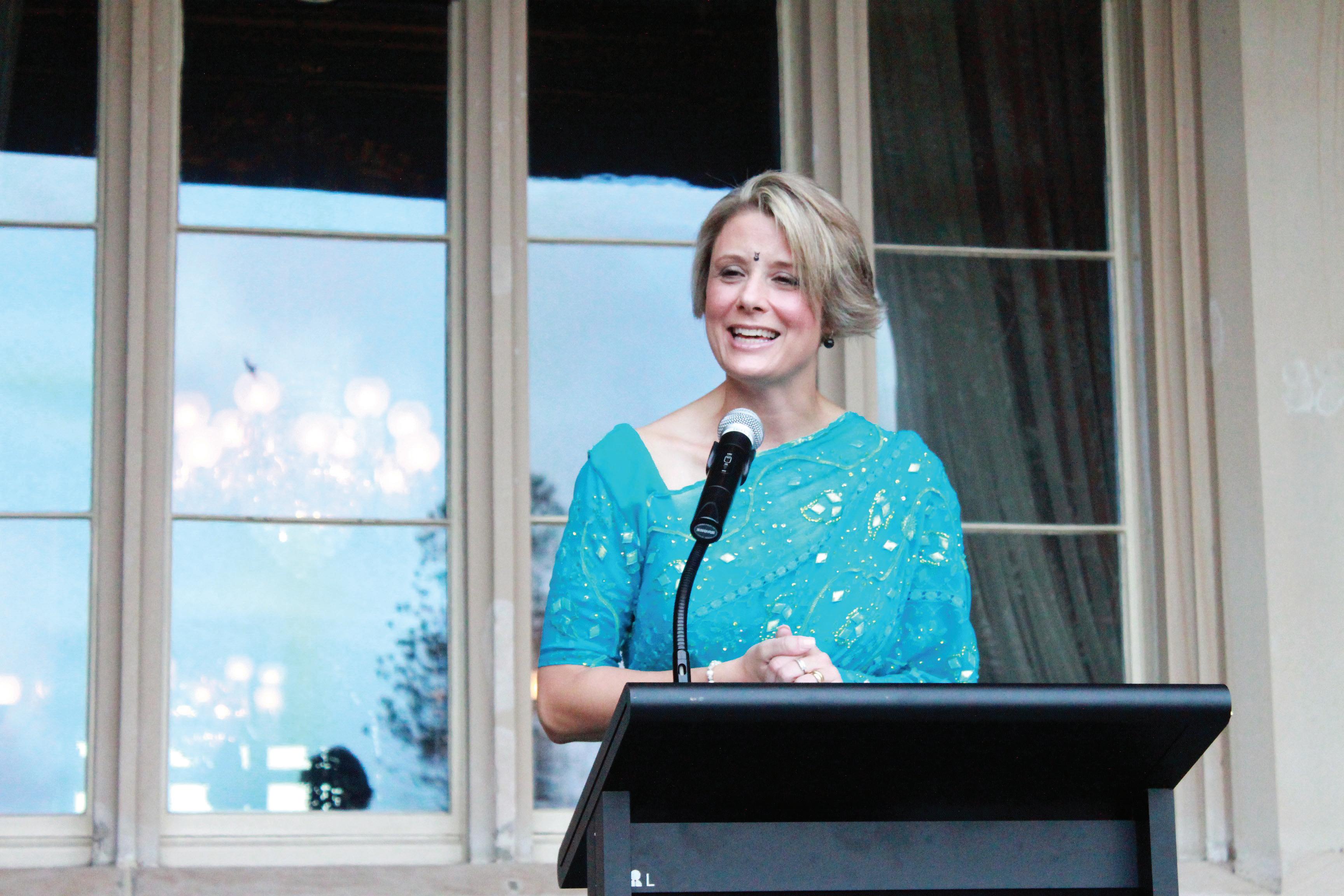
While she is reaching out state-wide, she is particularly getting to work with the ethnic communities. There are regular press briefings at the Premier’s office, and the Labor party has promoted community launches of its policies, such as one for the Indian community alone.
With the Indian community specifically, the Premier is enjoying her dress-ups. Over the Republic Day function organised by the Council of Indian Australians (CIA), she turned up in a beautiful summery salwar kameez, dupatta adeptly balanced on her shoulders. And at the Indian Sub-continent Community Awards presentation at Government House, she took it up a notch higher, opting for a glamorous look in a sequinned blue sari.
(Her “wardrobe adviser” Aparna Vats confirmed it took half an hour to put on). Premier Keneally can easily get a Bollywood role if she ever tires of politics.
As well, she engaged the services of Hindi language tutor Rekha Rajvanshi to reach out to the Indians here in their native tongue. She learnt to mouth her tag-
Up close and personal with Barry O’Farrell
BY DARSHAK MEHTA
Barry O’ Farrell must have the shortest odds ever, on a politician standing for the office of Premier – of any Australian state.
Thanks to Labor’s chronic mismanagement of NSW, it is fair to say that most of us feel that the transport, infrastructure, health and education we deserve should be much better than what we have been getting under Labor for the past 10 to 15 years.
The unbelievable part is that successive state Treasurers have been intently focussed, nay, obsessed, just on how to retain the State’s AAA rating rather than building and modernising the state’s assets and infrastructure. What use is an AAA credit rating if we have the kind of woeful public transport system that we do?
The ALP has imploded spectacularly on its own and has repeatedly scored own goals with the stench of various scandals to keep it in the public eye (and, nose!). The Liberal party has had to do little so far except be Stephen Bradbury –last man standing.
Remember, I write as a former member of the Labor party and as an ideological believer in what it stood for (though not what it stands for, anymore!)
I have personally met Barry O’Farrell a few times (I hasten to add, at cricket matches and functions!) and had some conversations with him, over the past 18 months. At The LBW Trust*, we invited Barry to a couple of fund-raisers. He hosted one in Parliament House and attended the other at the SCG. He is genuinely interested in what we do and how we operate. He told me that he would love to attend our functions and to keep him posted.

He was true to his word.
He comes across as a decent, articulate, extremely wellread bloke who has excellent family values. NSW will be in
then Premier Nathan Rees and followed through by Premier Kristina Keneally and Minister for Western Sydney David Borger. Brownie points came also from Parramasala, an annual performing arts festival for the South Asian community initiated last year.
On the negative side, perhaps a lot more could have been done when the international students’ crisis hit in 2009. While proactive steps were ultimately put
Indian community at the numerous functions that we organise, mingling freely.
While these efforts are appreciated, it remains to be seen whether they will convert to votes come March 26. How will Indian voters balance these special gestures, against more mainstream concerns such as transport, education, hospitals and law and order?
He even publicly referred to Her Excellency Smt Sujatha Singh, Indian High Commissioner to Australia, as “Jahanpana” (Your Majesty) –much to her embarrassment and the amusement of 165 people at a charity dinner in September last year.
a trustworthy pair of hands. I have seen at close quarters his love for the game of cricket – which is more in the nature of a private passion than the fake show-casing and pretence that
some politicians indulge in. He is regularly at the cricket with his wife Rosemary and their sons but is always unobtrusive and absorbed. When he is at the SCG, he is often on the balcony watching – not staying inside to gossip.
And, he knows that a Chinaman is not necessarily one who lives in the Middle Kingdom!
For someone in public life, the ultimate proof of a true love of sport is when they turn up without cameras or reporters being present to telegraph their interest. I have seen Barry everywhere: at sculpture unveilings of top sportsmen, at football games, at commemorative luncheons, and I believe he regularly goes around cricket grounds in Sydney to watch his sons play on the weekend.
I have also observed closely his interaction with senior Indian diplomats including our High Commissioner. He is comfortable enough with them to rib them gently or tell stories against himself. I believe that they share my high opinion of him. He even publicly referred to Her Excellency Smt Sujatha Singh, Indian High Commissioner to Australia, as “Jahanpana” (Your Majesty) on my cheeky dare – much to her embarrassment and the amusement of 165 people at a charity dinner in September last year.
Barry is quite adept with his iPad and I was impressed at the ease and speed with which he was able to access information and keep in touch.
Journalist Peter FitzSimons suggested to Barry earlier this month that he must never have had more friends than now – alluding to people wanting to ingratiate themselves with the next Premier of the State? Barry agreed but humorously quoted his friend and colleague Brad Hazzard who said words to the effect that the friends you make in spring are your true friends only if they are still your friends in winter (i.e. when you are out of power).
I doubt that he will be affected by his new found popularity!
* Darshak Mehta is Chairman of The LBW Trust (www.lbwtrust. com.au) - a charity that assists the tertiary education of over 260 underprivileged students in India, Pakistan, South Africa and Uganda.

10 <> FEBRUARY (2) 2011 INDIAN LINK
COVERSTORY
Finally, a truly, madly, deeply cricket-loving Premier!
“Mujhe aapka sahyog chahiye”
Pawan Luthra
Photo: Drishya Sharma
Photo: Drishya Sharma
Bold plans for NSW
Liberal leader Barry O’Farrell on his visions for NSW and for the Indian community here
 BY PAWAN LUTHRA
BY PAWAN LUTHRA
The pundits have all but given the elections to the Coalition in NSW. It is predicted that Barry O’Farrell’s coalition of the Liberal and Nationals will romp into power when the NSW State Elections are held on 26th March. While there is a lot of admiration for the style and spirit of the current NSW Premier Kristina Keneally, it seems that people have had enough of NSW Labor after 15 years and it is a safe bet that Barry O’Farrell will be the next Premier of the state.
Barry O’Farrell, on his part, is certainly not taking this for granted. Even as I prepare for our scheduled meeting, he is at Strathfield station in Sydney’s inner west, presenting his party’s credentials to morning rush-hour commuters. He rushes in to his Parliament House office, looking every bit like a man in a hurry. He settles in, amidst all the sporting memorabilia that decorates the room, but only briefly – he’s going to be out there again shortly, talking to more people.
Here are excerpts from our conversation.
Indian Link: The NSW State elections are only a few weeks away and the pre-polls are predicting a landslide victory for you. Have you booked the removalists for the 27th of March?
Barry O’Farrell: No, all we have booked are the TV, radio and print ads! What we see are the state-wide polls which do not reflect what is happening in marginal seats, and marginal seats win elections. So we are going to be working hard till the polls close at 6 pm on 26 March. We are taking nothing for granted, and are taking every opportunity to outline our policies for the people of NSW.
IL: Assuming the pundits are correct, what will your priorities be for the first few days in the office as the Premier of NSW?
BO’F: Our first priority is to get the economy moving. We want it to be the first place in Australia for people to do business. We want to improve our state’s investments and trade relationships in the region as a place to do business and we want local businesses to get a fairer deal from the government so that they can grow their business. In order to do this, we need to get revenue and the best way to get revenue is not to put up taxes and charges, but by growing business investment, and that is why strong economic growth is our number one goal. We plan to lighten the tax burden, regulatory reform, introduce a jobs action plan, establish a small business commissioner so that we are working inside the bureaucracy, cut red tape and encourage small business.
IL: Over the past few months we’ve noticed your increased presence at local Indian gatherings. Tell us about your engagement with the Indian community.
BO’F: Well, I have always enjoyed attending Indian events. Over the past decade it’s usually been the annual Republic Day dinner. But in the past four years, being the Leader of the Opposition has meant that the number of invitations coming in have increased. I am happy to attend any community event, but I am conscious of the great contributions that the Indian Australians have made to our nation, state and city.
The Indian community is industrious and peaceful; they focus on issues similar to those the Liberals-Nationals focus on, namely enterprise, opportunity and ensuring a better future for all.
I also feel that value of education is something which Australians can learn from the local Indian community. We, who have been here for generations can lose sight of it. I think education is the key which can unlock the future and
Indian parents make all efforts to educate their children.
IL: In the last 18 months, Indian student numbers have been on the decline. While managing the student relationship is a Federal responsibility, the fact is that NSW businesses are feeling the crunch. Do you think the Rees-Keneally Government handled the students’ crisis of 2009 appropriately? What would you do to restart the flow of students to NSW?
BO’F: First, the Rees-Keneally government failed to ensure that the state government agencies who were responsible for doing proper checks on the colleges, did their jobs. When these colleges failed, it sent a terrible message to those back in India about the quality of education here. We know that we had incidents involving violence towards Indian students and though these were not as bad as those happening in Victoria they were nevertheless handled almost as badly. We need to send a strong message that overseas students are more than welcome in this city and we need to be out there in India highlighting the value which we place on multiculturalism in this state and in this nation.
IL: A big NSW, or a sustainable NSW?
BO’F: Both. The Federal government controls the immigration intake. What the State government needs to do is to match the infrastructure requirements. We are committed to an infrastructure overhaul. We cannot stop people coming in. I do not want to stop people coming in, but what we can do is to highlight the advantages and opportunities which exist all over NSW, rather than just in Sydney alone. This way we would be seeking a balanced growth all over the State.
IL: The Indian community has grown substantially over the past few years. An ‘India House’ is desperately required. State government help in providing a subsidised building will go a long way to benefit the community. If you are voted in as the NSW Premier, will you assist in getting a venue?
BO’F: That issue has never been raised with me before and I am happy to have a look at it. But the Indian community has been incredibly industrious and successful without
government assistance. I do believe government assistance can be useful but I also worry that when government gets involved with any association, even community, it brings with it their rules and regulations that interferes with its core purpose. But, I’d be very happy to review a proposal for help in starting an India House now that it has been brought to my attention.
IL: Over the past four years, there have been a number of activities which the NSW Government has instigated for the Indian community, such as Diwali celebrations at Parliament House, Parramasala, and the Indian Sub-continent Community Awards. Will you continue with these? Would you initiate other such activities that involve the local community?
BO’F: We are very keen to keep the involvement between the government of this state and the local Indian community progressing. We have a bipartisan approach to this. I do believe that there are other ways in which we can engage the local Indian community but forgive me if I keep our powder dry during the election campaign. There are Indian events which can and should form part of our major events strategy. There are ways in which we can better the interaction between the two countries – I believe the G’Day USA style of publicity is very good. I do not see why that cannot work with states of or with the nation of India.
IL: How can the local Indian community contribute better to NSW?

BO’F: They do contribute through their efforts and enterprise and I encourage them to do so. One message I do have for them is that a sign of their maturity will be an increasing involvement with politics and I am not being partisan here. Party membership of various language groups is one way of ensuring that we end up with a Parliament that mirrors the community at large.
IL: An Indian personality that inspires you?
BO’F: I am inspired by the quotes of Gandhi. I am inspired by the energy, efforts and the words used by your local Consul General Amit Dasgupta who I think is doing a great job for the Indian community.
FEBRUARY (2) 2011 <> 11 NATIONAL EDITION
www.indianlink.com.au
“Value of education is something which the Australians can learn from the local Indian community.”
COVERSTORY
“I’d be very happy to review a proposal for help in starting an India House now that it has been brought to my attention.
Barry O’Farrell with his wife Rosemary.
Recognising the contributions of the subcontinent community
The inaugural NSW Premier’s Indian Subcontinent Community Service Awards were announced on February 18 by Premier Kristina Keneally.

Six members of the community were felicitated as significant contributors, one each in the fields of Trade and Industry, Arts and Culture, Community Harmony and Community Service, while the award for Lifetime Achievement was shared by two individuals.
The awardees were picked - from among a whopping 63 nominations - by an independent judging panel made up of John Watkins (head of Alzheimers Australia and former Deputy Premier of NSW), Prof. Veena Sahajwalla of UNSW, Raj Datta (Chairman of the Deepavali Festival Committee of NSW) and Michael Christodoulou (CRC commissioner).
The awards were presented by the Premier at a simple ceremony at Government House, hosted by Stepan Kerkyasharian, chairman of the Community Relations Commission.
“I congratulate the nominees and recipients for their outstanding contributions, and hope they inspire new generations,” the Premier said on the occasion.
Dressed in a glamorous sari, the Premier claimed she had “never felt more beautiful or elegant” and happily posed for photograph after photograph.
The Indian Subcontinent Community Awards will be an annual affair, following in the tradition of Chinese, Lebanese, Filipino and Vietnamese community awards.
C hanging the face of the world
Twenty-two-year-old Mohit Tolani won the NSW Indian Subcontinent Community Award for Community Service.
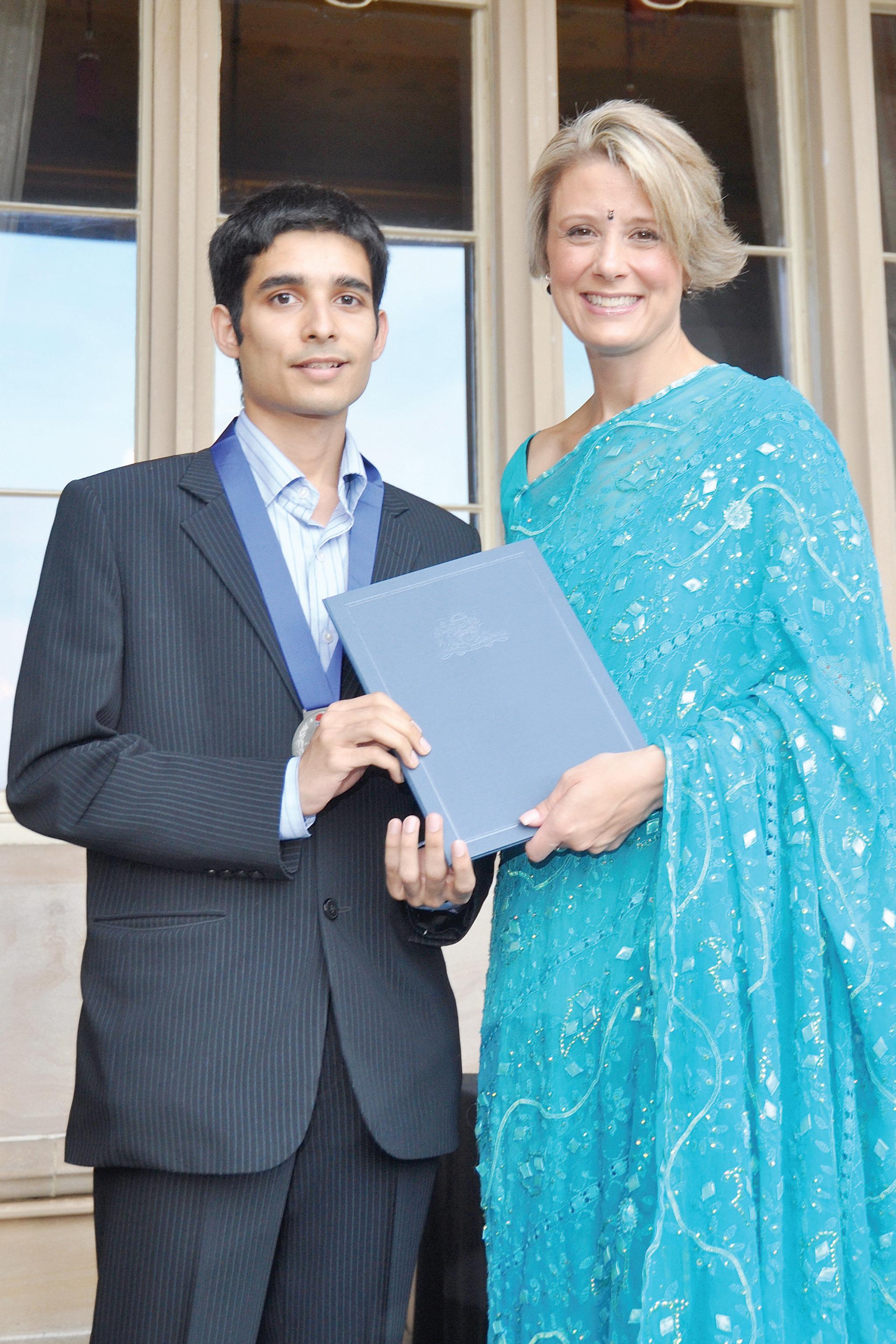
It was at high school that Mohit first became attracted to the idea of community service. As part of a Round Square initiative, Mohit had led his Gold Coast High School in a cancer fundraising programme. Round Square is an international organisation that believes that schools should have a greater purpose beyond preparing students for university, and fosters a philosophy of international understanding, democracy, environmental stewardship, adventure, leadership and service. As a young adult, Mohit has grown to inculcate these very values in his day-to-day life.
A dentistry student, Mohit is quite clear of what his ultimate goals are.
“I want to help people – that’s why I chose health care. I want to take dentistry to country NSW. I’m aware that rural areas have a severe shortage of specialists and people have to drive far to get even basic treatment. It’s shocking but it’s true,” says Mohit.
Mohit wants to become a face surgeon, specializing in facial tumours.
“There are only a few specialists in Australia and none in the rural areas,” he claims.
Yet he will continue to change the face
of the world in many other ways.
He has been involved for many years with the Australian Indigenous Mentoring Experience (AIME), in which he mentored Aboriginal youth in high school and at uni. As a post-grad student, he will continue his work with AIME. “There’s a huge gap between Aboriginal and mainstream students in grammar and maths skills, which we’ve tried to fill. We also help them with extra curricular skills and instill a pride in being Aboriginal,” says Mohit.
“I’m also keen to start Dentists Without Borders, which does not exist to date in the southern hemisphere, with a few close friends. This will help us take our skills internationally,” he adds.
Mohit has won numerous community service and leadership awards at school, university and Rotary levels, and was a finalist last year in the Pride of Australia Awards.
It was pleasing to see the youth of the community represented at this prestigious forum, as well as the government’s recognition of the efforts of this section of society. Yet watchers of the trends in our community will tell you that there are many such youth who have been passionate about community service from an early age. Perhaps Mohit Tolani can help mentor them as well.
12 <> FEBRUARY (2) 2011 INDIAN LINK SPECIALREPORT
NSW Premier Kristina Keneally with Indian Subcontinent Community Award recipients (from left) Mohit Tolani, Pawan Luthra, Sid Orekondy, GS Sidhu, Kumud Merani and Chandru Tolani
Rajni Anand Luthra
owards a better understanding of India in the mainstream T
Pawan Luthra won the NSW Indian Subcontinent Community Award for Community Harmony.
“It is indeed exciting to be honoured by the NSW government and further reinforces my belief that there is so much one can do to bridge the gap between Australia and India, be it social, cultural, or political,” Pawan, a media commentator and proprietor of Indian Link newspaper, said.
Pawan firmly believes in presenting a fair and unbiased perspective on the various issues that affect the community, and in promoting better understanding of subcontinental values and traditions to the wider Australian society.
In his early days here since he arrived in 1985, much of Pawan’s commentary centred around removing stereotypes of India as an impoverished and mysterious land, and replacing that with more factual notions of India’s burgeoning middle-class and its potential as a modern market for Australian resources, as well as its deep-rooted traditions of family, value for education, and an abiding spirit of tolerance.
Having cut his teeth on India’s public television channel Doordarshan and public broadcaster All India Radio, Pawan set up Indian Link newspaper in Australia on 1994 and launched Indian Link Radio a few years later. Today the newspaper goes across the country with editions in Melbourne, Perth,
The science behind food
Dr Gurcharn Singh Sidhu won the NSW Indian Subcontinent Community Award for Lifetime Achievement.
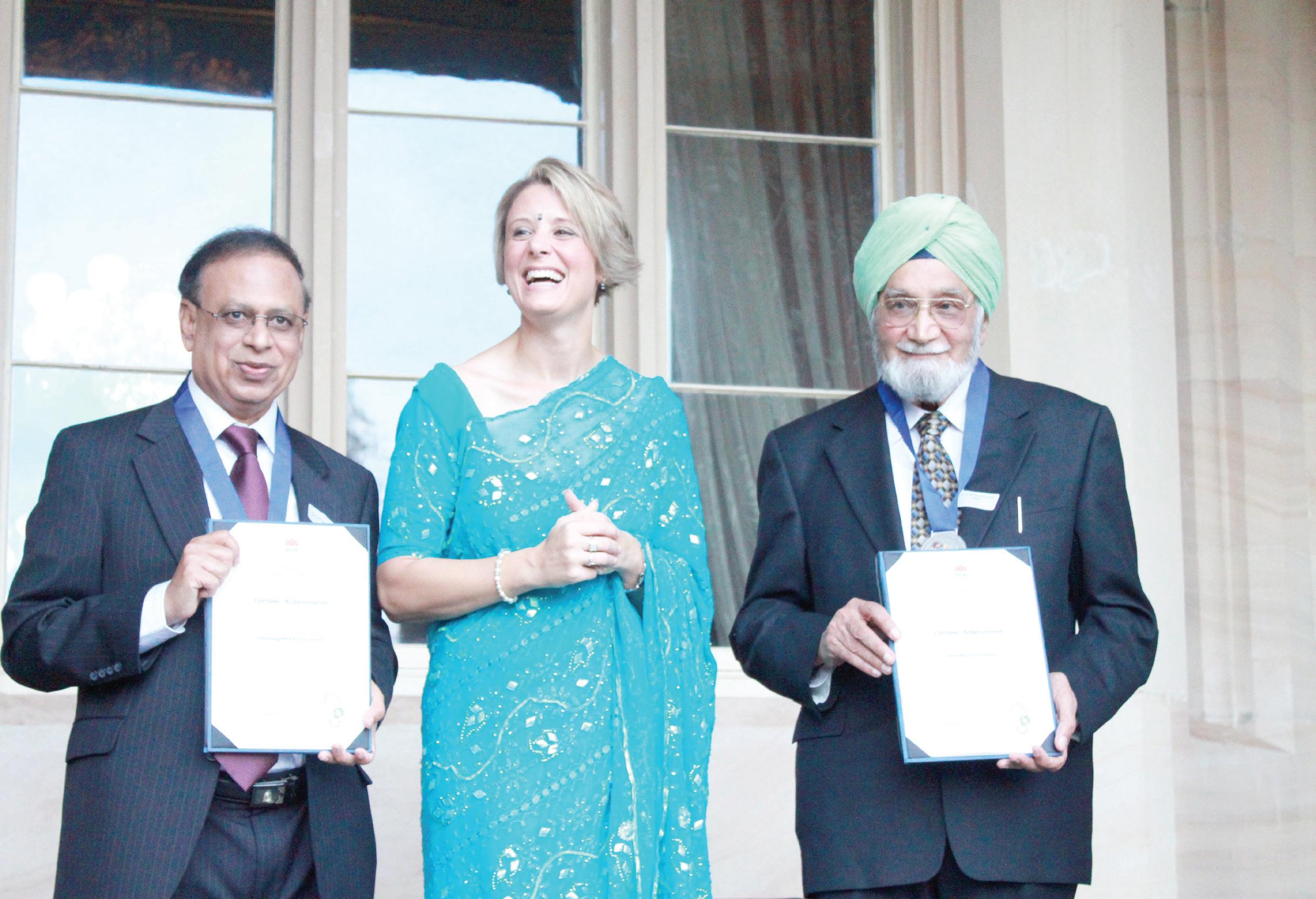
“I feel great,” the soft-spoken scientist and humanitarian told Indian Link “I’ve been working here for 45 years, and to be recognised by the government for this is a wonderful feeling.”
Dr Sidhu retired as senior principal research scientist from CSIRO in 1994, having joined way back in 1966. He first came to Australia in 1951 as a PhD student under the Colombo Plan, along with four other agriculture students who were sent here to gain skills needed to launch India’s Green Revolution. All five returned home to take up senior positions at the famed Punjab Agriculture University in Ludhiana, and helped make the state the food bowl of the country. Having served ten years there, Dr Sidhu migrated to Australia.
Dr Sidhu found himself in the limelight in the early 1990s for having pioneered the process of extracting cholesterol from egg yolks. “The final product hit the supermarket shelves to much acclaim,” Dr Sidhu explained, “but soon medical opinion changed about dietary cholesterol not really exerting a negative influence.”
However Dr Sidhu’s work with the poultry industry continued, and he devised a formula to produce Omega-3 enriched eggs that did not taste like fish.
Dr Sidhu’s work with the Sikh community began almost immediately upon his arrival here. He helped establish the Australian Sikh Association and was the driving force behind the Glenwood gurudwara. He was also the President of the Indo-Australian Cultural Society and is widely known on the cultural scene in the Punjabi community.
Today Dr Sidhu looks back fondly at
Brisbane and Adelaide, and the radio is heard in Sydney and Melbourne, besides streaming live on the internet.
Pawan’s crisp and meaningful editorials are widely read, not only by the Indian community but also by an increasing number of mainstream readers that the paper has been able to attract.
His comments are sought by mainstream media every time an India-related issue crops up, whether the Indian students’ crisis, international cricket, the Delhi Commonwealth Games controversy, India’s uranium issues with Australia - and yes, invariably, even the mystique behind the notion of arranged marriages! Over the years his opinions have been sought by BBC, ABC breakfast radio, ABC 24 television, ABC’s Lateline program, Compass, Channel 7’s Today Tonight, Channel 7’s Sunrise Morning Herald, The Australian magazine.
“As a commentator on matters that involve our community, my main objective is to offer a true and unbiased opinion on the issue in question, and to offer solutions through dialogue, discussion or simply, sensible action,” says Pawan.
“I try and advocate a rational assessment of the situation after looking at both points of view, and my perspective is usually that of finding solutions to any problems,” he adds.
This attitude also won him a position
Now there are lots of restrictions, such as having to report every six months on the status of your work. Science does not work that way: how can you anticipate when your experiments will succeed? Administrators have no idea…” he says wistfully.
To scientists looking to make a future here, Dr Siudhu advises, “Agricultural research is on a downward trend, but medical research is on the way up. IT is also developing fast. But whatever you choose to do, remember, honest work is 95% perspiration.”
Dr Sidhu’s wife Natasha was at Government House to see her husband receive his award.
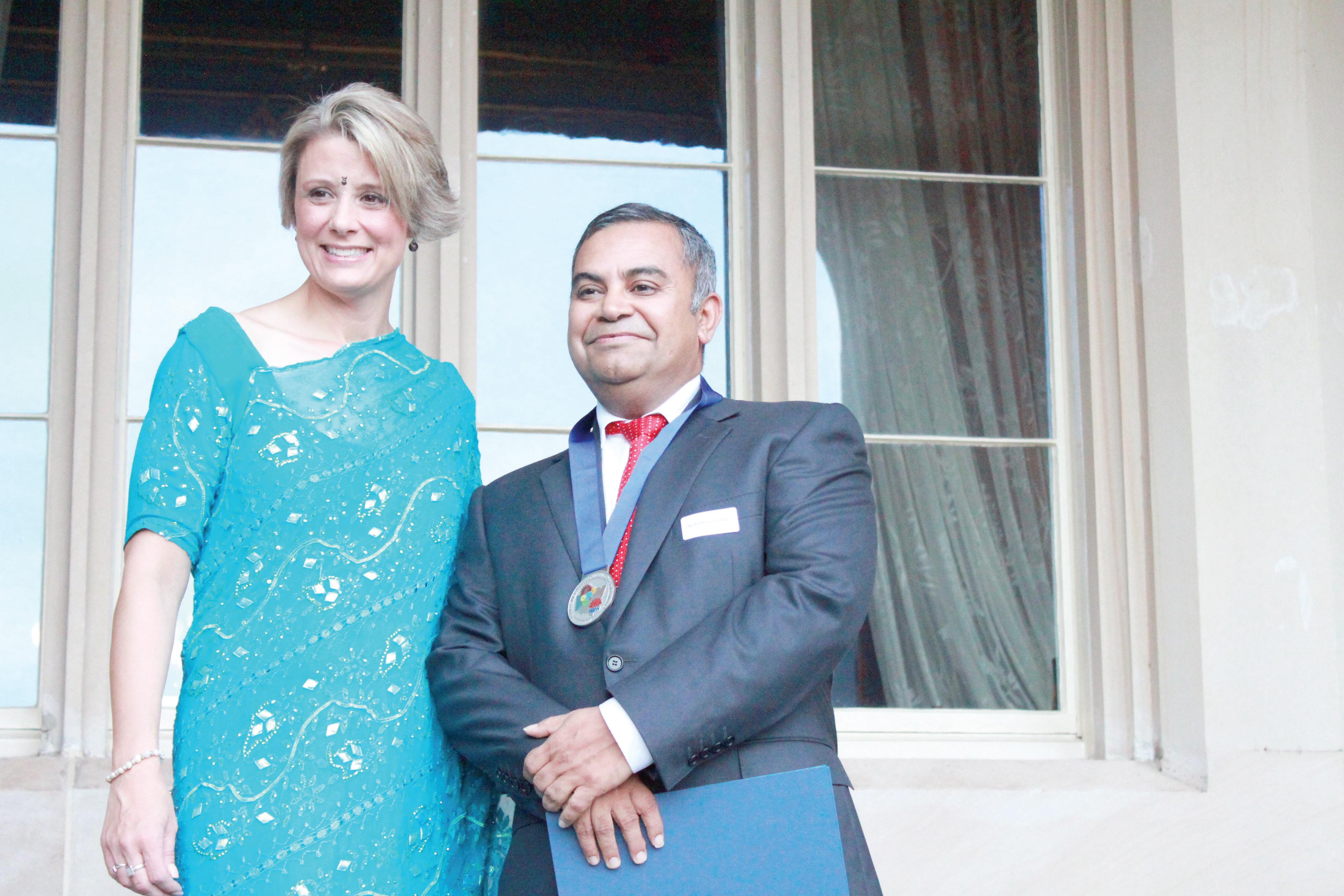
Agood eye for community issues
Dr Siddhalingeshwara (Sid) Orekondy won the NSW Indian Subcontinent Community Award for Lifetime Achievement.
He was recognised for “37 years of outstanding volunteering in the community”.
“I am thrilled to have been chosen for recognition in the first ever Indian community awards in NSW, probably the first ever in Australia,” Dr Orekondy told Indian Link
An ophthalmologist by profession, Dr Orekondy came to Australia in the 1970s after an eight-year stint in England. The Royal Australian and New Zealand College of Ophthalmologists at first refused to give him specialist status, but acquiesced after seeing the quality of his work. Today he continues
for two years. He launched the medical stall at the annual India Fair which has been disseminating information as well as gathering health-related data for research on the Indian community here.
Dr Orekondy has also provided voluntary medical services in Fiji and in India, and has led study groups to East Africa.
Last year, his home state in India, Karnataka, honoured him as a valued son of the state during its Foundation Day felicitations.
As the Indian community here grows in numbers, Dr Orekondy has the following advice to new Australians of Indian origin, “Don’t forget your roots, but equally, respect the land you live in now”.
Rajni Anand Luthra
FEBRUARY (2) 2011 <> 13 NATIONAL EDITION
Kumud Merani won the NSW Indian Subcontinent Community Award for Arts and Culture.
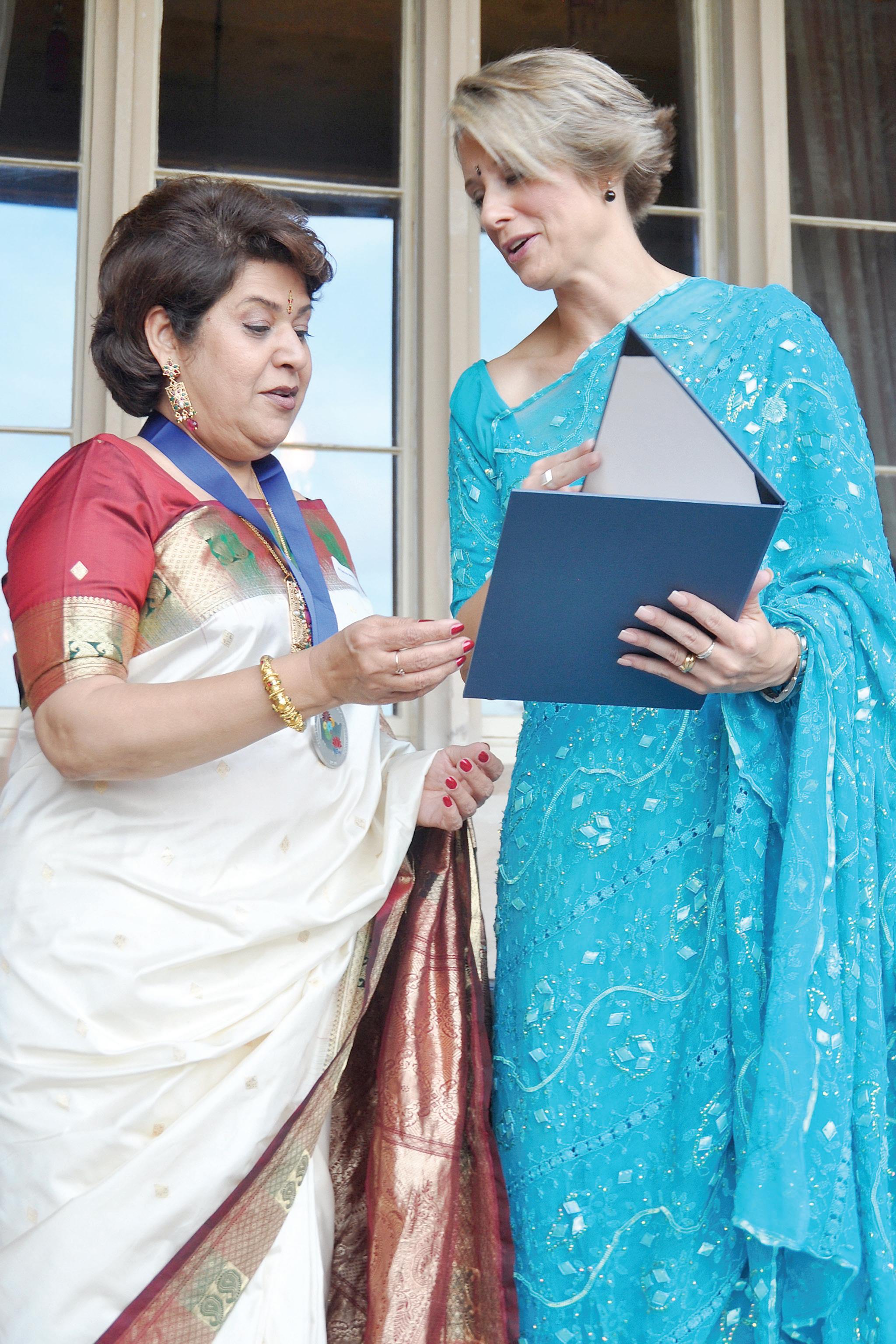
As the only woman award winner, Kumud Merani is thrilled at being felicitated by the NSW government, and for a number of reasons. “Yes, of course, I am very very pleased,” says Kumud enthusiastically. “I think it’s great recognition and an acknowledgment of my contribution, and I also think the award also speaks for the empowerment of women. I am grateful to all the people who nominated me and who have shown marvellous support for my work”.
Kumud claims her work is done with passion and of her own free will, and “although tough at times, ultimately it is always rewarding”.
Kumud has been intensely involved in arts and culture since a young age; she completed her Masters in Ancient Indian Art and Culture, and was awarded a Gold Medal for topping the Uni in the subject. What followed was a job as the very first TV newsreader in Mumbai, and on coming to Australia, Kumud took up a contract job as a world newsreader in English on SBS TV. Currently, Kumud is Executive Producer for Hindi Programs on SBS; she is also a journalist/producer presenter, and a theatre producer, writer and actor.
Awards are not new to Kumud, but this one is very special, she says. “I have received at least 6 awards over the years from different Associations in NSW, as well as numerous ones from other states.
rolific, yet low profiled P
Chandru Tolani won the NSW Indian Subcontinent Community Award for Trade and Industry.
Chandru is a highly successful hotelier, businessman, entrepreneur and philanthropist. However, by choice, he remains a relatively private person in the community and his reaction to the award was one of mild surprise. “My first reaction was – at last! The extent of my contribution has finally been recognized and I have been considered as a worthy nominee. I am grateful to the people who voted for me, as it is an honour to be acknowledged for the work I have put in,” says Chandru.
And it certainly is a well-deserved award for this low-profile businessman with a string of three hotels, a golf course, and a highly successful importexport business among other ventures, which he has painstakingly built over the last 30 years of living in Australia.
“I have never sought the limelight; I believe that my actions speak louder than any need to ostentatiously display who I am and what I have done,” explains Chandru. “I am simply happy to receive recognition for my contribution to Australia’s trade and economy, and being the first Indian businessman to receive this acknowledgement is even better.”
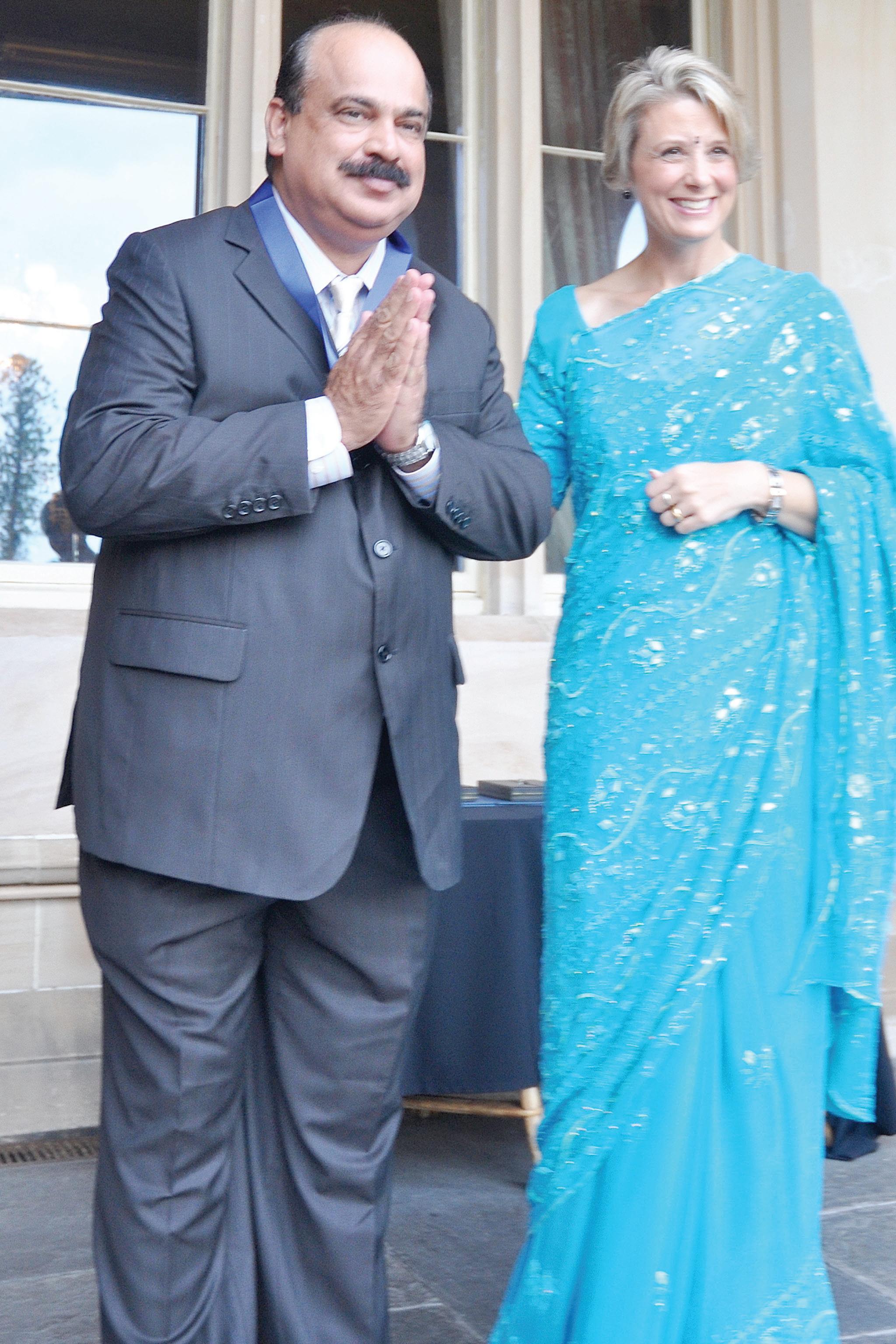
Chandru’s various business interests employ over 300 people in Australia, and he is a well-respected, if lesser known entrepreneur, particularly for his integrity and business acumen. He
pioneered the highly-successful 2-dollar shopping concept in Australia, importing good quality, low priced, affordable products for sale in the market.
Chandru applies an attitude of understatement to his considerable charitable work as well, which is rare in these days when philanthropy is almost synonymous with publicity. His was the first organisation to bring Indian deities to the Hindu temple in Auburn, and he has been associated with the United India Organisation (UIA) and the Hindi Association as well. Chandru has held significant fundraising events at the golf course owned by him, as well as supporting other organisations like the Glen McGrath Cancer Foundation. He has anonymously helped a raft of individuals who have suffered genuine loss or bereavement, through acts of unpublicized kindness.
Despite his success, Chandru refuses to get bogged down by the pressures of work and business. “To me, my family is very important and I spend as much time with them as I can. I work hard in managing my business interests, but in my leisure, I play golf as I am quite a fanatic, and of course, I am an out-andout family man. This is why I prefer to keep a low profile, so that I can spend my leisure hours in enjoyable activities,” says Chandru. With this appropriate balance between work, charity and leisure, Chandru seems set to continue his journey on the path of success.
Sheryl Dixit
I have received international awards and recognition for my radio documentaries, which are a great source of pride for me. However, this award is very rewarding, because it openly acknowledges the work that I have done since the past 25 years in bringing awareness of Indian art and culture to the subcontinent community as well introducing and sustaining the richness of our heritage to the people of Australia,” she says.
Theatre is the medium by which Kumud explores the realm of Indian classical art and brings it to the audience. “My themes are usually Indo-Aussie, and I do have a yen for history, which comes through in my work. However, theatre is always the product of teamwork, and I am fortunate that to have so many willing and enthusiastic supporters, including my husband Suresh,” she says.
Her perception is that India is currently the flavour with Australians, but there is still a need to promote India’s rich classical heritage as being way beyond Bollywood. “I am keen to extend our culture to the wider mainstream and foster a deeper, richer understanding of India’s immense classical canopy – from history, to the arts, to music, poetry, dance…we have such a lot to offer!” she says.
This would be a challenge but an enjoyable one for Kumud, who describes herself as an aesthete. “I love anything that encompasses truth, goodness and beauty; Satyam, Shivam, Sundaram, ” to quote this ardent fan of literature poetry.
Sheryl Dixit
14 <> FEBRUARY (2) 2011
atyam, Shivam, Sundaram S www.indianlink.com.au SPECIALREPORT
Photos: Warren Duncan, CRC; Drishya Sharma

FEBRUARY (2) 2011 <> 15 NATIONAL EDITION




16 <> FEBRUARY (2) 2011 INDIAN LINK
Reconciliation through art
An exhibition by Australian and Indian artists in New Delhi aims at a message of friendship and camaraderie between the two countries
BY SHIVANGI AMBANI-GANDHI

There was once a time when if you mentioned the word ‘Australia’ to Indians, it would bring fond memories of cricket and some of the game’s biggest stars. Today though, the most instantaneous reaction will be about the racial attacks controversy. However since 2010, Australians are making much more of an effort to bridge this gap – be it Parramasala, more Indian representation in cultural events like the annual Sydney Festival (free AR Rahman concert and the Manganiyars), to exhibitions that focus on the longstanding Indo-Australian relationship (a light and fire show about the earliest Indian immigrants to Australia at the last Vivid Sydney festival).
Now, an Indian curator has taken the lead in bringing the same message of friendship to India. Sahar Zaman, a Delhibased arts journalist and independent curator, recently opened a show featuring Indian and Australian artists in Delhi titled Racism & Reconciliation. The exhibition was on show at Art Konsult Gallery until mid-February and received positive political support from both countries. Meira Kumar, Speaker of the Lok Sabha and Peter Verghese, Australian High Commissioner to India were chief guests at the opening of the exhibition.
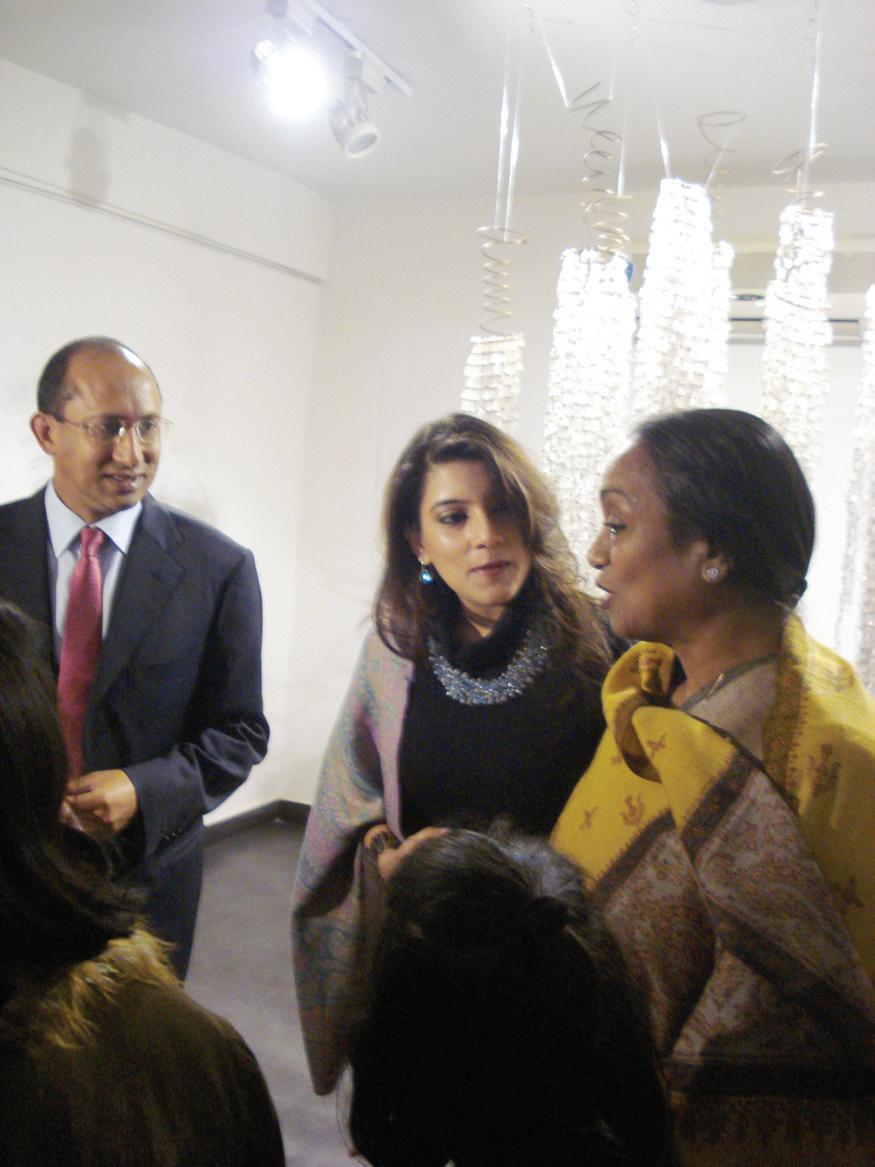
Tracey Deep works with reusable and recycled material. “And she’s well aware that India is a haven for finding ample recycled material to make her works special,” says curator, Zaman. Deep’s Moonlight is made from recycled material, rescued from a landfill.
“It’s an example of how materials used in our everyday life can be reworked and reinterpreted to create something totally new and give the material a second life. Moonlight shimmers with an almost hypnotic appeal that could inspire those sparring over petty ideas of racial, regional or even national differences to rise above the inessential and embrace the core of all humanity,” explains Zaman.
The two Indian artists featured in the show, Dhiraj Singh and Seema Kohli, have no prior Australian connection, but after the controversy, they travelled to Australia between 2008-2010 to assess the situation and respond artistically.


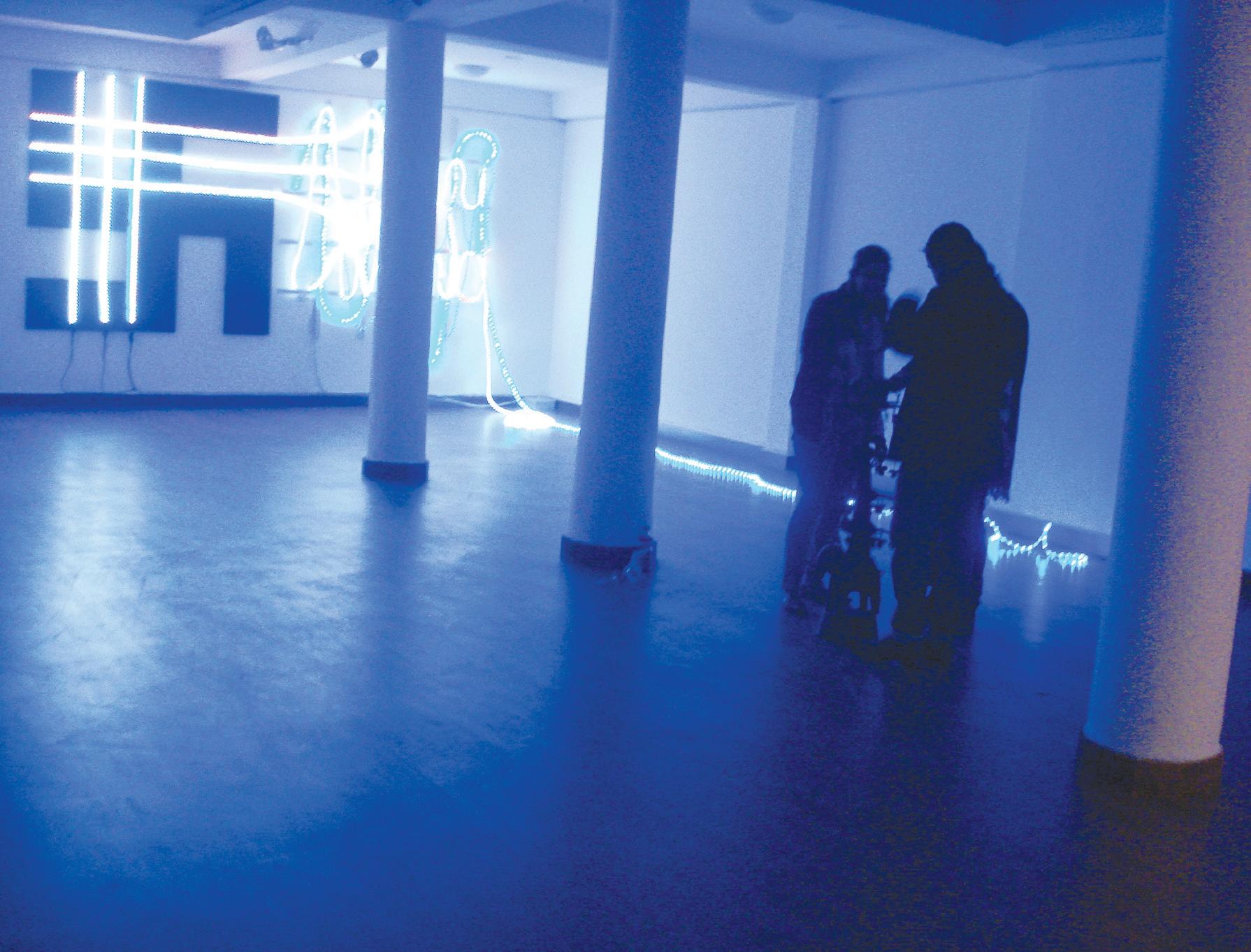
“Their works are a statement on understanding the grounds of differences, clearing the misunderstanding and moving on. My aim as the curator was to make sure the right message on Indo-Oz friendship is sent out using the language
Since the ‘60s, Fogg has been creating lumino kinetic sculptures - light installations - inspired by India’s colourful Gods, mandalas and the concept of karma
The exhibition featured works by two Australian artists who have a long association and love for India, namely Roger Foley-Fogg and Tracey Deep. Since the ‘60s, Fogg has been creating lumino kinetic sculptures - light installations - inspired by India’s colourful Gods, mandalas and the concept of karma “In the ‘60s it was as if India emerged in the collective unconscious globally,” he says. “In my young innocence and ‘60s naiveté, I must confess that India seemed a particularly attractive society because Coca Cola and other suspect symbols of the corporate world were banned at that time.”
Fogg’s major light-installation for the Racism & Reconciliation show, titled Love Hate Love features the Swastika, a powerful symbol which in Sanskrit means auspicious, but was misused by the Nazis to portray Aryan superiority and to assassinate millions of Jews. Fogg appropriates this symbol of positive energies, manipulated into a racial symbol to comment on the racial tensions between India and Australia.
“Dhiraj looks at the issue with his or as we say in Hindi ‘ both time and the colour black, dissolving away the scars from human memory. The surfboards in this work act as totemic portals representing the Dreaming, the Aboriginal idea used to describe the journey, without beginning or end, of things and beings,” says Zaman.
Meanwhile, Kohli puts her observations across in her signature style of tapestrylike canvases and several sketches. “She realised that both Hindu mythology and the Aboriginal Dreaming have striking similarities in the way they see the continuum of life. Especially, how the position of a woman is glorified as a significant player in nurturing the world and harmonizing all existence. In one of her canvases, she has done a portrait of an indigenous Australian face, blending it with her own distinct palette,” says Zaman.
We hope the legacy of this initiative will lead to a stronger and renewed friendship between the two nations, based on a better understanding and appreciation of each others’ cultures.
FEBRUARY (2) 2011 <> 17 NATIONAL EDITION
www.indianlink.com.au ARTS
1. Dhiraj Singh’s Black Tide
2. Tracey Deep’s Moonlight
3. Love Hate Love by Roger Foley-Fogg
1 2 3 4
4. Delhi-based art writer and curator Sahar Zaman with Australian High Commissioner to India Peter Varghese and Speaker of the Lok Sabha Meira Kumar
Media’s hidden history revealed
A lecture by Prof. Jane Chapman exposes the role of media in bringing to light pre-Independence issues and its influence on Indians during that era
 BY JYOTI SHANKAR
BY JYOTI SHANKAR
It has been over sixty years since India’s independence from British colonial rule, but there are still many historical aspects of this era that are waiting to be discovered. Visiting Professor Jane Chapman from the Lincoln University in UK seeks to uncover some of these hidden aspects.
The turnout at the public lecture by Prof. Chapman at Macquarie University titled “India’s Secret Heritage: A tale of two cities” was an indication of an increasing interest to know more about India. Prof. Chapman, who specialises in the communications history of disempowered groups in France and India, has widely studied and authored on this subject. She received a grant from the Economic and Social Science Research Council (ESRC) of UK to research ‘Women, Press & Protest in British and French India 192848’, the findings of which now forms a touring exhibition showing at Macquarie University’s Art Gallery until 4 March 2011, and was the subject of the lecture.
The general philosophy of newspapers, ‘If it bleeds, it leads’ ensured that bad news like the economic boycotts, burning of cloth, the actions of women, strikes and riots were covered.
Prof John Simons, Executive Dean of the Faculty of Arts, Macquarie University elaborated on ‘The Great India Project’ that the university embarked on last year. This included establishing the India Research Centre, the new Tagore Chair in Art and Culture endowed by the Government of India, hosting the 150th anniversary of Tagore’s birthday along with the Bengali Association, and exhibitions, lectures and cultural events. “There is a great appetite and interest to know about India. The most important task for Australia is to understand India better and forge cultural partnerships, as India is clearly a leading country of the future,” he said.
Rhonda Davis, senior curator of the art gallery who organised the ‘India - Past, Present and Abroad’ exhibition, introduced Prof. Chapman to the audience. Putting together a few of the historic visuals collected during her research, Prof. Chapman presented a sliver of Indian history and followed the researcher’s trail. Her research project’s aim was to demonstrate the power of newspapers as a vehicle of communication and the role of women in the independence struggle. The newspapers studied were The Pioneer from Allahabad and the Swadanthiram, a Tamil newspaper from Pondicherry, also
Rooms for Rent
published as Soudandiram in French.
The reason Prof. Chapman chose The Pioneer was that this establishment-oriented paper started in 1865 in Allahabad, had a virtual monopoly for news, but interestingly fell into decline in the 1920s after the appointment of a liberal, F W Wilson, as its editor. He supported the Indian freedom movement. Most of the press was metropolitan-based, reflecting the government policy towards India but not the history of the local people. When Wilson took over in 1928/29, which was also when British women were finally allowed to vote, he wrote about Indian women who were fighting for reforms and called the article, ‘The Awakening of Indian Women’. The general philosophy of newspapers, ‘If it bleeds, it leads’ ensured that bad news like the economic boycotts, burning of cloth, the actions of women, strikes and riots were covered. This helped the independence movement.
So why are newspapers hidden history? Prof. Chapman explains, “Most historians find out the facts, get their narrative and then look at newspapers from the period for quotes to kind of illustrate what they have to say. They do not study newspapers consistently or in depth, when in fact the press is also a media institution and deserves to be studied in its own right. So what we uncovered is hidden history.”
Prof. Chapman and her team of researchers visited 50 libraries and archives in France, England and India to collect material. It was difficult doing research in India, especially at the regional archives, due to the lack of electricity for many parts of the day, the masses of records, difficulty of communicating in the local languages, different languages used in the documents, as well as lack of proper conservation.
French Indian history is also a lesser-known part of history, even among the French. Though France controlled two-thirds of Southern India at one point, they lost most of it to Britain and were down to five settlements – Pondicherry, Mahe, Karikal, Chandannagore and Yanam. They ran these settlements like full blown colonies, but in fact the French were dependent on the British to survive in India. Prof. Chapman studied the Tamil newspaper, Swadanthiram that V S Subbaiah started in Pondicherry as a means of a voice for disenfranchised people. It published news about the textile workers strikes and terrible working conditions in textiles mills in Pondicherry - children and women were paid a pittance, the average work day was 11 hours, they had no right to form unions, to meet, no self-expression or civil rights. The newspaper became the voice of the people.
Prof. Chapman claimed that women’s history was always secret, like the history of peasants and the poor, and has not been given a fair deal by historians. Her team
Villa located at Macquarie fields, located near shopping centre, and tafe. Clean furnished room for rent, prefer working person or student, Parking available. $150 per week incl bills plus one week bond money.
Please call Manoj on 0410436591 or email m.kumar1@hotmail.com if interested.
actions on print publication. They looked through masses of records of colonial administration like warrants for arrest, police statements and taxation records. “Women from all stratas of society were involved in rent strikes, boycotts and picketing of merchants selling British cloth and liquor, refusing to pay fines, and leading political movements while their men were in jail,” she claimed. Through Prof. Chapman’s experiences of finding out and writing about women’s history and how disempowered people used newspapers to communicate, she tries to explain the wider issues about India, the lessons from the past and the importance of heritage and archive conservation. In fact, she will donate the money from the international touring exhibition to the Subbiah House in Pondicherry to help people rediscover their history.
In collaboration with Prof. Naren Chitty (International Communication) at Macquarie University, Prof. Chapman is now preparing to study the pre- and post-colonial Indian press as a hybrid democratic model. She is also helping to establish a three-way Masters programme in International Communications between Macquarie and Lincoln Universities, and India.

18 <> FEBRUARY (2) 2011 INDIAN LINK
www.indianlink.com.au ARTS
• Cafe and sandwich shop • 5 days a week • Prime location: Artarmon • First time offer, great potential • Parking spaces on site • Offers over $140,000 only Business For Sale Artarmon Contact Joe : 0432 252 653
Freedom and the Fourth Estate
Little is known about the Indian media’s role in the fight for independence,
through an enthralling exhibition
BY SHIVANGI AMBANI-GANDHI

Two little known episodes from the Indian media’s history have been celebrated as the core of a major exhibition in Sydney recently. Press and Protest (www.pressandprotest. com), a research project led by Prof Jane Chapman reveals how newspapers became the public voice for mass protest by ordinary people during India’s freedom movement. Images from her research, along with some poetic photographs by three contemporary Australian photographers came together for the India – Past, Present and Abroad exhibition, which ran at the Macquarie University Art Gallery until February 18, 2011.
Prof. Chapman’s section of the exhibition focuses on two little known episodes in Allahabad, United Provinces (Uttar Pradesh) in British India and in the French territory of Pondicherry (Tamil Nadu), when newspapers became the vehicles of protest for freedom, particularly by women. These powerful images are accompanied by the works of Effy Alexakis, Nathalie Hartog-Gautier and Jon Rhodes, to convey the rich and varied communities throughout India and its global diaspora.
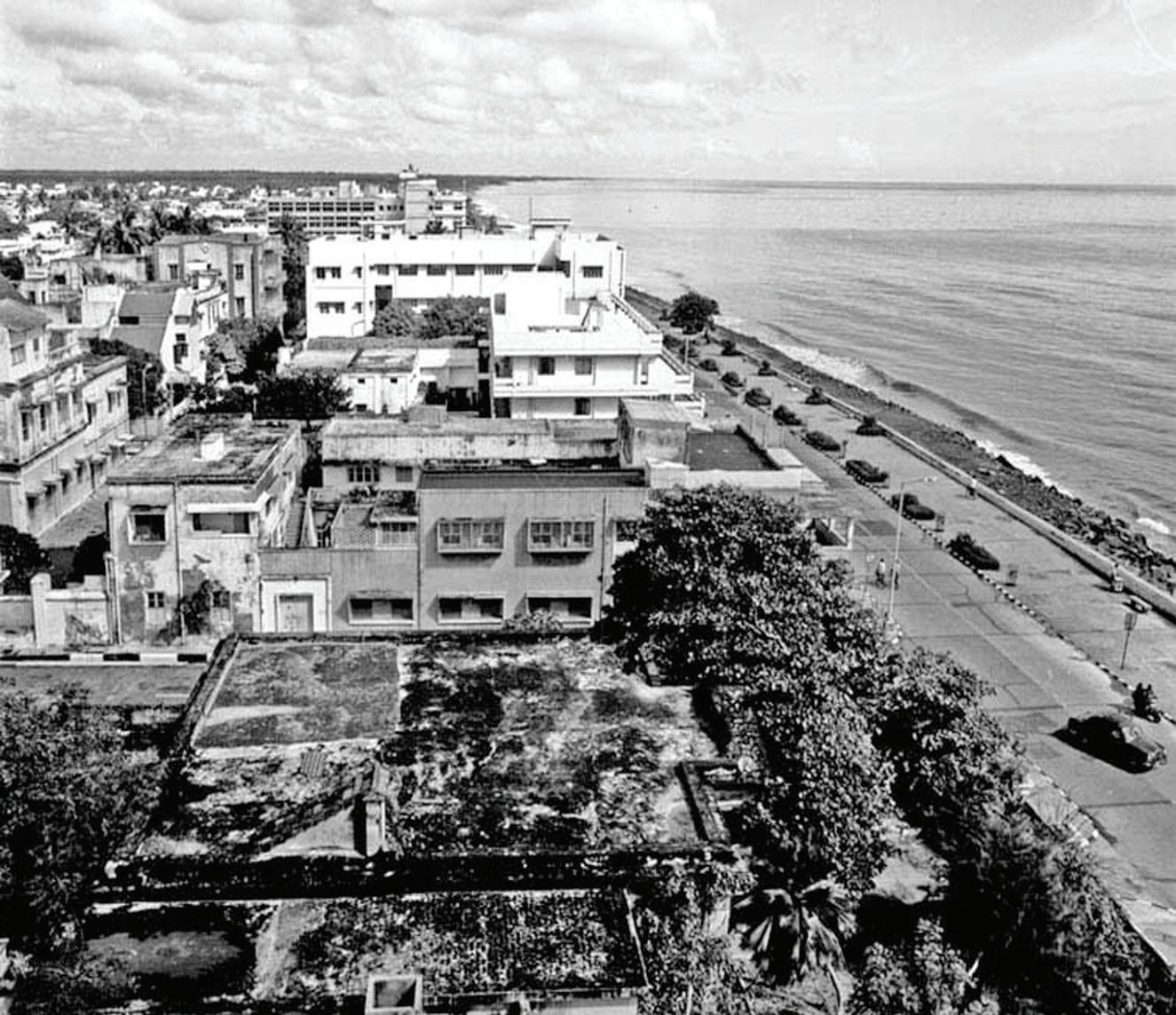
“Almost 4 years ago, when we first started the academic research element of this exhibition in the UK, I never imagined in my wildest dreams that it would culminate in this great exhibition event in Australia,” says Prof. Chapman. “It all started because I was impressed with the success of India’s press today – they’re in profit and still increasing circulation at a time when, in most other parts of the world, newspapers are suffering.”
Impressed by the Indian media today, she began to trace this success historically, and the immediate pre-independence period seemed crucial.
“But the people were wonderful: even when they didn’t speak English, they really wanted to help, and were delighted with the interest from other countries in India’s heritage.” (Jane Chapman)
A specialist in media representation of women, Prof. Chapman then began comparing India, France, Germany and Britain. This resulted in a book called Gender, Citizenship and the Media: Historical and Transnational Perspectives, to be published by Palgrave in 2012, with co-author Dr. Kate Lacey.
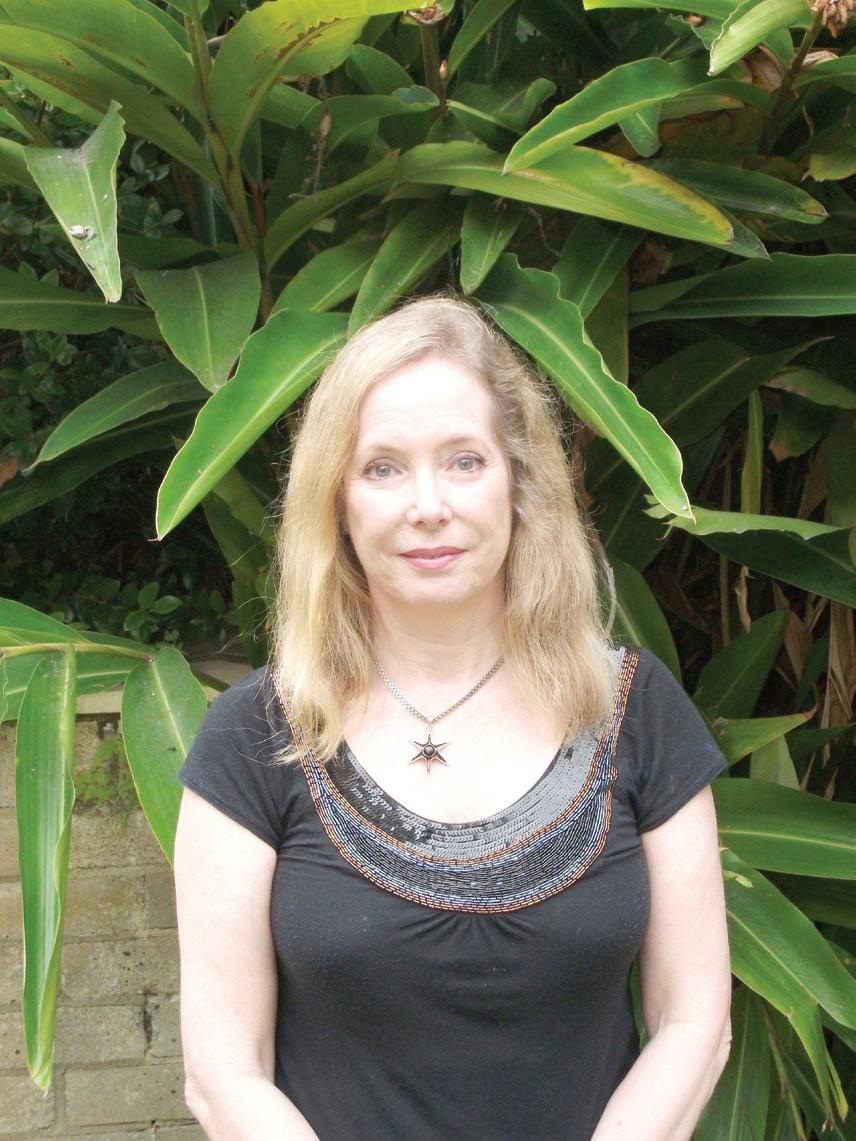

With funding for a two-year project from the ESRC (Economic and Social Science Research Council) called ‘Women, Press and Protest in British and French India, 1928-48’, she began focusing on the two events in Allahabad and Pondicherry.

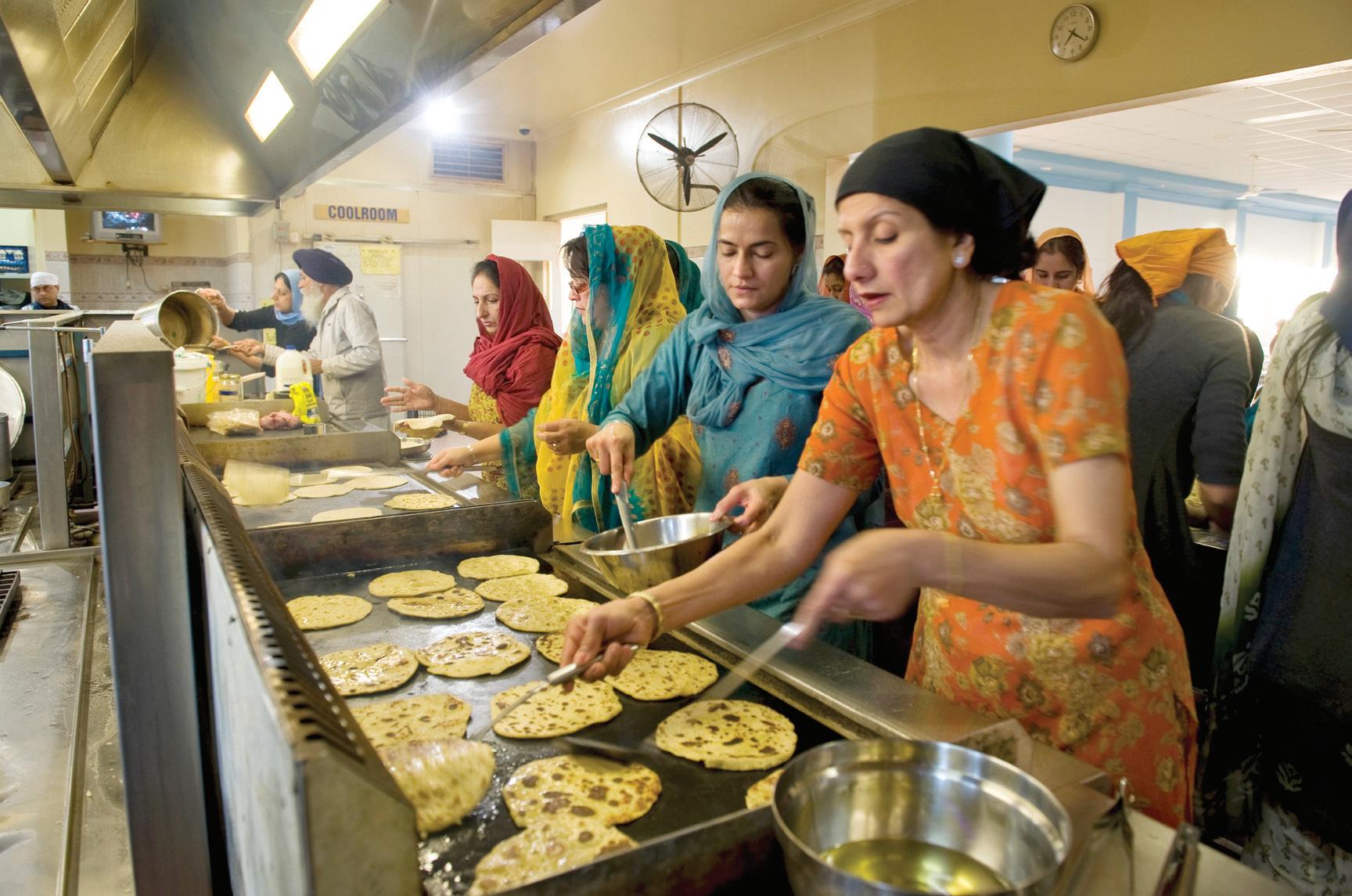
Working with a research team of three, Prof. Chapman looked at newspaper archives, memoirs, biographies, government records such as correspondence and unpublished reports, contemporary pamphlets and leaflets brought out by trade unions and political groups at the time. “We visited 15 different libraries and archive holders in India, with 3 separate visits, to Calcutta, Delhi (3 times), Chennai, Lucknow, Allahabad, and Pondicherry,” says Prof. Chapman. “In fact we looked at everything we could lay our hands on, that was relevant to the influence of women, their public communications, newspapers, the freedom movement and the public sphere. It’s an under-researched subject, and there’s a shortage of information.”
The most interesting findings though, perhaps come from the interviews Prof. Chapman and her team undertook. “In the south, we interviewed people in Pondicherry (Tamil Nadu) who said that, because of censorship, their newspaper Swandanthiram (Liberty) was read out loud to groups of ordinary folk, who would then destroy it, in case it was seized. Some of their newspaper sellers were even murdered by hired gangs of thugs –
life was difficult for them, and women were particularly brave. Some went on to become ministers and political leaders, so our research says a lot about the roots of Indian citizenship,” reveals Prof. Chapman.
Besides such small readership papers, more established news media also bravely took on the fight with the British, reveals Prof. Chapman. “Even establishment newspapers such as The Pioneer were influenced by female-led boycotts and other forms of protest, as well as demands for educational and social reforms. We chose that paper because it is one of the longest established dailies, and for a short while in 1928-9, there was a liberal editor who wanted change,” she says.
Conducting research in India had its own set of rather predictable challenges for the team. “The detective process can be a bit like searching for a needle in a hay-stack, because not everything is listed in catalogues, and nothing is online. You have to be in India and talk to people,” says Prof. Chapman. “We found on occasions that even taxi-drivers didn’t know where the archive buildings were located although we had addresses, and when we finally got to some of the state and regional offices, they were neglected and under–resourced, with electricity cuts and no computers for public usage.”
“But the people were wonderful: even when they didn’t speak English, they really wanted to help, and were delighted with the interest from other countries in India’s heritage. They were also curious about us, and asked lots of questions,” she adds.
With the exhibition component, Prof. Chapman wanted to reflect India’s much touted diversity. “We have brought together a fusion of talents,” says Prof. Chapman. “Effy Alexakis’ social documentary approach to Sydney’s Indian community, focuses on six aspects: education, religion, food, tradition, diaspora, and identity. Nathalie HartogGautier’s video artistry develops drawings of the patterns of jali screens superimposed over colour images inspired by the concept of a journey. Jon Rhodes donated his now classic black and white photos to the MQ art collection in 1981, but they were taken in 1975-1979. He talks of his journey as, I quote, ‘that crazy, incomprehensible procession of events that to me, is India’.”
“It strikes me that what is presented here is a geographic range – Sydney, Allahabad (Uttah Pradesh), Pondicherry (Tamil Nadu), Rajasthan (Udaipur), Calcutta, West Bengal and South Orissa; a range of mediums and styles, a range of artists. But what unites us is our creative eye – that of Westerners who have made India the subject of international focus. What unites us also is our desire to better understand and celebrate the richness of the narratives of Indian people past, present and abroad,” avers Prof. Chapman.
A Professor of Communications at the UK’s Lincoln University as well as a Macquarie Visiting Professor, she has also previously worked on other Indian projects. Prof. Chapman has written three articles on the Narmada Dam controversy – the longest running protest ever, and has been published several times on writer Arundhati Roy. “I’ve also written about the veteran Indian documentary maker, Anand Patwardhan. I can identify with him as I used to have my own production company making documentaries – I guess I’m attracted by visual expression as well as the history of print publications,” says Prof. Chapman. She also has two more Indian research projects in development with MQ as a partner, as well as plans to tour this exhibition around Australia and at a national venue.
So the most obvious question from the Indian community to Prof. Chapman: is this another attempt at reconciliation after souring of relations post the racial attacks controversy? “The racial attacks were bad news, but further public understanding of India is good news! All the people I’m working with believe in furthering public understanding of India and in Macquarie’s efforts to disseminate that knowledge both nationally and internationally, through the Indian Research Centre and international partnerships. That also involves what the Indian Consul here – Amit Dasgupta – calls ‘public diplomacy’. I’m an optimist for the future in this respect!” says this enterprising lady.
FEBRUARY (2) 2011 <> 19 NATIONAL EDITION
but an enterprising team has brought little-known facts to light
ARTS
India Past, Present and Abroad: Pondicherry Photo courtesy of the French Instiutute
Allahabad
Photo: Nathalie Hartog-Gautier
Sikh kitchen in Sydney
Photo: Effy Alexakis
www.indianlink.com.au

20 <> FEBRUARY (2) 2011 INDIAN LINK
Call centre connections
BY GAURAV PANDEY
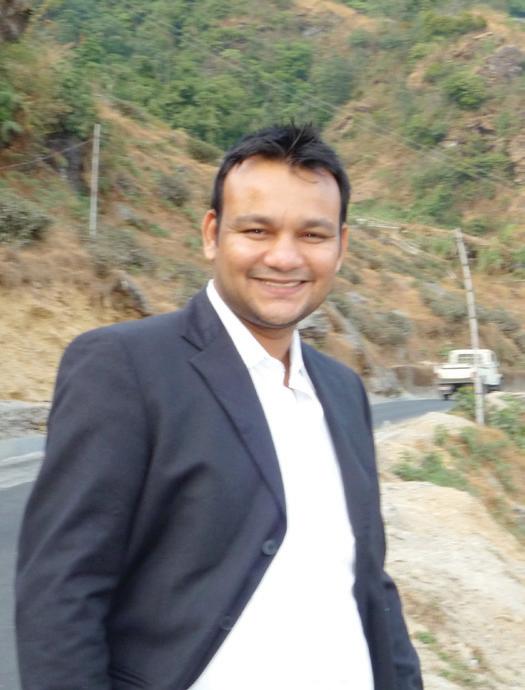
A terrible beauty is was staged at the Dancehouse in Melbourne recently, and its evocative theme found the audience enraptured. The play oscillates between New York and Gurgaon, and traces an encounter between Elizabeth, an old American lady and Ashok Mathur, an Indian call centre worker whose job is to make credit collection calls to Americans under the pseudonym John Small.
would tell her that her daughter is alive. Ashok helps Elizabeth, perhaps to lend through an act of selflessness, a little meaning to the farce called John Small.
Arjun’s play perhaps tries to highlight the cruelty of dual identity in so many ways that the story almost becomes a mere glue to keep the message together. The suicide of Ashok’s young colleague, who was perhaps unable to cope with the pressures of a job that required her to be able to ward off personal insults with her American cloak, is one such pointer.
Then there’s the hopeless dichotomy between the day and night lives of Ashok, shown to us thorough juxtaposed images of high-rises in New York and dilapidated Old Delhi structures.
Arjun, the voice of all the characters of the play, establishes his talent as an actor within the first few lines he utters: a moving, and at times heart breaking, portrayal of the distressed state of a mother concerned about her daughter who has gone missing after the World Trade Centre Tower attack. His interpretation of Elizabeth is expertly steered between being too clichéd or too unusual. Elizabeth is real, even with that booming male voice on her.
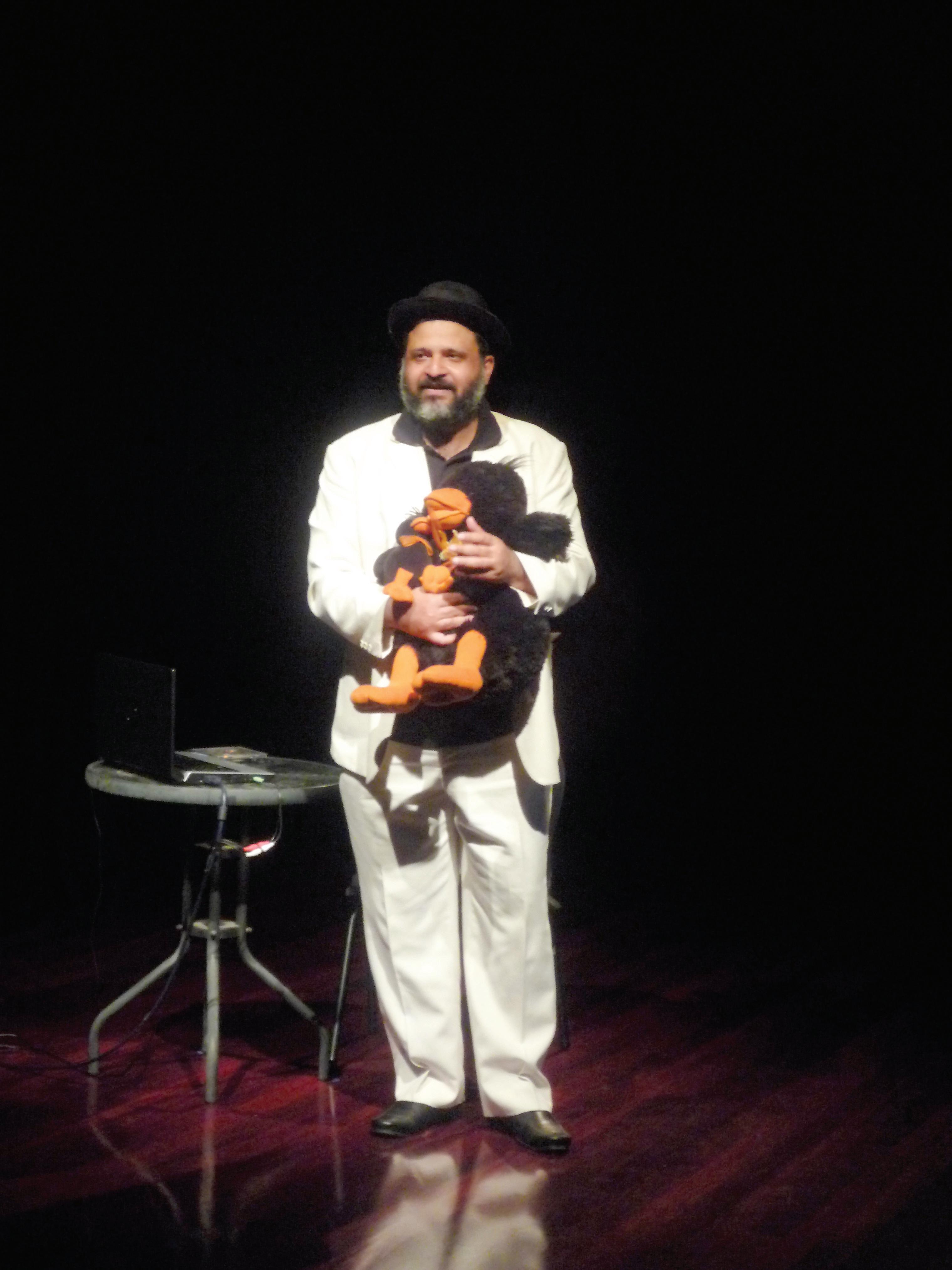
Ashok calls Elizabeth for a credit card payment but ends up finding himself morally bound to help her find her daughter who is a single mother and has been using an add-on card given to her by Elizabeth to make ends meet. Elizabeth, who has had no news from her daughter since the attacks, pleads with Ashok to look out for purchases of baby products on her credit card, which
Then there’s the hopeless dichotomy between the day and night lives of Ashok, shown to us thorough juxtaposed images of high-rises in New York and dilapidated Old Delhi structures. The contrast captures well the state of mind of an individual trying to survive both these worlds at the same time: a second-hand American dream dreamed under a stationary fan on hot summer days spent in one of the most chaotic parts of a city, plagued by a sprawling population and deep-seated superstitions.
At one point, Arjun breaks his Americanaccented monologue to switch to chaste Urdu: “Baat karni mujhe mushqil kabhi aisi to na thi, jaisi ab hai teri mehfil kabhi aisi to na thi.” The couplet translates as, “to talk (communicate) was never as hard for me as it’s now, the gathering (audience) was never what it’s now.” Any guesses whom he is talking about?
Arjun’s performance as Elizabeth stands out; in a way it is a grim reminder that these are the very qualities that Ashok must display everyday, day after day, to merely keep his job. There are no accolades reserved for him; he is just a pawn in a world where dollars and cents count more than human identities.
The play successfully touches us with the story of world-class actors whose best reward is anonymity.
Showroom:


FEBRUARY (2) 2011 <> 21 NATIONAL EDITION
Lic No: 206453C Specialist in timber flooring & supply installation • Laminate (variety choices) • Engineering • Floating • Solid pre-finished & Raw • Warehouse Direct to public • Satisfaction guarantee • Free quotes
BEST TIMBER FLOORING
1/42 Harp Street Belmore NSW 2192 TEL: 02-9787 5630 MOB: 0425-249 877 (Raymond)
www.indianlink.com.au STAGE
The sympathetic bonding between two very different people from opposite sides of the globe comes alive in this thought-provoking play
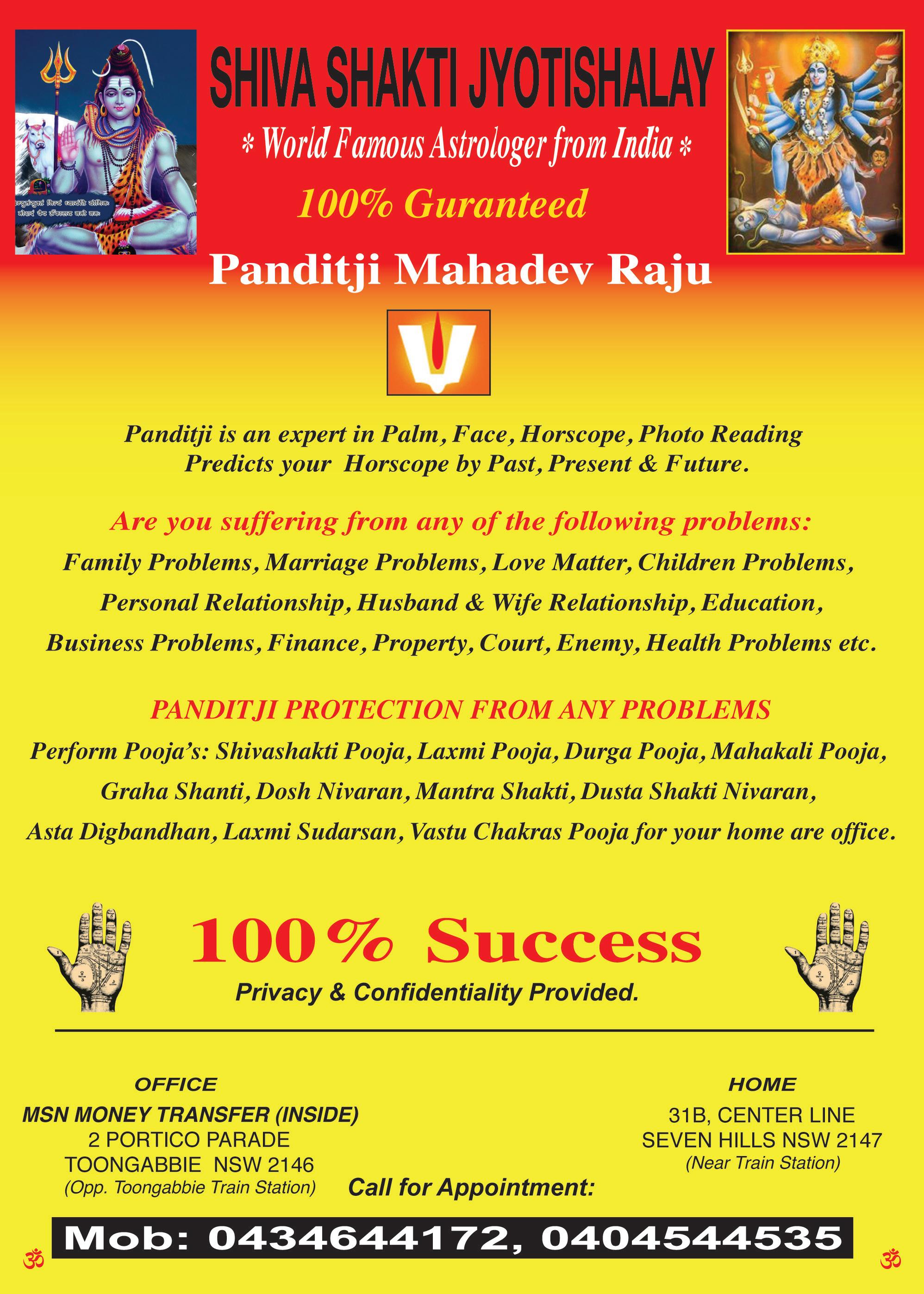
22 <> FEBRUARY (2) 2011 INDIAN LINK
Restaurant for sale
Well established Indian restaurant and take away for sale in Western suburbs.

Excellent brand name with regular catering orders.
Low overheads, will suit owner operator who wishes to maximise the growth potential.
Call 0404 086 254
(genuine callers only)
Golden opportunity, do not miss it!!


FEBRUARY (2) 2011 <> 23 NATIONAL EDITION
Should Australia keep growing?
Individual points of view tackle the merits and demerits of population growth from a scientific, sociological and environmental perspective
 BY ANUSHA MENON
BY ANUSHA MENON
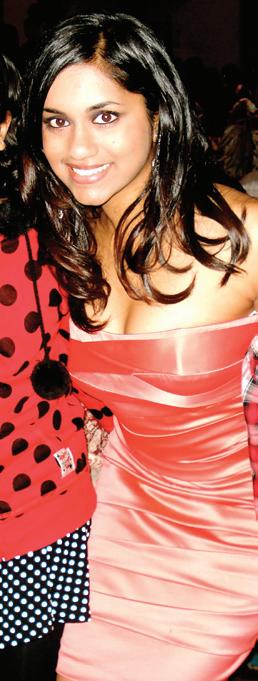
“Should Australia keep growing?” This was the question of interest and the title of the Open Forum held at the University of Western Sydney’s Parramatta campus recently. The Forum, held in one of Australia’s most culturally diverse tertiary institutions, addressed the fundamental issues of sustainability, immigration and multiculturalism in the country. On the panel were Dr. Andrew Jakubowicz (Professor of Sociology at the University of Technology), Ms. Sandra Kanck (President of Sustainable Population Australia) and Dr. Tanveer Ahmed, psychiatrist and opinion columnist at the Sydney Morning Herald Each speaker addressed an array of key issues that they thought were pertinent to the question of Australia’s growing population. Dr. Andrew Jakubowicz, an advocate for migration, focused on the “sustainability question” by linking the relationship between the Earth’s biosphere and its sociosphere. He accentuated the fact that it is not the mere existence of humans that impedes on the biosphere, but the culture of these people as human behaviour changes the environment. Jakubowicz posited the option of engaging in a differentiated way in order to have
healthier impacts on the biosphere, an example of this being smaller family units, as this has less of an environmental impact as compared to larger families. He then addressed what he determines to be the three main “Population Crises.” The first crisis is that there are “too many people for the ecosystem to survive.” This entails the dilemma of having a population that is of the wrong age or are equipped with the wrong skills, and it considers environmental degradation and pollution. The second population crisis is that there are “too few people.” Retirees are inadequately supported due to the lack of care workers, more skilled people are needed to fill jobs, and rural towns are becoming “shells” due to extensive movement to urban areas. The third crisis is that there is “too much competition for the best migrants.” Jakubowicz claimed that migration brings creativity and some of the best people who produce this are refugees, therefore drawing the conclusion that a multicultural, ecologically sensitive strategy is needed to tackle the issue of Australia’s population growth.
An avid supporter of limiting Australia’s population, Sandra Kanck began her talk by addressing the common misconceptions and
assumptions that underlie her debate. She justified her controversial views by asserting that science is not concerned with the ethnicity of people, it is the mere adding of humans to the biosphere that destroys it. She said that if immigration did cease, women of childbearing age in Australia would continue giving birth, and this in itself would have negative impacts on the environment. She also criticized the notion that there always exists a “technological solution” to the problem. Using the example of water supply, she asserted that as water increased over time, there was a larger net overseas migration rate with larger unmitigated harms.
Examples of these harms are the concentration of immigrants in the Western Sydney region and the doubling of infrastructure to cope with the increase. Kanck concluded that adding to the population is detrimental, as growth contributes to destroying the planet and “if we trash the land, we trash ourselves.”
The final speaker of the panel, Tanveer Ahmed, eloquently wrapped up the debate by first clarifying that Australia’s population growth will be an ongoing issue that will persist for a long time, and it would seem that every
conceivable urban fear is cluttered into this very subject. He claimed that infrastructure and property prices are a very easy scapegoat for rising immigration, and he commented on the ongoing allusions to science, which appear to be constituted by personal paranoia that are not grounded in authentic scientific detail. Ahmed also discussed the topic of an aging population and said that there appears to be a fundamental trade off, as a bigger population means more housing and youth, where as a smaller one means less housing but significantly older people. He claimed that the government only has a certain amount of power over this and net migration cannot be controlled. Ahmed concluded his talk by touching on the fact that Australia has the highest rate of mixed marriages, which proves successful migration and integration. However, he argued that whilst many refugee groups are dynamic, large groups tend to be unskilled and it is through skilled workers that success tends to be achieved.
Ultimately, a fear of over population is nothing new; it is a complex issue that brings forth a variety of economic, environmental and social anxieties. Whilst many turn to the government to manage these concerns, others appeal for an independent body to tackle the “Population Crises.” Either way, population growth in Australia is an important subject and certainly should not remain in the periphery of the Australian psyche.

24 <> FEBRUARY (2) 2011 INDIAN LINK
www.indianlink.com.au MAINSTREAM
Tanveer Ahmed touched on the fact that Australia has the highest rate of mixed marriages, which proves successful migration and integration.
We beat the best with no less — TAI offers best Airfares and Packages to suite all budgets.
We Specialise in: Competitive airfares to India, Indian Sub-continent, Fiji, Middle East, Asia, Europe, South America, North America & Africa. TAI— offers Special Round the World Fares and packages to suite both individual and group travel. TAI is focused on Tailor made and prepackaged tours. Are you looking for air tickets from India our partnered offices within India can organize any travel or tours within India and prepaid tickets. Travel Air International now offers language support, Languages: English, Hindi, Tamil, Punjabi, Arabic
Head Office
Westmead Office
Phone: +61 2 9633-2045
Fax: +61 2 9635-3829
Email: sales@travelairinternational.com
Address: Daher Centre, Level 1, Suite 24, 163 –171 Hawkesbury Rd, Westmead NSW 2145
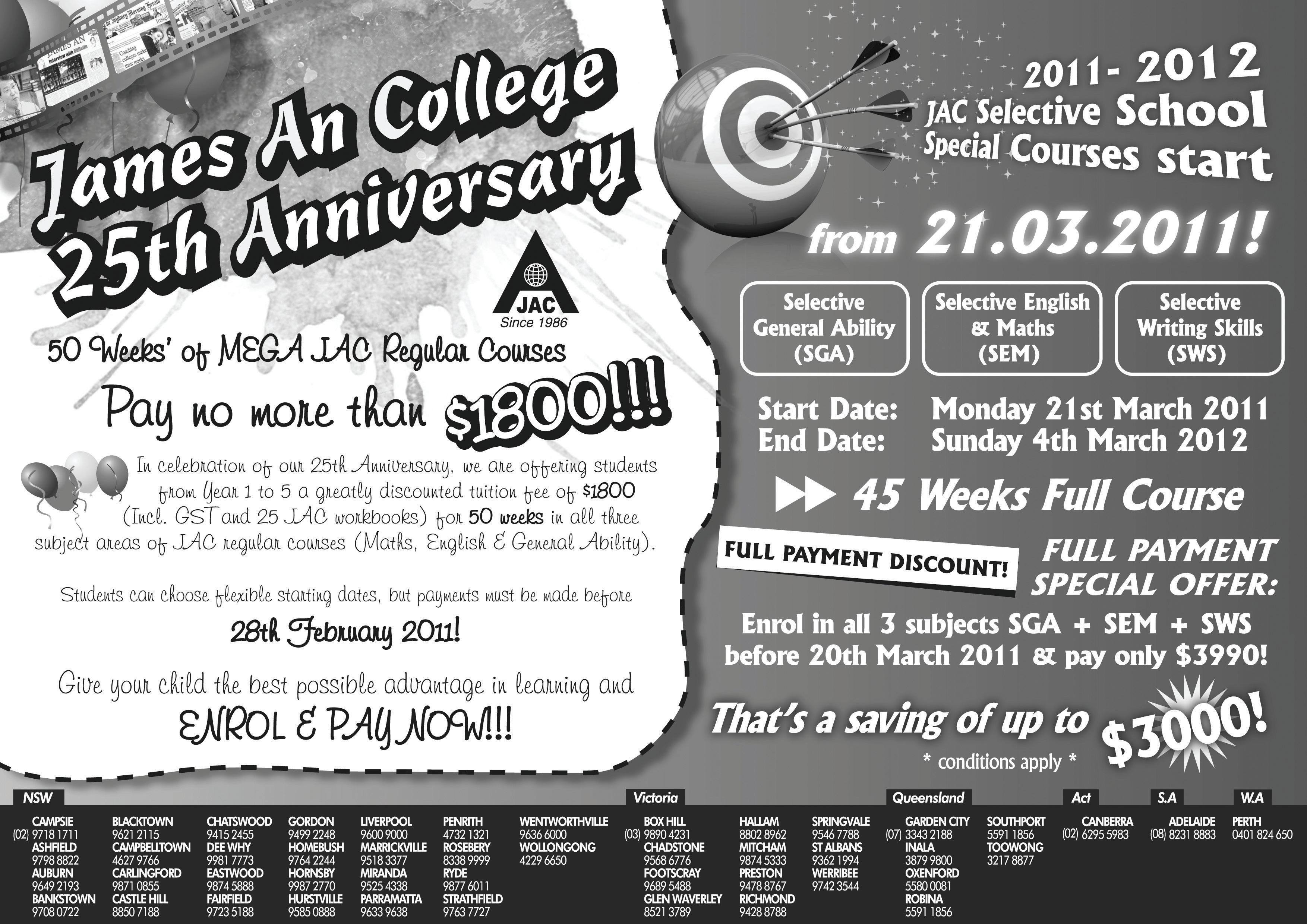
TOURS TO INDIA
while you are visiting family or friends why not getaway and do a private tour. half day tours starting from $35 Per Person
Full Day Tours starting from $90 Per Person
Call
Travel Air International—Branch


Liverpool Office
Phone: +61 2 9734-9333
Fax: +61 2 9734-9322
Email: sales.liv@travelairinternational.com
Address: 50 Railway Street, Liverpool NSW 2170
FEBRUARY (2) 2011 <> 25 NATIONAL EDITION
www.travelairinternational.com Think Travel
us today take a pick from our
of city tours. Call 9633-2045 and find out today
range
P robashi Pride
The evening of January 30 saw members of the Bangladeshi community in Campbelltown gather for a good cause, despite the intense heat. More than 350 people came together at the request of Projonmo Bangladesh Sydney (Probasy). A registered charity organisation run by a group of young Bangladeshi girls, Probasy has been catalysing social change through assisting those in need in Bangladesh and abroad.

Over the past 10 years, Probasy has been an active participant in organising cultural programs, Tree Plantation Day, Blood Donation programs, as well as festivals and fairs held in Sydney
Their latest project was closer home, as the organisation felt it was important to rally local efforts to support the thousands of people affected by the floods in Queensland. A charity dinner and auction was held, and was attended by the Federal MP Laurie Ferguson and the Ambassador of Bangladesh Lieutenant General Mausud Uddin Chowdhury. Support and donations were also received from Mr Andrew McDonald, local state MP, Campbelltown.
The event raised $10,220 through the sale of tickets and an auction of items sponsored by the local business community. It was an enjoyable night for all who attended. The total expenses totalled to $1,199, which was fully sponsored by businesses in the local community.
A bank cheque of $10,220.00 payable to the Premier’s Disaster Relief Appeal was accepted by Mr Laurie Ferguson on
February 11, on behalf of the Premier of Queensland.
(The final accounts of the event are available from Mr Nizam Uddin Ahmed, Mr Mahbubul Islam Chowdhury, Mr Mossaref Chowdhury, Mr Jacob Chowdhury, Mr Mustaq Khan and at the registered office of Probasy).
Probasy is overwhelmed by the help, co-operation and assistance from their community, sponsors, donors and media, and is grateful to all the members, participants and volunteers for their cooperative efforts in making the event a success. Probasy also thanks those who bought the tickets but could not make it on the night, and everyone for their support.
The team at Probasy are deeply aware of social and current issues and actively work to address them. Created in 2001, the organisation arose from a collective need to better the lives of the disadvantaged in Bangladesh, as well as in Australia. Its main focus was originally to raise funds for the acid victims of Bangladesh, and the organisation has now branched out to aid other causes in both countries. Over the past 10 years, Probasy has been an active participant in organising cultural programs, Tree Plantation Day, Blood Donation programs, as well as festivals and fairs held in Sydney. Stalls have raised funds for dedicated projects including charity functions for the Red Cross, Cancer Council breakfasts and Clean up Australia day, among other initiatives.
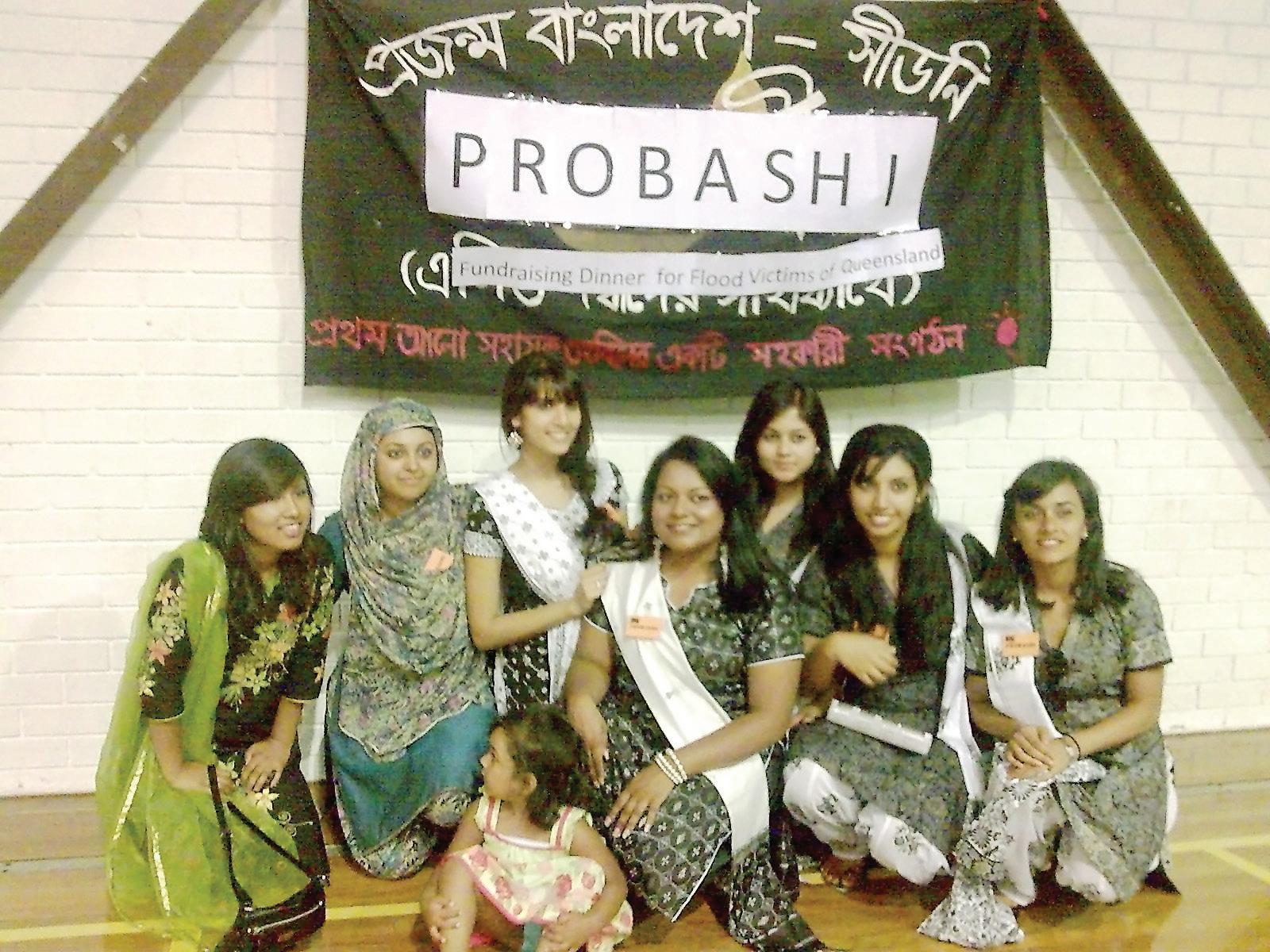
Probasy has raised funds for acid victims in Bangladesh, and these have been successfully deployed for their treatment, legal aid, rehabilitation, self-employment needs and social awareness campaigns. In the past, money was raised for a cancer patient named Prapti (a 3-year-old girl in Bangladesh) and a Bangladeshi cancer student in Australia. The team also raised funds for SIDR Flood affected people in
Supermarket Premises
• Available in Goulburn north
• Approx 700-1000sqm

• Tenant to fit out to your liking
• No goodwill money
• Just fit out and start making money
• Long term lease is sought, very generous
• Establishing period
ph: 0406 539 308
Bangladesh, and held a Cadbury chocolate run, raising money for the 20 most affected families in Nilfamaria to the north of Bangladesh, providing them with incomegenerating items such as rickshaws, sewing machines, cows, van, wheelchair and tins for their shelter.
In September 2010 during the month of Ramadan, the Probasy team organised an Iftar party, raising $5,000 for fistula patients in Bangladesh. Fistula is an injury of obstructed labour without timely medical intervention, which may result in stillbirth and leave the mother with many complications. The team has successfully organised for 25 fistula patients to be operated on as they have
been suffering from this disease for 10 to 20 years. This was organised through Motaleb Community Hospital in Dhaka, and cost an average of $200 per patient. In Bangladesh there are 100,000 unfortunate poor mothers who still suffer from fistula disease today.
Probasy’s next project will be to put up a stall at the Bangladeshi Boi Mela (book fair) at Ashfield Park on February 20 from 10am to 6pm, to raise further funds for the acid victims of Bangladesh. Support from the community would be appreciated by Probasy and its members.
Business for Sale
Homeware and Gift shop
• Unique business with no competition
• Ideal business for self/ wife
• Low rent, long lease
• Busy Indian traffic suburb
• $55K including stock and training
26 <> FEBRUARY (2) 2011 INDIAN LINK
A group of enterprising Bangladeshi girls raise a substantial amount for the Queensland Flood appeal, through their unique organisation
www.indianlink.com.au FUNDRAISER
Shafeen Mustaq
with contact
to hiiam@live.com.au
Genuine buyers only. Send e-mail
details

FEBRUARY (2) 2011 <> 27 NATIONAL EDITION
iny tots T tennis

Some of our community’s youngest tennis players were thrilled to be part of the tennis euphoria associated with last month’s Australian Open season.
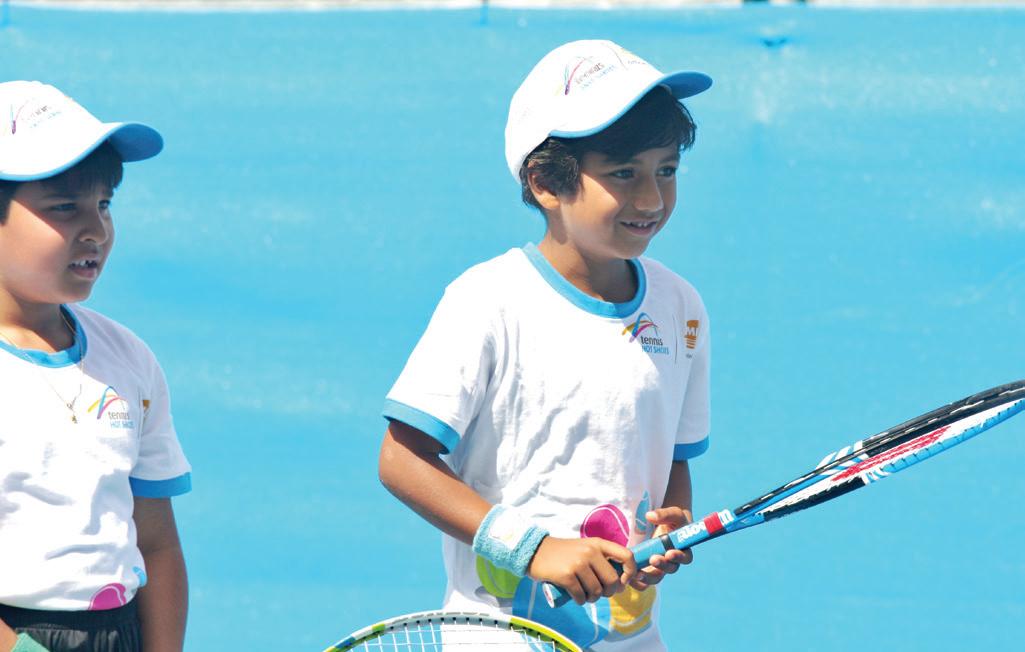
Select students from the Footwork Sports Academy (FSA) at Wentworthville won a chance to demonstrate their skills at Sydney’s Medibank International Tournament.
A lead up to the Australian Open, the Medibank International Tournament attracts top players from all around the world. This year the men’s singles’ title was won by Giles Simon who defeated world number 4 Viktor Troicki. The women’s singles saw the emergence of Chinese player Li Na, who defeated Kim Clijsters in the finals.
It was also camera, lights and action for children from the Footwork Sports Academy (FSA), an official deliverer of MLC Hotshot tennis program based in Wentworthville. The children of the academy had a rare opportunity to play on the Ken Rosewall Arena centre court at Sydney Olympic Park tennis centre on January 14.
These talented youngsters showcased their playing ability and talent, and the next day, were rewarded with an opportunity to meet many of the international players, and even have a hit or two with them. A special highlight for them was to interact with Indian tennis star Rohan Bopanna, and then to see him in action, fighting hard in the doubles with his partner Asim Qureshi from Pakistan. The duo, famously known as Indo-Pak Express, went down fighting in the semi-finals of the tournament, coincidentally on the same court where the children had played the day before. The Indo-Pak pair played extremely well but lost in supertie-breakers to Australian Paul Hanley and Czech Lukas Dlouhy.
The unique experience of playing on centre court and meeting champion players will remain a fond memory for the students of the Academy and will perhaps, inspire and motivate a few more to take up the game more seriously.

Participating children and their parents were offered an entry ticket into the grounds and a seat in a reserved section of Ken Rosewall Arena, to view the on-court demonstration by their kids, some of who

were as young as five.
FSA’s MLC Tennis Hotshot program is a fun and exciting way for children to get involved in the sport of tennis. Promoted by Tennis Australia, the program is aimed at children aged between 5-12, and it uses modified courts, racquets and balls to keep the game fun and easy. The program is based on the ‘learning through play’ philosophy, where children serve, rally and score.
FSA with the help of Tennis NSW had organised an internal lead up tournament to choose the top 8 children for the Sydney
ongoing efforts to promote the game within the young, this significant initiative has met with moderate success especially amongst the migrant population. The trend is changing and it might take a few



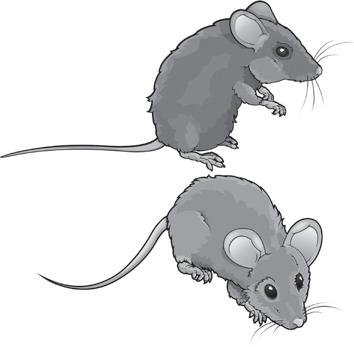
international tennis circuit.
FSA thanks the staff of Tennis NSW and particularly Matt Starr and Kathryn Schulz for reaching out to the kids from the migrant community and engaging them during this

28 <> FEBRUARY (2) 2011 INDIAN LINK
www.indianlink.com.au SPORT
Kids from Sydney’s Indian community greet subcontinent stars Rohan Bopanna and Asim Quereshi as they come out to play during the Medibank International Tennis Tournament
Sanjiv Dubey of Footwork Sports Academy leads his wards on to centre court at Sydney Olympic Park.
(6 months waranty provided to all jobs) We Treat All Pests • Cockroaches • Rats, mices • Ticks • Bed bugs • Fleas • Spiders • Termites (Save your houses) We accept all cards, cheques, cash ABN 77259217613 CALL SHAUN (SAROJ) 0421 936 489 $155 (Conditionsonly Apply) 10% discount to all restaurants, pensioner No.1 No.1 Pest Pest Control Control
Sanjiv Dubey











FEBRUARY (2) 2011 <> 29 NATIONAL EDITION 49 Dunmore Street, Wentworthville NSW 2145 9631 4444
Domestic help wanted - Quakers Hill
Looking for reliable, sincere person to assist in house workmain duties include helping in cooking and light cleaning. Should be available to work couple of days a week. Prefer someone living locally.
For genuine inquiries contact 0433 847 659



30 <> FEBRUARY (2) 2011 INDIAN LINK
Stuffed vegetable and cheese Paratha

Paneer Paratha
Methi Paratha

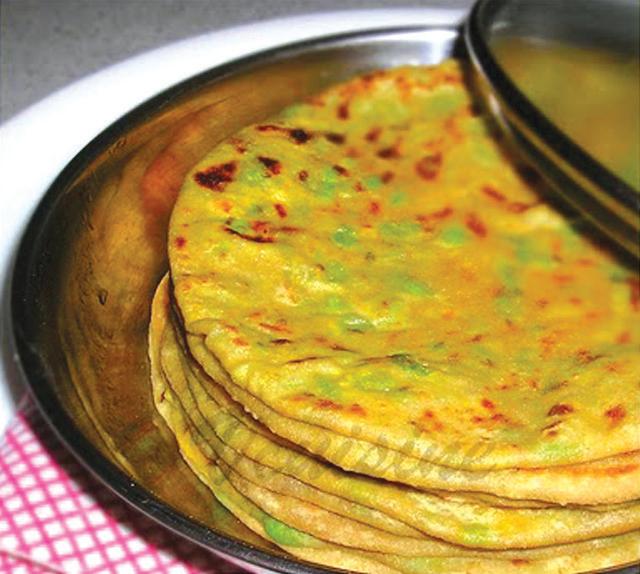
Mooli Paratha
Gobi Paratha
Mattar Paratha

NON-VEGETARIAN PARATHAS
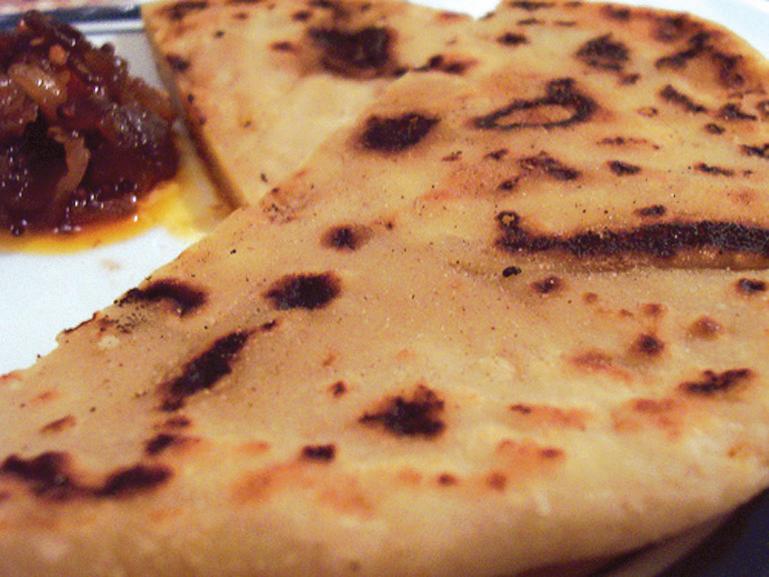

Keema Paratha
Chicken Paratha


Egg Paratha
DESSERT PARATHAS Shakkar Paratha
Chinni Paratha
FEBRUARY (2) 2011 <> 31 NATIONAL EDITION 139 STEPHEN STREET BLACKTOWN PHONE: 9671 7820 The true taste of Punjabi food and our Sydney famous special Paranthas Quality Quantity Service
VEGETARIAN PARATHAS Poodina Paratha Lachha Paratha Palak Paratha Aloo Paratha
Methi aloo Paratha
Oriental style stir fry paratha Mushroom and pea paratha
139 STEPHEN STREET BLACKTOWN PHONE: 9671 7820 Call now on 0404 086 254 Quality Quantity Service Take-away Catering from $9pp UNLEASH THE FLAVOUR of traditional Indian food
India to grow 9 percent in 201112: PM’s advisor India’s economy is likely to grow by 9 percent in 2011-12 on the back of 10.3 percent growth in services and 9.2 percent expansion in industry sector, the chairman of the prime minister’s economic advisory council said recently.
“We hope that the economic growth in the next fiscal year will be about 9 percent. Services as well as industry are expected to do better,” said C. Rangarajan, chairman of the economic advisory council to the prime minister, while releasing the Review of the Economy for 2010-11.
Rangarajan said the Indian economy was expected to expand 8.6 percent in the current fiscal, broadly in line with the council’s last year projection and budget estimates.
The central statistical organisation had also recently indicated in its advance growth estimates that the country’s gross domestic product could grow by 8.6 percent in 2010-11.
The services sector is expected to grow 10.3 percent in 2011-12 as against the estimated growth of 9.6 percent in the current fiscal and industry is likely to grow 9.2 percent next fiscal as against 8.1 percent projected growth next fiscal.
However, agricultural growth is likely to be slow next fiscal because of high base. Agriculture sector growth is estimated to fall to 3 percent next fiscal from the projected 5.4 percent growth in the current fiscal.
“Agriculture has done well this year. But you will also recognise the fact that the strong growth rate in agriculture of 5 percent plus comes on top of somewhat poor agricultural performance in the two previous years,” he said.
Rangarajan, however, said that a dip in manufacturing output in November and December indicated that growth in the sector could be flat in the last quarter of the current
fiscal, resulting in a dampening effect on the economy.
The former Reserve Bank of India governor said industry as a whole could grow by 8.1 percent, and pegged manufacturing output at 8.8 percent for the current fiscal.
“The somewhat slower rate of growth in manufacturing in the last fewmonths, for which data are available, would indicate that the industry growth rate may be lower but it can be compensated to some extent by the better performance of the mining sector and services sector,” he added.
Growth in the services sector could be much stronger and was likely to grow by 9.6 percent, helped by a good performance in the first half of 2010-11.
Exports in the year, according to the balance of payment data, could touch $230 billion and the imports could be of the order of $362 billion, he added.
BP to buy 30 percent stake in RIL oil blocks for $7.2 bn
Mukesh Ambani-led Reliance Industries (RIL) said that London-based global energy major BP was buying a 30-percent stake in 23 of its oil and gas blocks for a whopping $7.2 billion.
The pact, which will constitute one of the largest single foreign direct investment proposals for India, was signed in London by Ambani and Robert Dudley, the chief executive of BP Group, formerly called British Petroleum.
“The partnership across the full value chain comprises BP taking a 30 percent stake in 23 oil and gas production sharing contracts that Reliance operates in India, including the KG D6 block,” the $44.6 billion Indian oil to retail giant said in a statement.
BP will pay Reliance Industries an aggregate consideration of $7.2 billion for the interests to be acquired in the 23 production sharing contracts, RIL added.
The pact also includes a 50:50 joint venture for the two companies to source and market gas in India, which will seek to “accelerate the creation of infrastructure for receiving, transporting and marketing of natural gas in India.”
The deal was announced after the closing bell for Indian stock exchanges, where the shares of Reliance Industries had closed at Rs.956.50 with a gain of 2.04 percent or Rs.19.15 on the Bombay Stock Exchange.
London-based, India-born industrialist’s Vedanta Group had earlier proposed to acquire 51-percent stake in the Indian assets of Cairn Energy for $9.6 billion. This deal is expected to go to the cabinet for a final call.
RIL said it expects more payments from the deal in the future, based on explorations resulting in development of commercial discoveries. Together, these could amount to $20 billion, said RIL, India’s largest private company by market capitalisation.
“This partnership combines the skills of both companies and will be focused on finding more hydrocarbons blocks of India and significantly contribute to India’s energy security,” said Ambani, chairman and managing director of Reliance Industries.
The 23 oil and gas blocks together cover approximately 270,000 sq km and RIL will continue to be the operator under the production sharing contracts. These blocks currently produce about 1.8 billion cubic feet of gas per day -- over 30 percent of India’s total consumption and 40 percent of production.
“India is one of the fastest growing economies in the world. By allying ourselves with Reliance, we will access the most prolific gas basin in India and secure a place in the fast growing Indian gas markets, creating a genuinely distinctive BP position,” said Bob Dudley.
BP has been working with Reliance since
December 2008 on the D-17 deepwater block in the Krishna Godavari (KG) basin on the east coast of India. BP, with a 50 percent interest operates the block and Reliance holds the remaining interest.
According to BP’s energy outlook 2030, energy consumption in India has grown by 190 percent over the past 20 years and is likely to grow by 115 percent over the next 20 years, a rate of over 4 percent per annum.
From Boston to Khajuraho to tie the knot
The setting for their wedding could not be more appropriate. The young girl and her beau flew all the way from Boston in the US to Khajuraho just to fulfill their dream of tying the knot the Indian way in the glory of the ancient temples famous for erotic sculptures.
Saint and Julia became husband and wife recently in a temple in Khajuraho, the renowned heritage town in Madhya Pradesh whose world famous temples were built over 200 years in 950-1150 A.D. A local priest chanted the Gayatri mantra and many of the town’s people were on hand to greet the newly-weds.
The entire ceremony was in accordance with Hindu Vedic marriage rituals, as both Saint and Julia always wanted it to be.
Instead of saying “I do..”, Saint and Julia chanted the mantra the priest recited to them.
The American couple took the “saat fere” (seven rounds) around the holy fire and Saint put sindoor on Julia’s forehead.
The two had help from the town’s people to make all the arrangements.
“India’s culture is very fascinating. We had heard about the Indian marriage system and wanted our marriage to be this way,” a beaming Julia said afterwards.
Jageshwar Shukla, the priest who solemnised the marriage, was also happy.
“Ninety percent of marriages conducted

32 <> FEBRUARY (2) 2011 INDIAN LINK
An architecture exhibition entitled “Jugaad Urbanism” on the Indian conept of “making do” is currently on at a New York museum.
Photo: Sam Lahoz
under Vedic system do not fail. I think that is why they chose it this way”, said the priest.
Haryana leader starts tractor ‘yatra’
At a time when most politicians use luxurious motorised raths (chariot) to conduct marches, Haryana Janhit Congress chief Kuldeep Bishnoi recently initiated his party’s ‘Janhit Yatra’ from Kalka in Haryana on tractors. This 16-day yatra of Bishnoi will cover different parts of Haryana before culminating at the Jantar Mantar in New Delhi.
“Our yatra will pass through various districts of Haryana and our main aim is to listen to the grievances of local people. This yatra would finish at Jantar Mantar and we would sit on one day hunger strike to protest against the wrong policies and corruption of Congress government,” Bishnoi told reporters.
“On reaching Delhi, we would also submit a memorandum to the president of India. We have deliberately used tractors as mode of transport, because they are used by the rural people, who are our main strength. We would go on slow speed and try to attend to as many people as we can,” said Bishnoi, who is the son of former chief minister Bhajan Lal.
Bishnoi also himself drove a yellowcoloured tractor, which depicts the colour of the flag of his party.
Bishnoi and Bhajan Lal were suspended from the Congress after they floated their own political outfit in 2007.
The father-son duo were upset with the Congress leadership since Bhajan Lal was denied the chief minister’s post even though he led the party to one of its biggest victories in the 2005 assembly polls.
New-age fare at India’s first comics convention
The seemingly fading world of comics came alive in the capital, but with a difference - as
comics on tablets and on iPads to reach out to the widest possible audience.
The popular junction for expats and shoppers - Dilli Haat in south Delhi - was thronged by comics enthusiasts of all agegroups at the two-day comics convention that concluded in the capital recently.
The first ever convention in the country by Comic Con India saw graphic designers, artistes, writers and publishers coming together to open the world of comics to young readers, and also to the old world that still cherishes the picture-story days of childhood.
“It is true that comics have now entered the internet age, but they have not really lost their identity. The world of comics had slowed down, but I think they are coming back again,” said Jatin Varma, organiser from Twenty Onwards Media.
“The response we have seen here is phenomenal. The market is witnessing a boom, and this will surely have an impact on the world of comics,” said Varma.
While there were colours galore from the comic world, what kept the comics-lovers busy was the idea of having comics on iPads and Androids.
“In the Internet age, comics on tablets and social platforms reach out to a wider-audience. The cost of printing is not there, and the ideas spread faster,” Adhiraj Singh, a comics-writer associated with Twenty Onwards Media, said.
“You can’t really blame the tech-age, as you can’t forget that there’s a struggle to revive this lost form of art of story-telling through illustrations,” Singh admitted.
The two-day festival had on display stalls from nearly 35 publishers, interactive sessions and workshops by comic book creators, animators and publishers.
First timers set the ball rolling as the platform turned out to be the perfect hunt for publishers, illustrators and artists.
For Atish Chalke, the 30-year-old arts
student from Mumbai and an illustrator for comics, coming to the convention helped him see the world of comics “through a new prism”.
“I think such conventions are the hubs of business and creativity at the same time. As an illustrator, I am all set to face the challenge of internet and am willing to come out with my own comics,” Chalke said.
He is all set to release his comics in May at a cost of Rs.5 per issue.
Another new comic-book is “Uud Bilaw Manus: Back with a Vengeance”, released at the convention.
“It is about the adventures of the superhero UuBiMa, a Bhojpuri-speaking superhero from north India. I just thought why not have our own ‘desi’ superhero when we have Superman, Spiderman and others,” said Adhiraj Singh, the 22-year-old creator of the character.
“UuBiMa,” with a tint of pulp fiction and Bollywood, comes to fight enemies like Babu Ghadiyal, and Boa Contractor (a corrupt municipality contractor).
For young comic-lovers who had long left the world of comics behind after the kidsentertainment channels took over their couch hours, the convention was a trip down the memory lane.
“I remember hiding comics in my school bags. Somehow it’s not that popular now. But this convention was unique,” said 15-year-old Manish Choudhury, a school-goer.
The fair included over 50 publishers, such as Magna, Marvel, Archie and DC comics, along with the popular Indian brigade of Amar Chitra Katha, Vimanika, Diamond and National Book Trust among others.
A lifetime achievement award ceremony for Anant Pai, creator of Tinkle and Amar Chitra Katha, gave a fitting end to the convention.
Indian ‘jugaad’ has design lessons for Americans

A big window sign in Hindi saying ‘Jugaad’ is pulling in Indian cabbies to intrigued tourists and urban planners to a show in New York on how Indians are doing more with less.
“There is a very positive and enthusiastic response and a curiosity to know more,” says architect Kanu Agrawal, curator of “Jugaad Urbanism: Resourceful Strategies for Indian Cities,” exploring what architects, designers, and urban planners can learn from the ‘jugaad’ strategy of “making do”.
Besides people walking past a big window sign saying ‘jugaad’, tourists and taxi drivers who can read Hindi, architects, urban planners, product designers, have been drawn to the show.
“Firstly, they are intrigued coneptuslly and interested in how people are making do in a creative manner,” Agrawal, a Delhi native, said.
“The concept of ‘jugaad’ which is very common in India is somehow resonating with the people here,” he said noting there is lots of wastage of resources in the US be it water or electricity or other materials.
Organised by the Centre for Architecture, the first exhibition in US on contemporary Indian urbanism focuses on design by the people and for the people, of Delhi, Mumbai, Ahmedabad and Pune.

The show “creates a more conscious and sensitive approach to how they use their resources more responsibly and also it gives them a window on how cities in India are coping with these things and look at the future more carefully when they are designing for density and all those issues,” said Agrawal.
Much research is taking place in the world and the US on design in stressful conditions.
Besides bringing about a general awareness of the issues centred around the shortage of resources and how people deal with them creatively, the show aims to show architects “how small scale creative design solutions by the people can influence big environmental and large scale conditions.”
For instance an improvement in the design
of a ‘chullah’ or cooking stove can have a huge impact on the environment as also the people who use it, Agrawal said. ‘Chullah’ research is going on in parts of Oregon and New York in US too.
“The idea is to motivate more people to think about these issues” as “solutions are not just localised; they are pretty global.”
The show adopts a two pronged approach. Firstly, it documents the existing conditions and how people are responding to it, said Agrawal, citing a make-shift toilet or a ‘jugaad” chandelier made from plastic bottles or a strategy to cobble together material to deal with a situation.
The other is how ‘designs by people’ inspire designers to work within their constraints, he said.
For example, oil tin cans used for roofing by the people have been used for the people by designers, using the ‘jugaad’ strategy.
Sky walks have provided a quick ‘jugaad’ solution to a very pressing urban problem of dense packed street traffic on the roads in Mumbai, where Mumbai Metropolitan Region Development Authority (MMRDA) has commissioned as many as 37 of such facilities for pedestrians.
Agrawal hoped “these ideas percolate into Indian design thinking” even as urban planners cope with the different forces that are at play including strong market forces, political forces and aspects of corruption.
Police honour man for saving 600 lives on highway
When most people look the other way and walk on when someone is involved in a road accident, Israr, “the saviour on the LucknowDelhi highway” remains a rare phenomenon. He has helped save a staggering 600 lives over the last six years, police say.
The Uttar Pradesh traffic directorate recently honoured 40-year-old Israr, popularly known as “Bhura” in the Jyotiba Phulke Nagar area of Amroha district, at a traffic management seminar in Lucknow.
“Even the local police first informs Bhura, who makes it a point to reach the site of the accident and rush the injured to the nearest hospital. According to official records, he was responsible for saving at least 600 lives in six years,” state traffic director S.K. Shukla said.
Praising Bhura for his services, he said: “Today he is the most sought after man in Jyotiba Phule Nagar in case of a road accident”.
Talking to the media, Bhura recalled how he was led into taking up the cause of accident victims.
“What moved me for the first time was the sight of an unattended accident victim bleeding to death near Gajraula in the summer of 2005. That day I took a resolve to do my bit to save such victims,” Bhura said.
Bhura is a daily wager and has to toil to make both ends meet. But that does not stop him from going out of his way to ensure that any accident victim within his reach does not remain unattended.
“I would seek help of my neighbours and other people to at least help him rush the victim to a nearby hospital,” he said.
Bhura is all praise for a local doctor in Amroha, who provided him with an ambulance whenever needed to take accident victims to hospitals.
What followed was a chain reaction and over the years, Bhura’s support base has grown by leaps and bounds.
“Today, I have a network of at least 100 people stationed at different places along the national highway in UP, who are always ready to offer their services for the injured”, Bhura pointed out.
Significantly, most of these are the relatives of those whom Bhura had saved at some point of time.
Bhura also helps local police to perform the last rites of unclaimed bodies. IANS
FEBRUARY (2) 2011 <> 33 NATIONAL EDITION
Jugaad architecture: Plastic bottles and recycled cables make up a chandelier on an Indian city street
Photo: Rajesh Vora
Capturing India s colourful characters in charcoal
The essence of India and its people come alive through a series of eye-catching portraits by a talented Aussie artist
 BY SHIVANGI AMBANI-GANDHI
BY SHIVANGI AMBANI-GANDHI

Australian artist Daniel Connell began his series of charcoal portraits of the Sikh community in Australia after meeting with driver Lakhvir Singh in his taxi in Adelaide. The series, titled Faith in Taxis has exhibited in Chandigarh and will soon travel to Ludhiana. Here we chat to Daniel about his new series, his other Indian projects and the joys of living in India.

Shivangi Ambani-Gandhi: Any artwork about any Indian community in Australia is immediately framed within the context of the racial attacks. How did this affect your approach to the Sikh community, knowing that the portraits would be seen as a response to the attacks?
Daniel Connell: I don’t believe the attacks are racially motivated - they are opportunistic and criminal. It (the attacks) has surged lately due to the huge explosion in Indian students in Australia, most of who are working late and travelling late. However, any new arrivals should be made welcome. Having experienced tremendous hospitality in India, I felt I needed to return some of this to the Indian community by showing some respect and affection towards them. If my work can do this, I am happy.
SAG: How has the response to the Faith in Taxis series been in Australia and India?
DC: Faith was displayed in Adelaide in public windows etc., in the West end of the city. The response in Chandigarh has been amazing - I have had people weeping in front of the portraits, and many embraces and more invitations to homes, villages and dinners than I could handle. It has had the desired effect of making Indian people here feel proud of their exports, and proud of who they are.
SAG: Why did you choose the medium of charcoal for this series?


DC: Charcoal is an immediate material; it is urgent and elemental and I also feel comfortable with it. It can be used for large scale works relatively cheaply, and is very expressive. It complements the nature of the works being designed for public display rather than for a gallery.
SAG: How did the Dhanbad Forestry Department art camp come about, and what was the experience like for you?
DC: I went to Dhanbad twice for this camp. I was connected through a mutual artist friend. It was a tremendous experience to witness some of the Adivasi culture and see the Eastern end of India.
I was not allowed to go anywhere without a bodyguard, but I managed to escape in the evenings and go exploring the dhabas etc., to meet real characters. I chose the dhabas with the least lighting so I would not be obvious as a foreigner. I remember sitting on the eve of Republic Day last year and having a drink with a Sikh, a Muslim and a Hindu - they were hilarious characters! Another portrait is of a retired security guard I met in the chai shop outside the camp venue. I also drew the family of the chaiwalla
It is such people I like to celebrate in my portraits. I like to bring ordinary or marginalised people into the centre of the community. It was good antidote to all the pomp of government officials who continued to visit the camp with flashing lights and ceremony.
SAG: What about the cricketers in the Rajasthan series - how did that come about?
DC: I met Greg Chappell while he was working with the Rajasthan Cricket Academy and we became good friends. He was working with young men from the village and underprivileged areas. The fellows were so enthusiastic, genuine and positive. I drew them from the sidelines of a practice session. I was very impressed by the way Greg gave them full respect and attention. He was really trying to boost their self-esteem. There was one young man who was being praised - his face was so humble and awestruck. It was a pure moment, and I tried to capture this.
SAG: How did you meet the photographer Pranlal Patel and how did this portrait opportunity turn up?
DC: I met Pranlal Patel during his exhibition in Jaipur, he really is a national treasure. Now at 100 years old, he’s still taking beautiful photographs. I asked if I could paint him as he sat with his photographs, and gave him the portrait after. He was such an interesting man. He photographed Gandhi and many other great people and moments in Indian history.
SAG: You chose to use colours in the Gandhiji portraits - any particular reason? And what were your source images for this Gandhiji series?
DC: I have a huge affection for Gandhi. I know he is not fashionable with the youth of India these days and I feel sad about that, as he really gave the world something very special. I do not understand all the complexities of his legacy, but I refuse to give up on his memory. I wanted to paint him in fluro colours to give him a contemporary edge. I was also very horrified on learning about the communal violence in Gujarat - that is why he is in tears.
SAG: When approaching Indians about portraits, what has your general experience been - are they open to the idea, as compared to Australians?
DC: India is a very portrait savvy culture - people love having their portraits done much more than in Australia. All homes have portraits and the celebrity culture is very strong. Also portraits of various gods are everywhere.
SAG: What about your extensive travels in India? Can you share any funny or memorable moments with readers?
DC: I have lived mostly in Jaipur, and for 3 years, in the old city. It was a wonderful place - the biggest bazaar in the world with so much richness and colour, but the Japiur city council now are destroying it - they have recently bulldozed the entire old city market area. There are more funny and memorable moments than I can begin to describe: staying with Naga babas in tents in Haridwar during the Kumbh, the Pushkar camel fair, acting the role of a British soldier as an extra in a Salman Khan movie, parties with millionaires in Goa on New Year, meeting hilarious characters in late night taverns behind liquor shops, drinking sweet chai as a guest in the real plastic sheet slums and doing classes with the kids there, catching Mumbai’s local trains at peak hour, Manali in the summer, snow in Shimla, seeing a Ganges river dolphin under the Howra bridge, Banana leaf food sensations in Kerala, staying in tree tops in Chikmangulur, Bangalore dance nightclubs, crazy chance meetings with amazing characters from all walks of life everywhere, everyday…..
34 <> FEBRUARY (2) 2011 INDIAN LINK
“Having experienced tremendous hospitality in India, I felt I needed to return some of this to the Indian community by showing some respect and affection towards them”.

 Daniel Connell
Daniel Connell

FEBRUARY (2) 2011 <> 35 NATIONAL EDITION
Singh Food and Spices
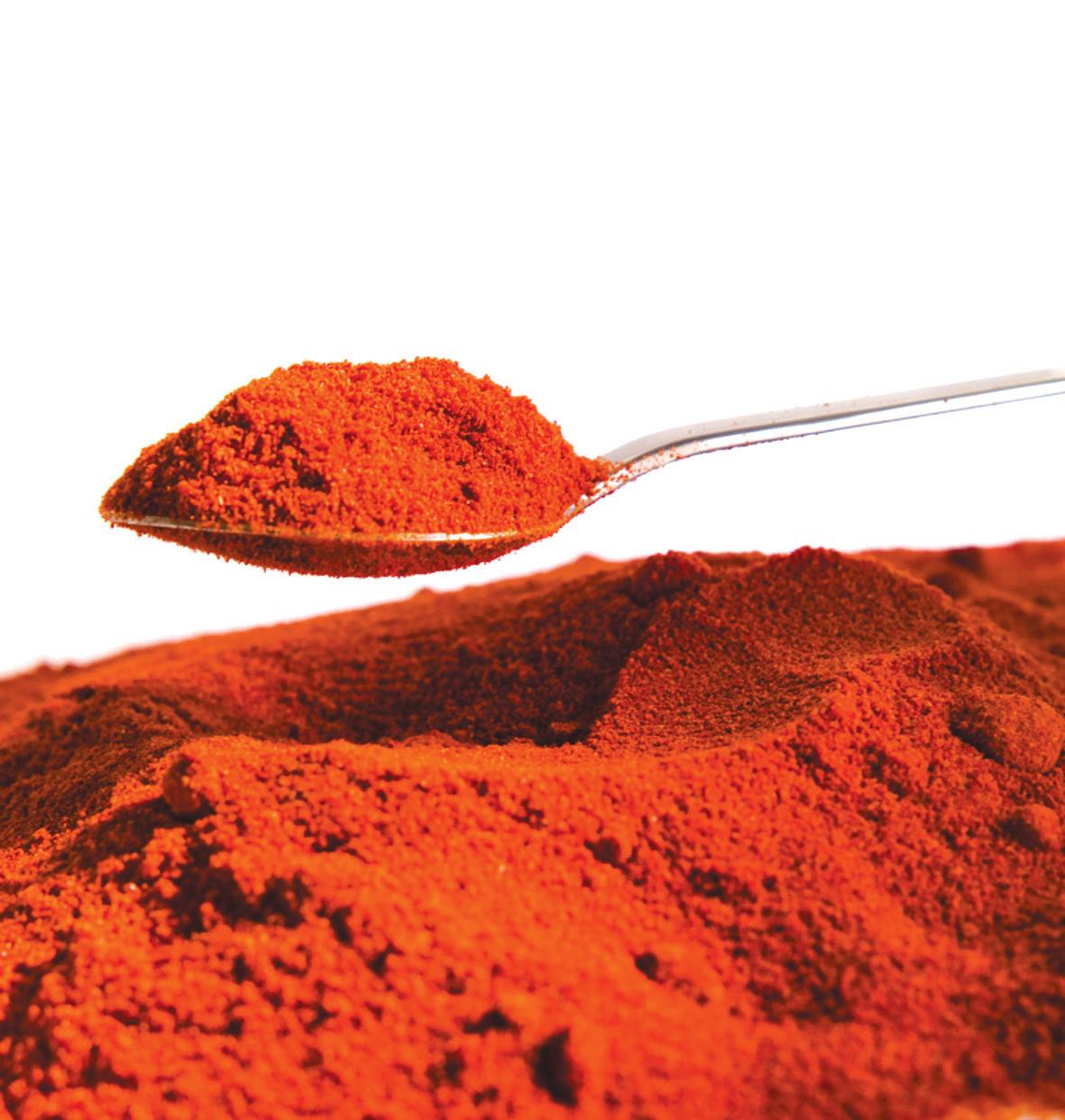
Quantity Quality Service
Aspice shop withadifference
Mind your language!
Which languages should a child learn? This is a common question asked in Australia, with its plethora of migrant communities
BY NOEL G DE SOUZA
The answer to the question “Which languages should a child learn?” depends on where (country or state) the child lives. Basic education requires that the child learn English in Australia and the regional language in India.
Well-to-do parents in India often send their children to English medium schools where the state language is also taught, and they thus become bilingual. In Uttar Pradesh, the Chief Minister, realising that disadvantaged children do not learn English, has made English compulsory at all school levels.
read text messages from their clients.
India is becoming a big market (incidentally larger than Britain or Australia!) for English books. The English author Ken Follett was recently in Delhi to launch his Indianpublished new trilogy, The Fall of Giants to India’s growing English-speaking population that is now estimated to be 89 million. Several Indian authors have become household names in the English-speaking world.
Australia has a large number of migrant mother-tongues, some of which are likely to fade within a few generations. Some Asian languages though, such as Mandarin, Cantonese, Korean, Japanese, Indonesian/ Malaysian, Thai and Hindi, are expected to grow in importance.
Advani pointed out that English “gives an advantage which no other language gives.
…” but cautioned against “surrendering to English mentality”
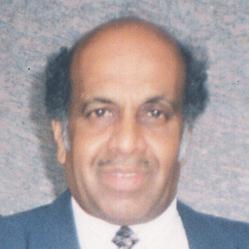
was encouraged in the Northern Territory. Some ethnic languages are now being taught at higher school level such as Italian, Greek and
Protagonists of English in India were recently given a boost when the BJP leader Lal Krishna Advani counselled that it was “imperative that people have mastery over English.” He was speaking at the first World Konkani Cultural Convention in Mangalore.
Putting doctrines aside, a child’s most important language is that language in which the child can best express himself or herself in speech or writing.
people. In pre-partition times in Karachi, he had studied at St Patrick High School, then a stronghold of Konkani-speaking Goans. Konkani and Sindhi (Advani’s mother-tongue) are very much home languages in India. Konkani is being kept alive in its small but widespread diaspora through the roman script. Perhaps other languages like Hindi could
“Love your mother-tongue!” was Advani’s emotional message. Every Indian state has linguistic minorities. One school of thought believes that the mother-tongue is the best medium of education; this unproven doctrine was used to push regional languages upto the university level, but this has caused considerable divisiveness.
The importance of English is re-emerging in this age of globalisation in India, side-byside with the state languages. The Yashwantrao Chavan Open University in Maharashtra runs a basic course in English and in computing for the thousands of “dabbawallas” who carry meals for office workers. This enables them to
Putting doctrines aside, a child’s most important language is that language in which the child can best express himself or herself in speech or writing. It is not necessarily the mothertongue, unless that language has also been the child’s medium of instruction.
The Australian Bureau of Statistics (ABS) asked two types of questions regarding the language spoken at home. The census question 1201 is restricted to persons who speak English at home. Those who speak another home language are asked how well they speak English. Strangely, there is no question which ascertains the proficiency of the home language or the “mother-tongue” which can range from a smattering of phrases to a read-and-write level. The English language still dominates in Australia. According to the ABS, 95% of women in Victoria speak English at home. Within the remaining 5% ethnic languages, Italian tops the list. Italian has a specific slot in the census form so that all those hailing from Italy mark that slot. There is no self-declared level of proficiency. The Italian spoken may not be standard Italian, as several other languages and dialects exist within the country. For example, Sicilian is a distinct language and Calabria, from where Australia has a large number of migrants, has several dialects. The other languages that the ABS asked respondents to tick are Greek, Arabic, Cantonese, Mandarin and Vietnamese. As no levels of proficiency are declared, an erroneous impression is given that Australia has large numbers of competent speakers in those languages.
A child should be taught those languages which best serve its practical requirements to survive and to succeed in the society in which it lives. The old three-language formula in India often required a child to learn three scripts. The ability to speak two and three languages is common in India. In Australia, the widespread ability to speak a second language well is still a dream.
36 <> FEBRUARY (2) 2011 INDIAN LINK
www.indianlink.com.au OPINION
143 Stephen Street (cnr Sackville Street), Blacktown Phone 02 9676 4677 Fax: 9676 4688 enquiry@singhfoodspices.com.au : www.indianspices.com.au
Blacktown
Where are the Indians?
It’s time for the Indian origin electorate to not just flex their voting muscles, but represent the community in politics
BY MARK SHARMA
It’s that time of the year again. Train stations, schools, shopping centres have turned into battlegrounds and the media is all over the place like a rash. Our letterboxes are clogged with daily pamphlets and the repetitive TV ads are driving people insane.
I’m referring of course, to the most discussed topic right now, i.e. the New South Wales state elections. Come March 26, political pundits are predicting, the 16-year Labor rule in the state will finally come to an end. Not only will Labor lose its majority but if we were to go by recent polls, it is likely that it will be completely wiped off the NSW political radar. Most commentators have predicted that Labor will win between 16-20 seats, a far cry from the 50 members that it currently holds. On the other hand, Liberal/National coalition is a favourite to win as many as 68 seats, a record of sorts for them. Barry O’Farrell, who has steadily held the fort for Liberals for the last four years, is all set to be rewarded with the Premiership.
All these are important political developments. A new O’Farrell government will have new policies and new ways of looking at different issues, including those that affect us both directly and indirectly.
participation by us in the political process of this country that we call home. Research shows that the Indian vote can affect the outcomes of as many as 14 seats in NSW, but despite that there are hardly any Indian candidates or organisations involved in securing better results for us.
People of Indian origin, who are now a part and parcel of Australian life, need to change their outlook about their role in this country. The stereotypical Indian thinking of securing a house and a good job needs to change. Without sounding like a self-serving advertisement, I have to say that I’m probably the only person who is actively doing my bit in representing the Indian voice in the wider political arena. But that is not enough.

Research shows that the Indian vote can affect the outcomes of as many as 14 seats in NSW, but despite that there are hardly any Indian candidates or organisations involved in securing better results for us.

Individuals and other groups of Indian background should play a more active role. Let me clarify that I’m not asking for the formation of an “Indian Party”. There are a few people who are floating this nonsensical idea without realising the consequences. Any political party that caters to only one small group of people will never succeed, and it will be detrimental to the overall cause of Indians in Australia. The failure of Pauline Hanson’s One Nation is a perfect example of what “not to do” when running for office.
The growing Indian community needs new leaders and representatives who will work within the mainstream political parties and articulate a different point of view.
In the past the Indian community has had to deal with tough issues, from the students’ crisis to the ALP refusing to sell uranium to India. While there is only so much that the incoming government can do for the growing Indian-Australian community, nonetheless, it makes sense to have a stronger engagement with it.

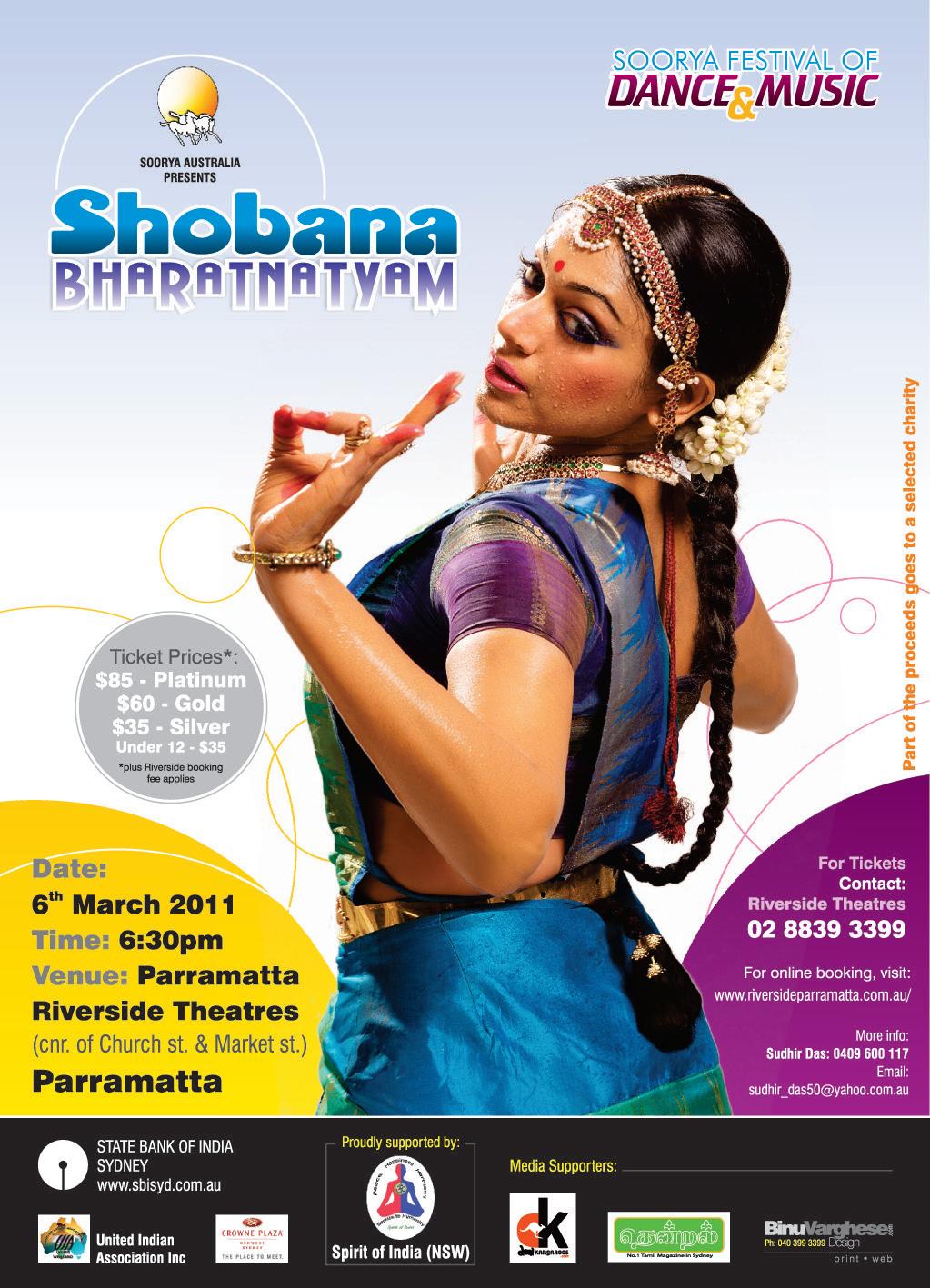
But herein lays the problem. The fact of the matter is that there is almost next to nil
What we really need today is to have more people of Indian background joining the two mainstream political parties i.e. Labor and Liberals, and playing an active role in the party of their choice. But just joining a political party and getting into a clique with its leaders is far cry from playing an active role. The growing Indian community needs new leaders and representatives who will work within the mainstream political parties and articulate a different point of view. This is not something sinister. It is already being done by various ethnicities like the Jews, Muslims, Italians, Tamils and others.
FEBRUARY (2) 2011 <> 37 NATIONAL EDITION
www.indianlink.com.au OPINION
Critical conundrum
BY SUKRIT SABHLOK
Australian forces invaded Afghanistan in 2001, and entered Iraq in 2003. Although the Rudd Government has withdrawn troops from Iraq, our involvement in Afghanistan (allegedly to fight terrorism) is continuing without end. It has become a perpetual war. The mainstream media gives the ongoing financial and human costs far less coverage than it deserves. But there are good reasons why we shouldn’t forget the conflict.
Consider this: Australia’s military involvement in World War I lasted four years and World War II was over and done within seven years. The danger posed by terrorism is miniscule compared to the threat from a Hitler or Mussolini, so why has the war in Afghanistan lasted for a longer period of time?
It is time to re-think our involvement. Firstly, the war is very expensive. Taxpayers have been put on the hook for billions of dollars. Imagine if that money had been spent at home instead. I would rather have my tax money spent helping re-build Queensland after the recent flood damage, than bombing villages in Afghanistan. Secondly, whatever the initial rationale for invading, the Afghan war can no longer be justified. Australia followed the US into Afghanistan to overthrow the Taliban and hunt down Osama bin Laden, the man we are told is behind the attacks on September 11. But the best intelligence no longer places bin Laden in Afghanistan, and many believe he is harbouring in Pakistan.
Here’s what should happen the next time there’s talk of a major war: it should be a legal requirement for the Prime Minister to seek approval from Parliament before - or very soon afterdeploying troops abroad. There needs to be a formal binding process, with failure to comply declared unlawful by the courts upon review. That’s the only way we’re going to see some semblance of democratic accountability in foreign affairs.

The Greens have introduced proposed legislation aiming to do precisely this. Unfortunately, the major parties have quashed their attempts at reform.

What if we lived in a world where Parliament, and not the government of the day, possessed the power to commit troops
overseas? How would things be different? One difference would be that a secretive group of ministers – the Cabinet – could not decide upon questions shielded from public scrutiny. With Iraq for example, the Howard Government would have had to justify the case for war to Parliament’s satisfaction. As it so happens, the Senate voted against going into Iraq. Had the Greens been successful in passing their proposed legislation, Australians would have been spared the terrible costs of that conflict.
Several objections have been raised by opponents of reform. Some suggest that the Greens’ bill doesn’t define terms with sufficient precision. Yet this objection is hardly insurmountable, and can be resolved through consultation with stakeholders. If a compromise is struck between defence chiefs, government departments and other interested parties, it is possible to devise a workable piece of legislation.
It’s said that the bill ignores problems associated with releasing classified information. This is a furphy. Most advocates of reform have never called for the release of classified information. The judgement about whether to wage war against a particular country does not require detailed operational information. It is fundamentally a strategic choice made at a high and abstract level of policy. In the case of Iraq, the Australian Government informed the public that Saddam Hussein was a threat to national security at a theoretical level, and the public was asked to place trust in intelligence reports the accuracy of which they had no way of verifying. The Greens are not proposing to do away with secrecy.
It’s also argued that war power reforms could hamper the military’s ability to quickly deploy combat personnel. But why is speed considered to be an unambiguously good thing? Parliament’s slow deliberation can be viewed not a liability, but as a strength because it leads to more considered decision-making.
Democracy is far from perfect. Even wars that have been approved by Parliament may end up being unjust and evil. Transferring power to make war from the Executive to the Parliament would not be a cure-all, but it would at least reduce the ability of a secretive group to thrust Australia into its most vital moment. Parliament should declare war, the Executive government should fight and win it, and the nation should then exit the conflict as soon as possible.

38 <> FEBRUARY (2) 2011 INDIAN LINK www.indianlink.com.au OPINION
If the Australian Parliament had the ability to wield its power of judgement sensibly in regards to crucial national issues, the government would be forced to comply
I would rather have my tax money spent helping re-build Queensland after the recent flood damage, than bombing villages in Afghanistan.
Transferring power to make war from the Executive to the Parliament would not be a cure-all, but it would at least reduce the ability of a secretive group to thrust Australia into its most vital moment.

FEBRUARY (2) 2011 <> 39 NATIONAL EDITION
For Sale

Indian Fashion Business
Protect your privacy
Safer Internet Day has been introduced to educate and safeguard youth against cyber bandits of various personas
BY SUNIL RANADIVE
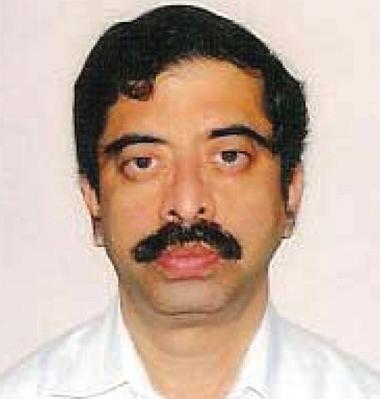
As our children grow up in the presence of the internet, computer skills have become as fundamental as learning to swim or ride a bike. In fact, a recent survey showed that more small children know how to play a computer game than ride a bike, and more small children can use an application on a smartphone than can tie their own shoelaces. While it’s cute to see our little ones master technology, the internet has opened up a whole new set of life skills with which we must also equip them. Once they’re old enough for their own Facebook account or instant messaging ID, children need to know the boundaries for keeping their information private and what to do if they are being harassed online.
the importance of protecting privacy and digital reputation, as well as the need for good online etiquette. Though young people think they can hide behind their keyboards, the impact of these online interactions leaves a very real, emotional imprint. The topic ‘virtual lives’ encompasses online gaming –from simple games to MMOGs (Massively Multiplayer Online Game) – and social networking, i.e. the two online activities most popular with youth. As such, it will draw attention to all of them, and its key messages will encapsulate opportunities and protection against risks.
Once they’re old enough for their own Facebook account or instant messaging ID, children need to know the boundaries for keeping their information private and what to do if they are being harassed online.
The European Union has made an investment in its children by cofounding the INSAFE co-operation network (http://www.saferinternet.org), which exists to empower citizens to use the internet, as well as other online technologies, positively, safely and effectively.
On the second day of the second week of the second month of the year, participating INSAFE countries observe ‘Safer Internet Day’, and in 2011, this date was on February 8. In Australia, the day is supported by Australian Communications & Media Authority (ACMA) via its ACMA Cybersmart programme (http:// www.cybersmart.gov.
au). This day highlights programs and events to promote safer and more responsible use of online technology and mobile phones, especially amongst children and young people across the world.
Safer Internet Day was launched in 2007 and in 2010, 500 events were held across 65 countries. Events include schools running age-appropriate internet safety lessons, webinars, radio broadcasts and Young People’s Symposiums
We should all participate in forthcoming Safer Internet events. You should ask if your local school is part of the programme or even just make a point to sit down with your child and talk to them about the internet. And as we’ve seen adults fall prey to email scams, online harassment and fraud, children aren’t the only ones who may have little internet experience. All could benefit from some cyber safety tips.
Safer Internet Day 2011 had five top tips for youth:
1. Own your digital reputation. Stop and think before you share a thought or forward a photo. The internet is a public space, so before you share photos or personal details, make sure it’s information that you’d share with teachers, colleges, or job prospects.
2. Think about what you text: Texting is core to staying connected with your friends. What you text is a reflection of you, so be thoughtful about what you text and be confident that your texts portray you the right way.
The theme aims at safer and more responsible use of social networking sites by children and teens, and highlights the importance of protecting privacy and digital reputation, as well as the need for good online etiquette.
Each year the INSAFE network chooses a different theme around which most of the activities proposed on Safer Internet Day are focused, even though some countries may choose to “localise” their initiatives.

This year’s theme, “Virtual Lives” with the slogan “It’s more than a game, it’s your life”, aims to address how the virtual world of gaming and social networking impacts real lives of our youth. The theme aims at safer and more responsible use of social networking sites by children and teens, and highlights
3. Have a family chat. Talking with your parents or guardians doesn’t mean giving up your privacy. Everyone benefits when you’re on the same page about online activities, including when you can go online, how long you can stay, and what activities you can do online.
4. Know your rights. You have the right to not respond to email or other messages that are inappropriate or make you feel uncomfortable. If you get a message that doesn’t feel right, show it to your parents, guardians, or another trusted adult and report the incident to your internet service provider.
5. Protect your personal information. When you send email, texts, photos or instant messages to people who are not trusted friends or family, don’t give out personal information they could use to find your physical location or exploit you. Guard your password like a hawk.
40 <> FEBRUARY (2) 2011 INDIAN LINK
TECHGURU www.indianlink.com.au
Genuine enquires to Pran Rathod PH - 0423 234 705 Well established Shop fully furnished/fittings Area 60 m2 Located at Beamish St, Campsie

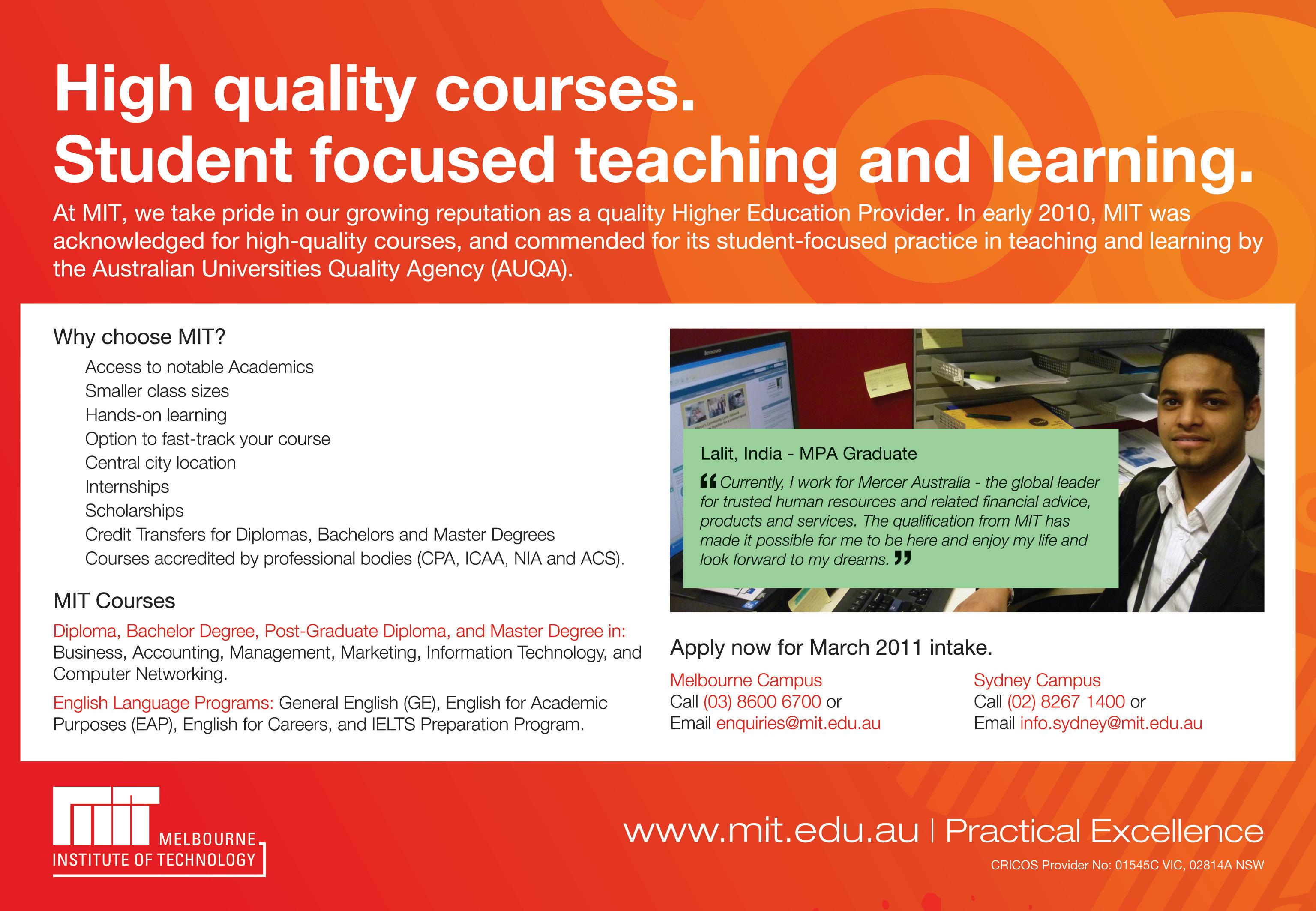
FEBRUARY (2) 2011 <> 41 NATIONAL EDITION


















42 <> FEBRUARY (2) 2011 INDIAN LINK
Simple ways to deal with stress
all have tried the stress-busting technique of clenching and releasing our fists. To take these benefits further start by tensing all your facial muscles into a scowl, hold this contorted expression for ten seconds and then relax completely for ten seconds. Repeat with the neck, shoulder and arm muscles, etc. As you practice PMR regularly it becomes easier to de-stress more quickly.

the street if you’re keen on the outdoors, otherwise a treadmill is a good option as well. These exercises increase the amounts of ‘feel good’ hormones like endorphins
It’s a proven fact that any activity that uses your physical energy results in relaxing the muscles and reducing stress.
and serotonin in the brain, making you feel better instantly. They relieve muscle strain and lower anxiety by metabolizing adrenaline. Maintaining a good posture and aiming to exercise at least four times a week gives the best results and keeps stress at bay.
Meditation
With the holiday season well and truly behind us, many have gone back to the familiar grind of family and work routines. Unfortunately, as responsibilities return, so do the stresses and anxieties of everyday life. In today’s frenzied lifestyles that we live, everyone is under some kind of nervous tension. Whether you’re a housewife, a corporate worker, a student, a business owner or a carer, stress is omnipresent in whatever you do. So in order to manage this common affliction of our times, it is essential to begin preventive measures before stress reaches a stage where self help is no longer an option.
If we can integrate a few healthy habits and basic social attitudes in our daily lives, there’s a good chance the stress demons will leave us well nigh alone. To start with, let’s try getting enough sleep, making a little time to pamper ourselves like indulging in a relaxing soak (think aromatherapy oils!), maintaining a social network of friends who will listen when we need venting (nothing de-stresses like letting it off your chest!), exercising moderately, sustaining a healthy physical relationship which allows for lots of hugs and cuddles, and eating a balanced diet.
If however, you do feel strained under certain situations, there are several things you can do to relax.
stressful situation like when you’re driving or are in an important meeting, breathing exercises can be your saving grace. They can make you feel better straight away by oxygenating your blood to help wake up the brain and relaxing the muscles. There are many different breathing exercises you can try, but a quick and easy one involves slowly inhaling through your nose and counting till five in your head while sitting or standing
you’re unable to remove yourself from a stressful situation like when you’re driving or are in an important meeting, breathing exercises can be your saving grace.

in a relaxed position. Then, exhale from your mouth and count to eight as the air leaves your body. Remember to engage in a more relaxed way of breathing by letting your abdomen expand outward rather than raising your shoulders as you breathe in, allowing the lungs to be filled more fully with fresh air. Repeat this exercise several times to release tension.
If you are feeling emotionally stretched in a situation, it is liberating to give yourself a mental break. Snatch a few moments of peace and quiet, and treat yourself to visualization and guided imagery to restore your mind to its optimal level. Meditation is an extension of breathing exercises in which the brain enters a state similar to sleep, but with added benefits like the release of certain hormones. The mental focus remains on nothingness to discourage the mind from working overtime, thus decreasing stress levels. One basic meditation technique involves sitting in a comfortable position and thinking of nothing. This could be easier said than done, but practice will get you there. The idea is to quiet the mind. You can begin with considering yourself as an observer of your thoughts which will invariably creep in, particularly at the start of the session. Listen to the thoughts but don’t delve on them, let them go. Think of yourself as an outsider watching the thoughts materialize and fade away. As you master the technique of quieting your mind, stress-busting will become much easier.
Yoga, tai chi and qi gong
These gentle techniques combine the benefits of exercise and meditation to restore peace and calm to the mind, and get rid of tensions by letting go of negative energies. Initially, you would require some training to properly practice and benefit from these, but there are DVDs and books to help even if you’re unable to join training sessions.



Breathing exercises
This basic bodily function works wonders in releasing tension and calming the mind. If you’re unable to remove yourself from a
Progressive muscle relaxation
PMR works by tensing and relaxing the muscle groups in the body to relieve tension and leaves you feeling calm in no time. We
Exercise
Exercise is by far the best way to combat stress. It’s a proven fact that any activity that uses your physical energy results in relaxing the muscles and reducing stress. It can provide an outlet for wrestling with frustrations and worries. There are a variety of different exercises you can engage in depending on your physical fitness and the availability of time and means. The easiest would be a quick walk in the park, a run around the block or a jog down
Foods to stave off stress
Include some of the foods listed below in your diet to remain stress free.
• Fresh fruits like blueberries, oranges, bananas and avocados are rich in vitamin C, potassium and fibre, which are known to reduce stress levels.

• Vegetables like spinach, broccoli, kale and sweet potato are loaded with vitamins that helps reduce stress
• Dried fruit and nuts like almonds, apricots, pistachios and walnuts contain vitamin B and E, plus magnesium, which is a muscle relaxant.
• Meats like turkey and fish like mackerel, tuna and salmon combat stress.
• Low fat milk and yoghurt provide calcium for proper nerve impulses.
• Wholegrain and brown rice are serotonin producers
FEBRUARY (2) 2011 <> 43 NATIONAL EDITION www.indianlink.com.au WELLNESS
If
Stress is a modern malady that’s impossible to avoid, but simple steps can help control it, notes FARZANA SHAKIR
Leading lights to watch out for
As excitement builds towards the Cricket World Cup, here’s a look at the strength and weaknesses of key players
AUSTRALIA
Group A
BY RITAM MITRA
It’s finally upon us. The most open Cricket World Cup in memory has just taken off and unlike previous years, it is nearly impossible to pick a winner. While the Australians enter the tournament undergoing mass transition and with two disappointing defeats in the warm-up matches,
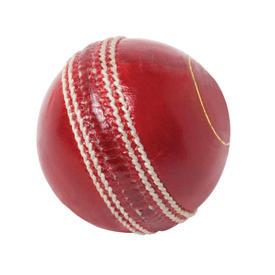
SRI LANKA
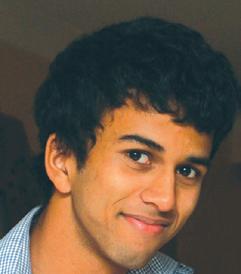
Group A
ranking. However, much of the hype surrounding this World Cup has to do with the main host nation. As outright favourites for the bookies, India find themselves under immense pressure to put an end to the 28-year drought since they last won the tournament. As the competition begins to unfold, let’s take a look at the players not to miss, and the teams to watch out for from the 14 competing nations.
Sri Lanka won the tournament the last time it was hosted in the subcontinent, and with only Muralitharan left from that victorious 1996 squad, it would be fitting for Sri Lanka to farewell the legend with another win. Sri Lanka are equal on rankings points with secondplaced India going into the tournament, and although they haven’t faced much in terms of strong competition of late, no one can deny them their status as the world’s number 3 ODI side.

They have a classy top order, with Sangakkara, Jayawardene and Samaraweera making for some great viewing from the outset. Add to that the explosive Dilshan, talented Mathews and fiery Silva, and Sri Lanka pose a very real threat to bowlers on the flat tracks in the subcontinent. The key player to watch, though, is slinger Lasith Malinga will remember his double hat-trick during the previous World Cup, and it was no fluke; Malinga is quite possibly the best exponent of death-over bowling in the game today. With the smaller boundaries and spin-reliant bowling attacks predicted in this tournament, Malinga is someone the batsmen will have earmarked as dangerous, to avoid at all costs.
Australia have been in the final of six of the nine ICC World Cup that have taken place since the inaugural 1975 tournament in England. If that’s not enough, they’ve managed to convert 4 of those appearances into wins. However, this is a vastly different Australia to that of 4 years ago. The highest wicket-taker in World Cups, Glenn McGrath, is gone, and with him so have a host of legends. In fact, only 6 players remain from the Australian side that went through the tournament undefeated in the Caribbean. As a rough comparison, even the controversyplagued Pakistan outfit features 6 players that were initially in their 15-man squad for 2007. Although young talents like Callum Ferguson and Tim Paine are certainly stars of the future, much of Australia’s chances depend on how much big names like Ponting, Clarke and Watson can deliver; Australia, on paper, has a fairly inexperienced and volatile batting order. Keep an eye
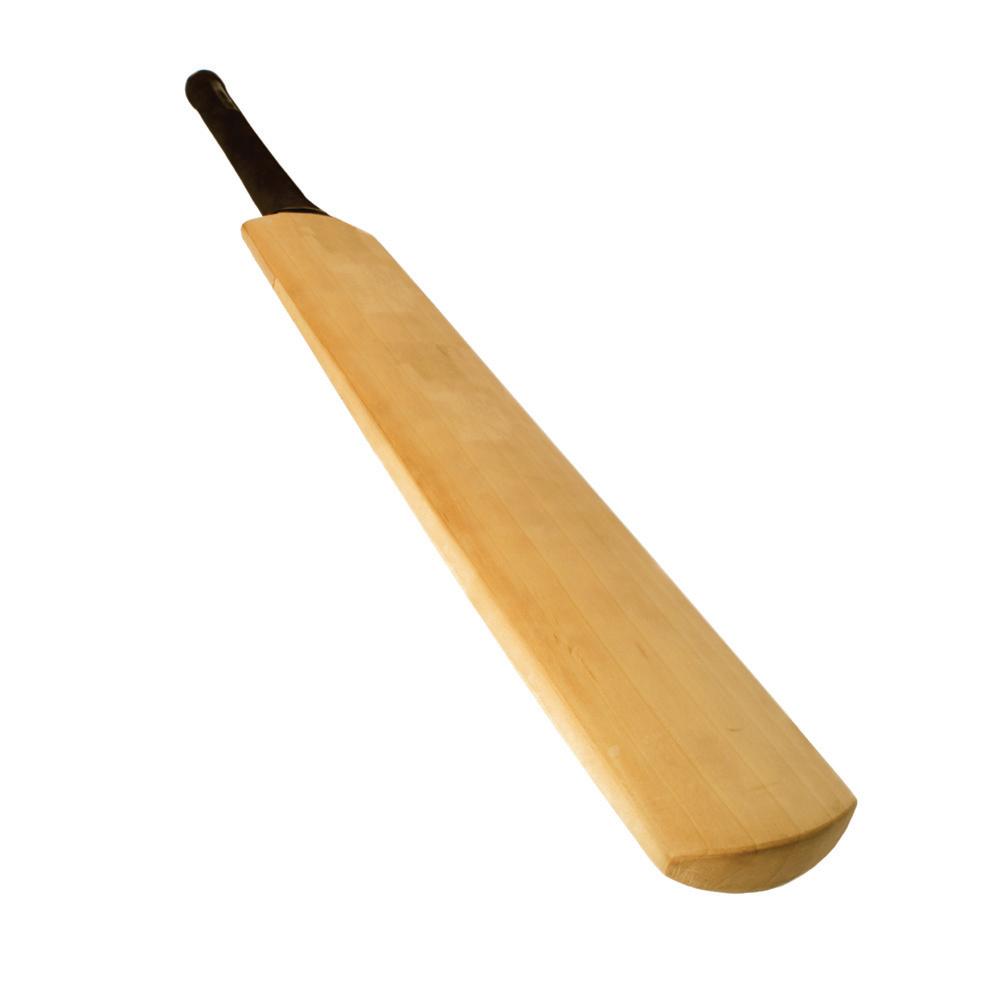
PAKISTAN
Group A
It is really tough to picture Pakistan, with all their off-field controversies and inconsistencies, standing with the trophy on April 2. And that is precisely why they should be feared.
Pakistan are at their most dangerous when no one gives them a chance, and even though they have had a tumultuous few months even by their standards, stranger things have happened on the cricket field. Stripped of the right to host the tournament they will be baying for blood, and captain Shahid Afridi himself is assured that his Pakistan outfit are good enough to make the semifinals. While Afridi may have another World Cup left in him (the devastating batsman made his debut at the tender age of 16), this is almost definitely the swansong for Shoaib Akhtar, Younis Khan and Misbah-Ul-Haq. After his sensational, absurd century against South Africa to bring Pakistan back from the dead
out, though (and maybe two) for fast bowler Brett Lee, who was bowling 160.1 kilometre/hour toecrushing missiles at his last World Cup. After a fantastic home series against England, Lee is terrorising batting line ups once again. If he leads the Australian attack with as much zeal as he has over the years, he will be an extremely potent force in Australia’s title defence.

and guide them to a one wicket win, Abdul Razzaq is a clear threat. Including his added ability with the ball (Razzaq has over 250 ODI wickets), and the fact that he is the only member of the squad with a World Cup fifty to his name, Pakistan, with their backs to the wall, are anything but a walkover.
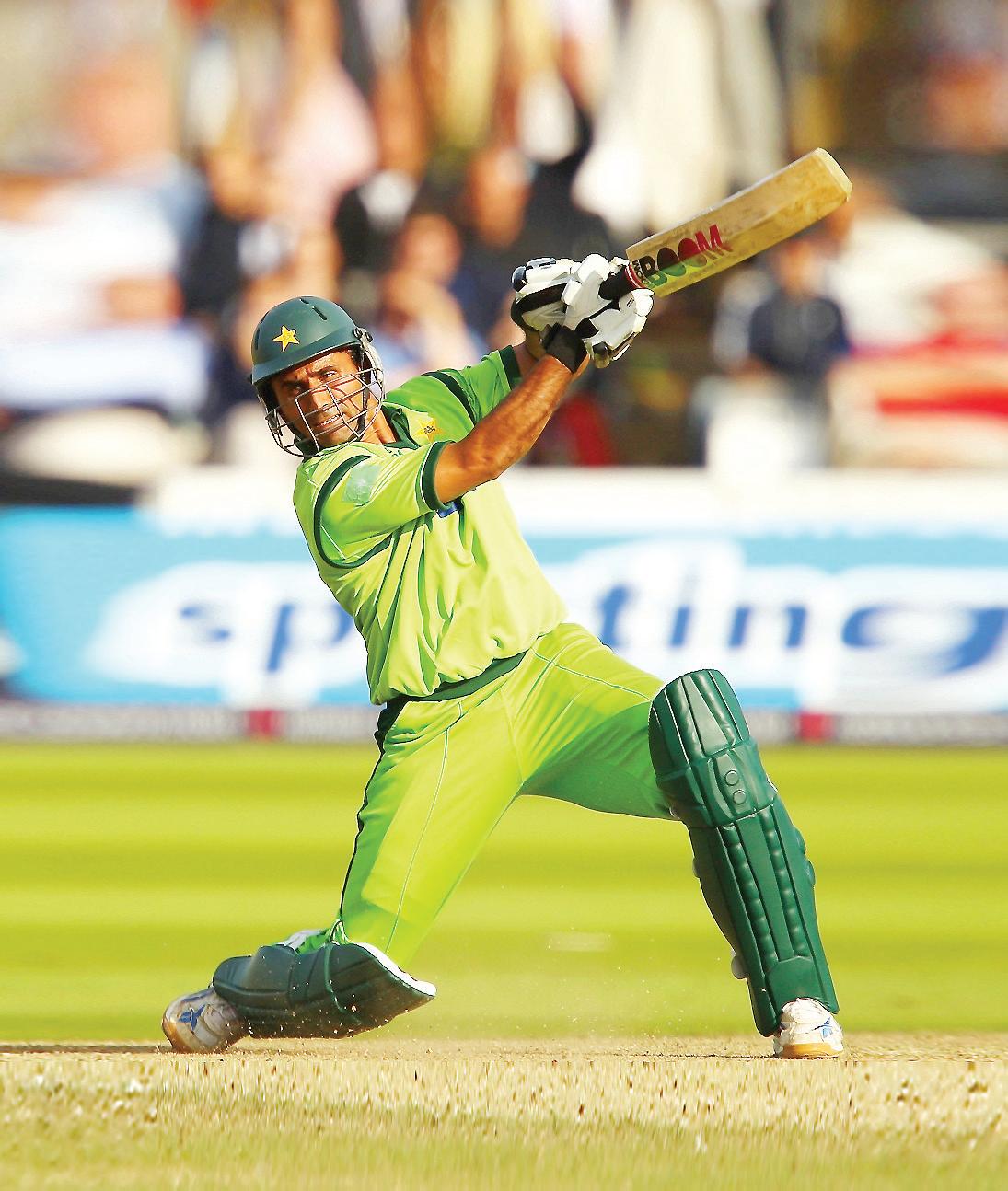
44 <> FEBRUARY (2) 2011 INDIAN LINK
CRICKETWORLDCUP
SOUTH AFRICA
Group B
South Africa, who tied with Australia in the 1999 semi-final only to lose out on net run rate, have never come closer to making a final. It’s hard to speak about South Africa without using the c-word, because the Proteas have only themselves to blame for their reputation as ‘chokers’. However, this time they enter the tournament with a much more varied attack and thus lesser reliance on their seamers – crucial in the subcontinent. On paper, their batting line-up is second perhaps only to India, while their fielding has traditionally been brilliant. A lot will thus depend on how Graeme Smith leads his side and carries them through the big moments. Having been captain from a young age, this is Smith’s swansong as ODI captain, and he will be desperate to prove a point to the world, and to himself. Opening the batting alongside him is Hashim Amla, who will have a huge role to play. The first Indian-South African to play for the Proteas, Amla was initially considered a Test-match specialist. He responded by scoring mountains and mountains of runs, and is in as rich a vein of form as imaginable. On docile pitches, he will be, however serenely, a force to reckon with.
INDIA
Group B
India’s batting has perennially been its strong suit, but the aura surrounding their line-up going in to this World Cup has been something else altogether. Three of their batsmen feature in the top 10 ODI rankings, and the terrifying fact for opposition bowlers is that neither of those three is Sehwag, Tendulkar, Pathan or Raina. In fact, India’s powerhouse batting line up, backed up by wily spinners and handy part-timers gives them their best-ever shot at winning the World Cup. The only concern (as usual) is the seam-bowling department. In both warm-ups, the seamers failed to fire, conceding a great start to both Australia and New Zealand. Dhoni will be hoping that this had to do purely with the absence of Zaheer Khan from these matches, although he suggested that the reason was that he had told the seamers to “save up” (try telling a fast bowler not to try too hard!) their resources for the actual competition matches. It is a worrying fact, though, that the top-ranked bowler in the squad is Harbhajan Singh, who, at number 20, lags behind the wayward Mitchell Johnson and injury-prone Jacob Oram. India though, is capable of both setting big scores and chasing them down, and in home conditions with delirious
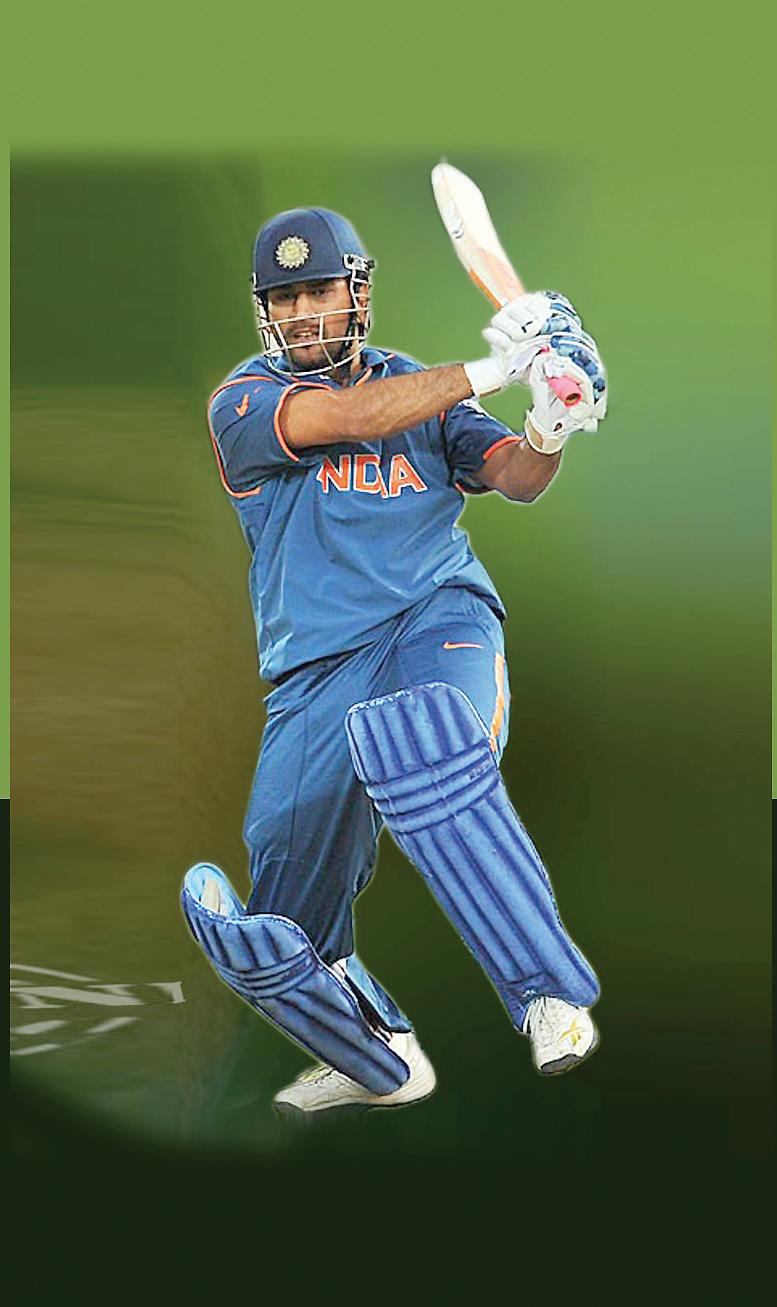
crowds they are most definitely the favourites.
With so many big names, it is hard to pick just one defining factor that could set the cup alight for the host nation. However, even with the supremely violent Yusuf Pathan favoured to blast allcomers, and the evergreen Tendulkar set to take the record for most World Cup runs even further away from reach, India’s hopes could rest with a very underappreciated batsman. MS Dhoni goes under the radar when considering some of the massive names in India’s batting line-up. However, it is easy to forget that Dhoni has quite recently been the number one ODI batsman and as a dangerous floater in the order, at his brutal best, Dhoni hits the ball harder than anyone in world cricket. Many have been calling to see the Dhoni of old, and if his whirlwind century against New Zealand in the warm-ups is anything to go by, the spectators had better start wearing helmets too.

ENGLAND Group B
Although they are only ranked 5th in the ICC ODI rankings, England have been strong performers in the format over the last couple of years. Add to that their recent victory over Australia in the World T20 finals, and England starts looking like a real contender for the title. While the Poms were quick to celebrate retaining the Ashes, the 6-1 drubbing they received at the hands of the Australians, however much they deny it, will definitely have given them a stern wake-up call. Add to that their inability to play spin bowling down under and – there is definite cause for concern – on subcontinental pitches, their task will not be any easier. While their bowling attack seems to be well balanced with Anderson and Swann to lead the fast and slow bowling departments respectively, they suffered a major setback through the injury sustained by Eoin Morgan, the talented middle-order batsman; without him, the English batting relies even more heavily on the enigmatic but erratic Pietersen, who is without a doubt a larger-than-life figure in cricket today. If he fires, he can be one of

they aim to win their first ever ODI World Cup, is that it is a very big if.


to win, but it is never safe to discount the courageous New Zealand, improving Bangladesh, as well as the flamboyant West Indians. The Associates could provide some upsets, and Zimbabwe are always strong World Cup performers. Whatever does eventuate, and there is no doubting the fact that, as the third most-televised sporting event behind the FIFA World Cup and the Summer Olympics, if this 10th ICC World Cup even slightly lives up to its anticipation, it will be a superb advertisement for the game. So, who are you backing?
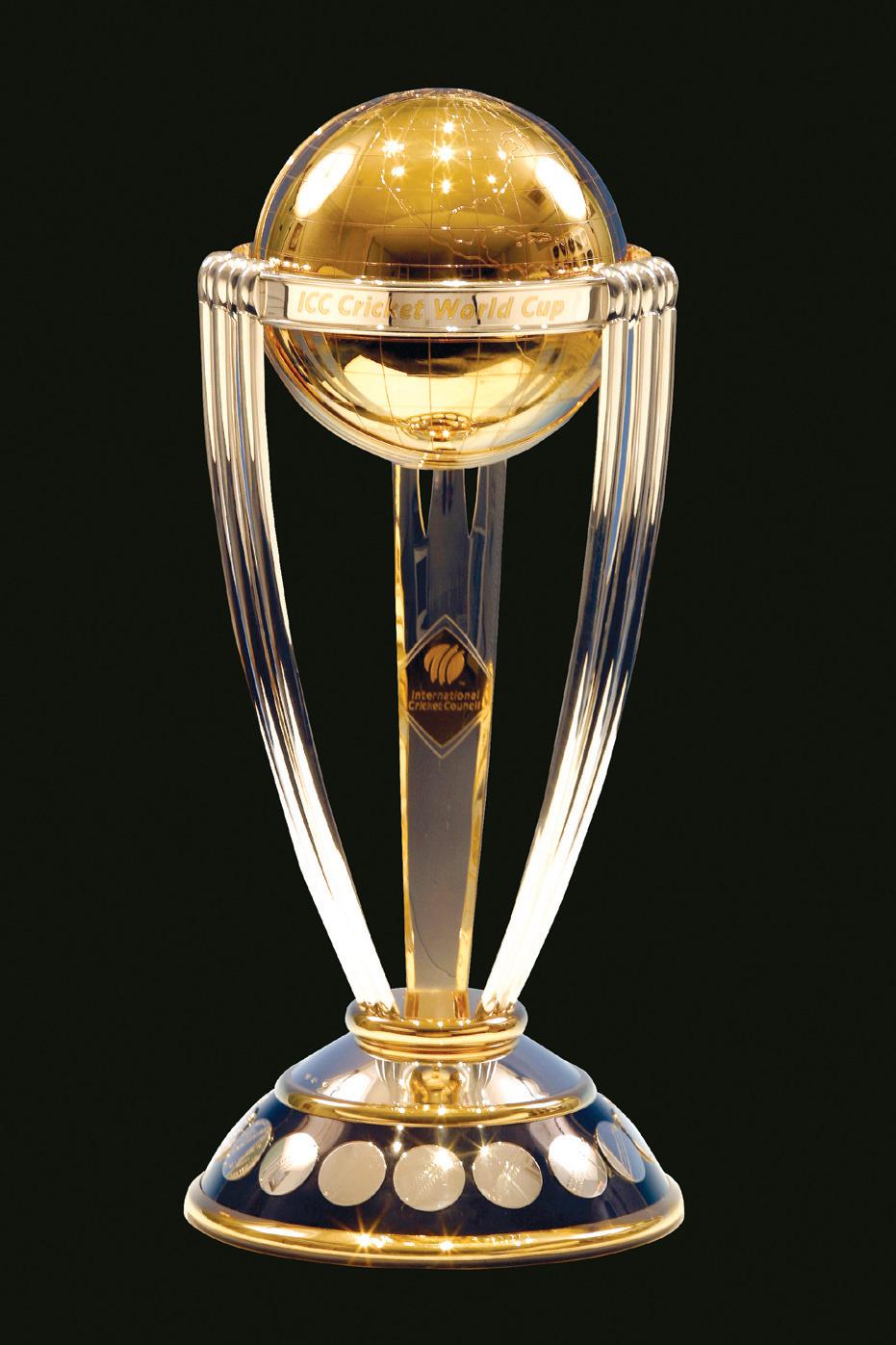
FEBRUARY (2) 2011 <> 45 NATIONAL EDITION www.indianlink.com.au
Bridge on the River Kwai

A historical site and its surrounds made more relevant by the book and movie, conceals a deep and brutal past
 BY SANDIP HOR
BY SANDIP HOR

When French novelist Pierre Boulle, formerly a World War II secret agent based in Indo-China, wrote Le Pont de la Rivière Kwai in 1952, he didn’t know that the actual railway bridge built by the allied prisoners was not on River Kwai, but on the nearby River Khlung, both rivers originating from the mountainous ranges of scenic Kanchanaburi in Central Thailand.
This later created a problem for the Thais when hordes of tourists, after seeing David Lean’s award-winning 1957 film Bridge on the River Kwai based on Boulle’s novel, rushed to Thailand to see the famous structure and asked, “Where is the bridge on the river Kwai?” To avoid the fallacy, the Thais with admirable lateral thinking renamed Khlung as Big Kwai while other became known as Little Kwai.
The bridge, which remains a major drawcard for visitors to Thailand, was built in 1942 by the Japanese during their occupation of Siamese land. It is part of a 415km long strategic railway connecting Thailand with Burma through the legendary Three Pagoda Pass, an overland route from India through which Buddhism is said to have reached Thailand.
For its construction, the Japanese deployed a multinational workforce of 60,000 Australian, British, Dutch and American prisoners of war and over 270,000 forced Asian labour, most of whom died because of malnutrition, disease and hard labour, thus giving it the name, the Death Railway.
Standing in front of the bridge, I found it hard to believe that this engineering marvel was built in a record time of eighteen months by unskilled labour without proper training, tools, machinery and technology. Pratap Mathur from Melbourne, holidaying with his
family for a few days in Thailand en route to India shared similar feelings. “Though I have seen the film several times, nothing beats viewing the real thing first-hand,” he says, while taking snaps from all possible angles. I assume Pratap knew the movie was filmed at a similar location in Sri Lanka.
In technical terms, the 378m long steel bridge is supported on concrete piers, and consists of nine semicircular spans which are original from 1942, with two straight-sided spans installed later after allied bombing damaged the bridge in 1945. You can walk across the bridge on the wooden planks, but carefully as the State Railways of Thailand still run passenger trains from Bangkok along this route.
I love train journeys so I jumped into one of them at Nam Tok station, and traversed back through picturesque terrain to Kanchanaburi, certainly feeling a sense of sadness at times when thinking about the lives of thousands claimed by this railway.

The historically-minded, after seeing the bridge from both sides of the river, generally dash to the adjacent Thai-Burma Railway centre to find details associated with the fatal railway and then visit the War Museum to glance at some of the World War II paraphernalia such as weapons and army uniforms.

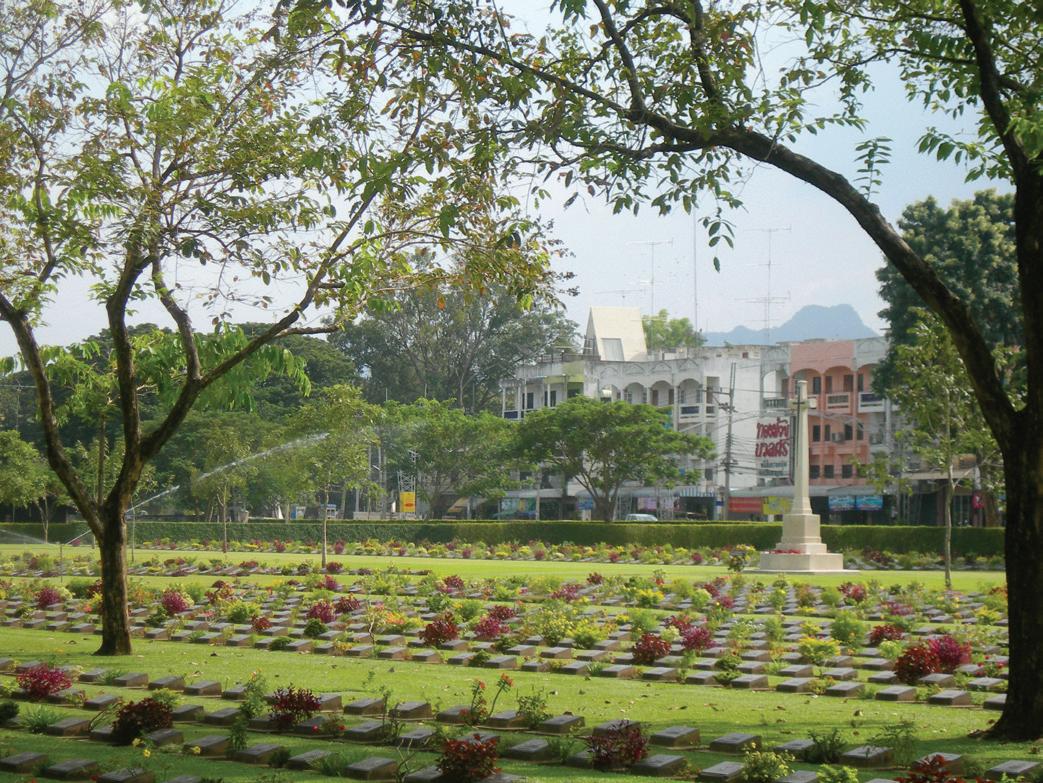
I followed a group of visitors from England to the neatly maintained War Cemetery, the final resting place for 6,982 allied army personnel who perished while building the railway. With neatly arranged tombstones, poignant messages and shrouded by a deep sense of solemnity, this appears perhaps as one of the most moving tableaux in South East Asia.
“A foundation in London keeps this memorial park supplied with fresh flowers,” said Richard from Hampshire, anxiously scanning the graves to locate one of his ancestors. Later he mentioned that many in Europe were outraged by the David
TRAVEL
1. Bridge on the river kwai
2. The death railway
3. Floating market
4. The train at Nam Tok station
5. The poignant war memorial
1 2 4 5
6. Indian saree shop at Pahurat Market
Lean film, as it wrongly portrayed the main character of Lt-Col. Nicholson, played by Alec Guinness, who teamed up with the enemy, unlike Philip Toosey, the actual allied army officer in charge who did not collaborate with the Japanese.
The above iconic sites, which are now surrounded by hotels, resorts, cafes, restaurants and shops for tourists, are not the only appeal of Kanchanaburi district located 150 km west of bustling Bangkok. You can make a day visit, but it’s hardly enough to do justice to the region with its magnificent landscape dotted with pristine national parks, virgin forests, tranquil rivers and charming waterfalls, offering excellent opportunities for fishing, rafting, canoeing, mountain-biking, bird-watching, star-gazing, golfing, elephant and jungle trekking, thus complimenting the lures of history and culture.
On the way to Kanchanaburi, I visit the Damnern Saduak Floating Market, said to be the nation’s most vibrant and picturesque where mostly women in straw hats paddled through narrow waterways, their sampans piled with fruits, vegetables and other goods. By mid-morning I found the precinct packed with tourists, but the crowd by no means took away the authenticity of a different kind of shopping experience, unique to Thailand.
There I bumped into a group of giggling youngsters from India, who were in Bangkok to attend a wedding. They told me that of late, the Siamese capital has become a great venue for Indian weddings.
Gaurav Sehgal from Look East Travels (www.lookeasttravels.com) in Bangkok confirms this.
“Nonstop fun, fiesta and feast are
Standing in front of the bridge, I found it hard to believe that this engineering marvel was built in a record time of eighteen months by unskilled labour without proper training, tools, machinery and technology.
key elements in an Indian wedding, and you cannot beat Bangkok as a great source for providing all of them,” he said after successfully organising some big budget weddings recently. “We conveniently package them for our clients, who find it economical and more glamorous to have the event here, instead of at Goa, Udaipur or Male,” he added.
Thailand’s amazing attractions are endless, ranging from exploring a myriad of glittering golden temples and ancient palaces to sunbathing at pristine beaches; from tasting exotic cuisine to shopping till your bags overflow; from venturing into go-go bars to rejuvenating with spa treatments…. and the list goes on. Extravagant Indian weddings are a new addition to this list.
And why not! The destination offers convenience, facilities and a party-like atmosphere, as intoxicating as its Singha beer, for an Indian-style wedding where the gaiety never ends. Furthermore, the Chao Praya River is as holy as the Ganges, and there is a Hindu temple, Sikh gurudwara and Islamic mosque for religious matters. Pahurat Market in Little India is great for last minute shopping for sarees and jewellery. Think of it, a “Monsoon Wedding” in Bangkok!
Travel notebook KANCHANABURI
GETTING THERE
Thai Airways (www.thaiairways.com.au) have 44 flights weekly from Australia to Bangkok with great connections to India. Stopover in Bangkok is allowed. Call 1300 651 960 for details.
GETTING AROUND
Bangkok’s roads are filled with buses, taxis, tuk-tuks and motorbike taxis to move you around; however to avoid delays due to traffic jams use the very efficient BTS Skytrain and MRT Subway.
TOURS
World Travel Service (www.wts-thailand.com) offers several package tours when visiting destinations outside Bangkok, including a trip to Kanchanaburi.

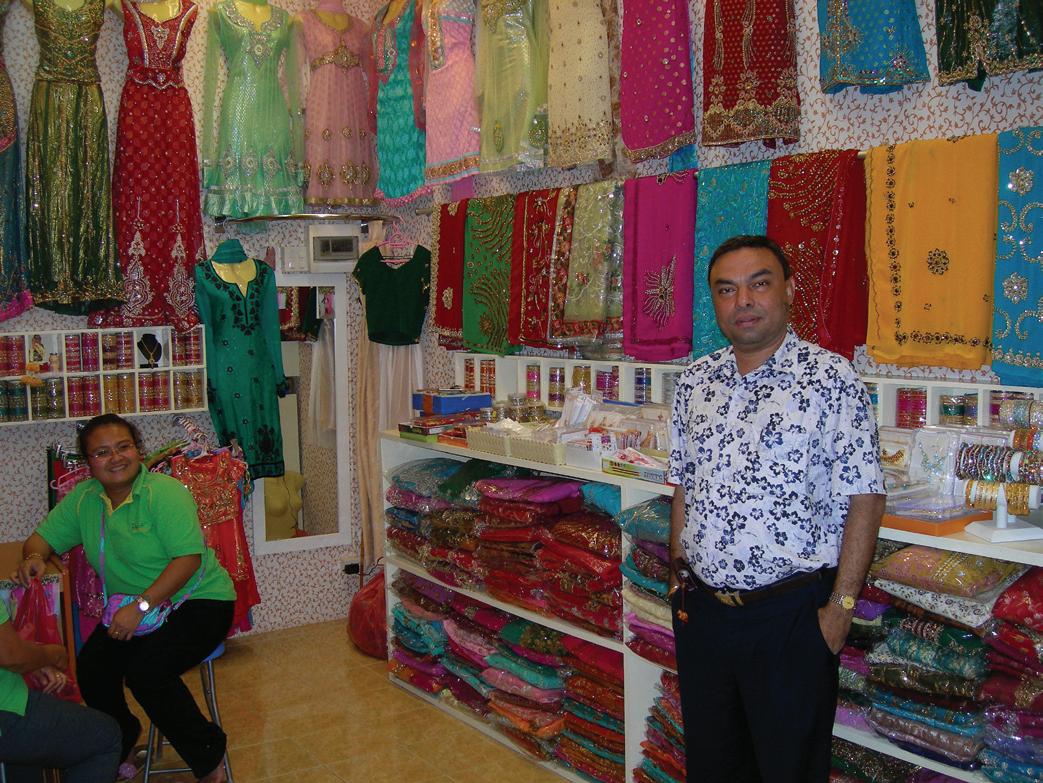



ACCOMMODATION
In Bangkok stay at the Siam City Hotel (www.siamhotels.com/siamcity) conveniently located next to Phayathai sky station and at Kanchanburi at the River Kwai Resotel (www.riverkwairesotel.net) nestLed on the banks of River Kwai.
FOOD
For the best Thai cuisine visit Methavalai Sorndaeng Restaurant; however if Indian cuisine is your choice, the food, service and ambiance at Indus (www.indusbangkok.com) and Rang Mahal (www.rembrandtbkk. com) restaurants are unbeatable.
SHOWS
If you have free time in the evening it’s worth seeing a Thai Cultural show at Siam Niramit Theatre (www.siamniramit.com) and Calypso Cabaret (www.calypsocabaret.com) at Asia Hotel.
MORE INFORMATION
Tourism Authority of Thailand (www.tourismthailand.org)
www.indianlink.com.au
3 6
Rajang Relaxing on the
A journey upstream on Malaysia’s longest river is a cruise worth taking
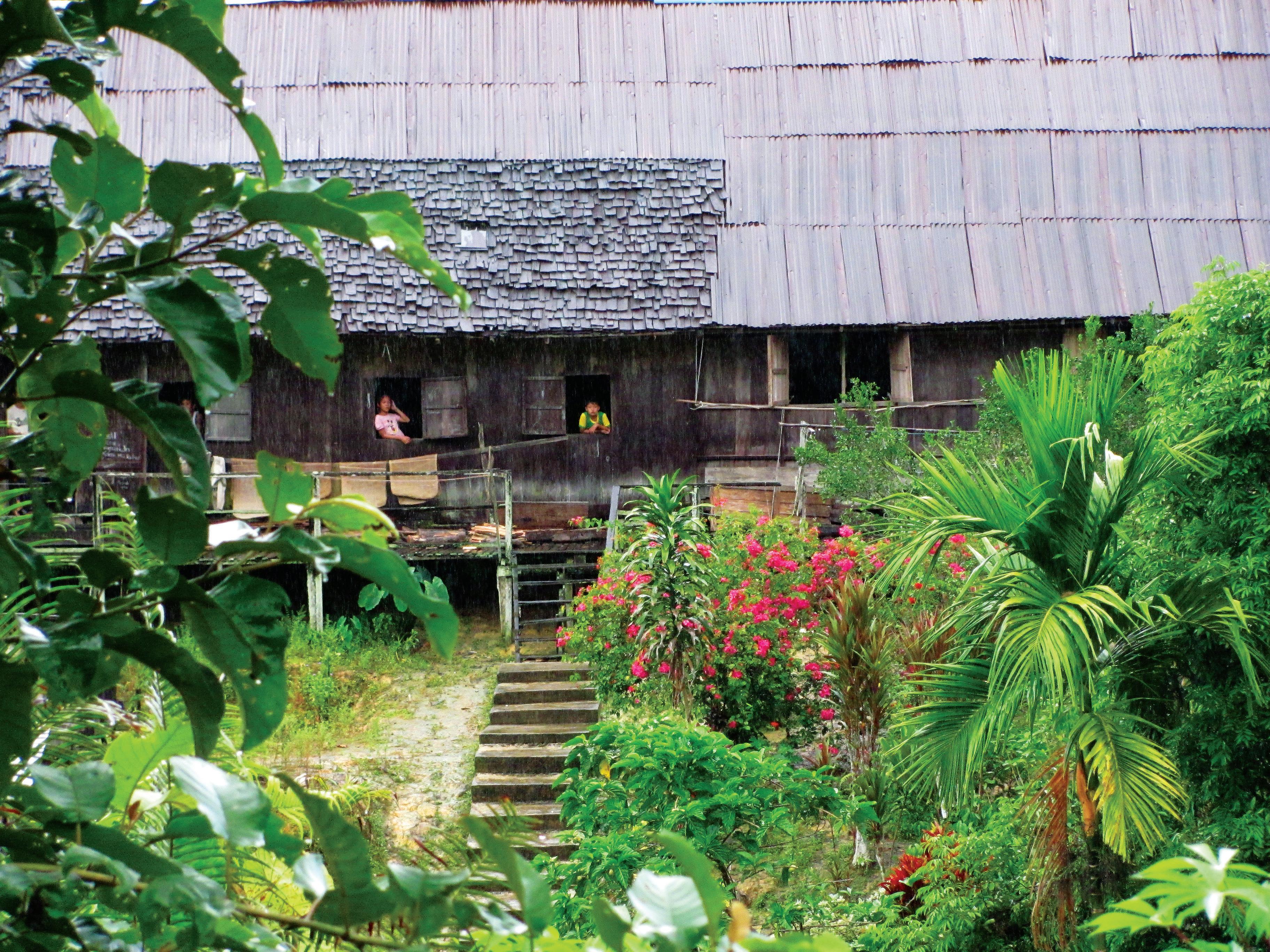 BY PETRA O’NEILL
BY PETRA O’NEILL

“Right step, right step, right step, back, now forward and turn. You have it!” With considerable patience, Rosa had been teaching me and my fellow passengers how to do the Poco Poco dance, a traditional dance performed by the Iban tribes people of Sarawak, on the island of Borneo. Earlier that day I had also honed my skills in using a blowpipe, and although Rosa is an accomplished dancer, you could tell from the look in her eyes that she knew she would impress us by demonstrating her skill at hunting by using the blowpipe. She had walked slowly, then turned quickly, put the blowpipe to her pursed lips, took aim at the balloons bobbing about in the breeze and popped them all in rapid succession. None of the passengers, except “Stoney” from Alaska, had ever hunted before, let alone used a blowpipe. Rosa Minggu was the Administrator on the Orient Pandaw and she, like many of the crew, is local Iban.
My journey began in Sibu, a port city much as I remembered it; predominantly Chinese with a busy produce market, historic shop houses and a bit edgy, as a city with attitude should be.
I was travelling upstream on an 8
night journey from Sibu to Kapit and back down to Sarikei on the Rajang River, which at 563 kilometres, is the longest river in Malaysia. Borneo has one of the world’s most diverse eco systems and its rainforest is home to a multitude of species of flora and fauna.
Twenty years ago I did the same journey, expecting to find an old colonial paddle steamer such as Joseph Conrad might have found. Instead, I experienced hellraising journeys in express boats built like space capsules that go at breakneck speed, with Tommy Lee Jones action movies blaring in the background. In Kapit, I has found an old cafe with antique Chinese marble top tables and sat near an Iban elder. He said one day I would come back. Since then, I’ve often thought about that cafe and the old man.
The Orient Pandaw commenced journeys on the Rajang River last year. Beautifully hand-finished in brass and teak, with rattan furnishings and an informal colonial ambience, it cruises at a leisurely pace. The Rajang is muddy brown with a swift current and the 360 degree Observation Deck on board allows you to view the lush tropical rainforest up close. You can view Iban longhouses that comprise a row of attached dwellings under one roof, small riverside towns and piers with boats moored. And this is exactly how I had imagined the trip should be all those years ago. Finally, I was living the dream.
The Irrawaddy Flotilla Company established in Myanmar (Burma) in 1865 by Scottish merchants was once the largest privately owned river fleet in the world. Tragically, all the steamers were destroyed during WWII, but in 1995, Paul Strachan, a Scottish historian set about rebuilding one of the original paddle steamers and
established Pandaw Cruises. Since then, several Pandaw ships have been built based on the plans of the original paddle steamers.
My journey began in Sibu, a port city much as I remembered it; predominantly Chinese with a busy produce market, historic shop houses and a bit edgy, as a city with attitude should be. I caught the public bus from the long distance bus station to the wharf, dropped off my bag and set off for the market. Here I found a woman selling the largest banana I have ever seen. On returning to the Orient Pandaw, I met my fellow passengers from Australia, United States, Sweden, Switzerland and the United Kingdom. Their ages ranged from 35 to the very determined Frances Higgins, who celebrated her 80th birthday onboard and outpaced most of us.
All the excursions were interesting, but some were exceptional. One morning, very early, we went by longboat to a creek very close to the shore and were able to observe daily life, people taking their produce to market by boat, hanging up washing, chatting together. Another highlight was our visit to Melanau village famous for its Songket weaving workshop, that counts the Sultan of Brunei among its clients. The women here were friendly and demonstrated how Songket is woven from gold and silver thread.
I also enjoyed our visits to longhouses, Jandok and Nyuka. At Jandok we were welcomed by the Iban headman and given a traditional welcome of music, dance and rice wine. I was invited to dance, but do not think I did so well, as the children all laughed. At Nyuka, our visit coincided with a visit by the Minister for Social Development and other important guests, who had
48 <> FEBRUARY (2) 2011 INDIAN LINK TRAVEL
1
arrived to present awards to those who had excelled in community service. The Minister took time out to meet with us too.
On another day we had a beach picnic, with the Pandaw crew excelling at traditional Iban bamboo pot cooking (cooking fish or rice in hollowed out bamboo).
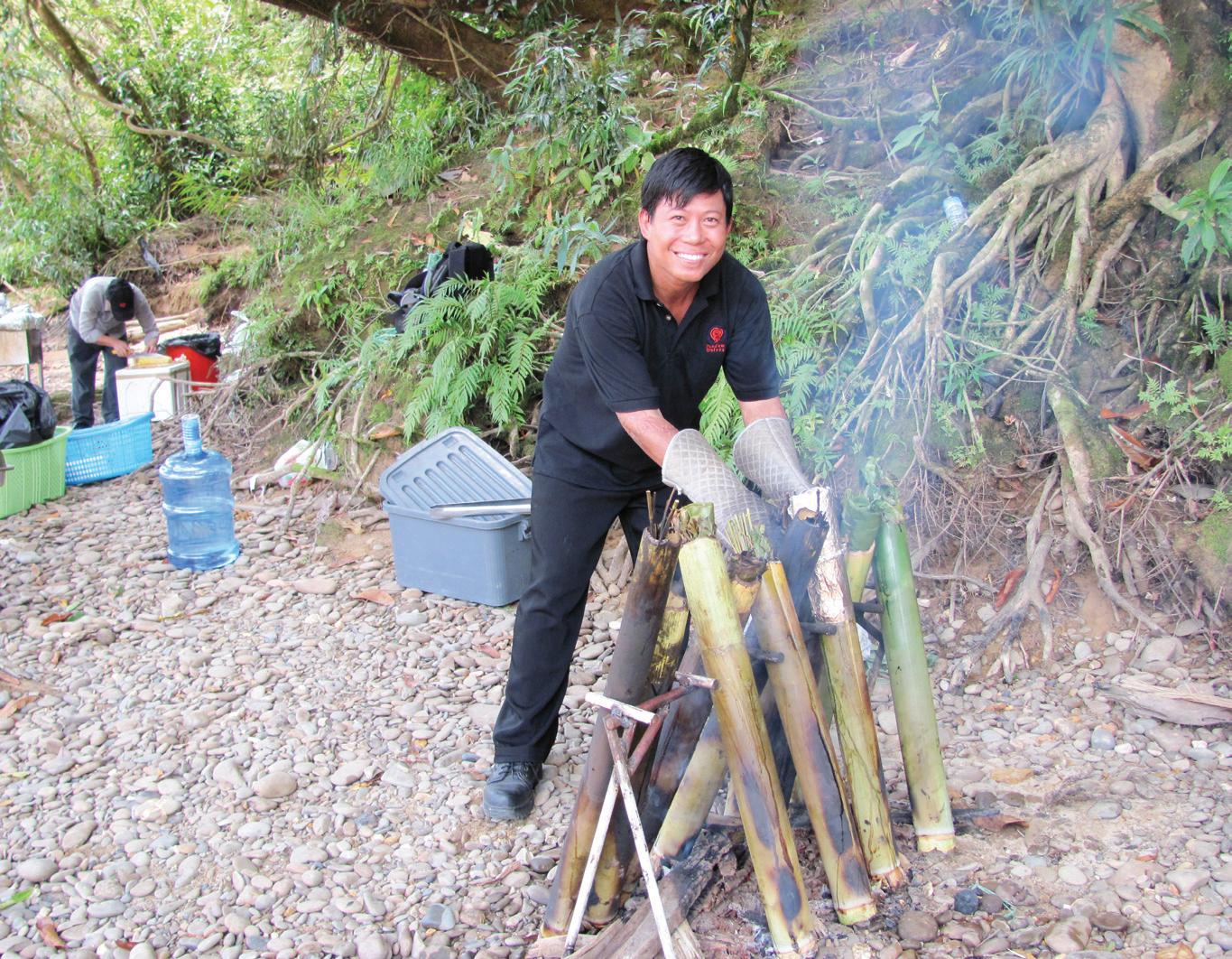
Near the Pelagus rapids as far upstream as the Orient Pandaw could go, we were transferred to a flat bottomed cargo boat and through turbulent swirling waters. The sky turned black and a tropical downpour left us all drenched. That was the only time I saw Frances Higgins looking less than elegance personified. Otherwise she managed four outfit changes per day, each perfectly suited to the occasion.
While I enjoyed the company of my fellow passengers, it wasn’t long before all of them soon slipped into a tropical torpor, falling asleep on the deckchairs with novels opened on their laps.
At Kapit, I went into the cafe I had visited 20 years ago. Neville Josef, the extremely obliging purser, arranged for a small boat to take me there. The cafe was unchanged but the rainforest trees that stood along
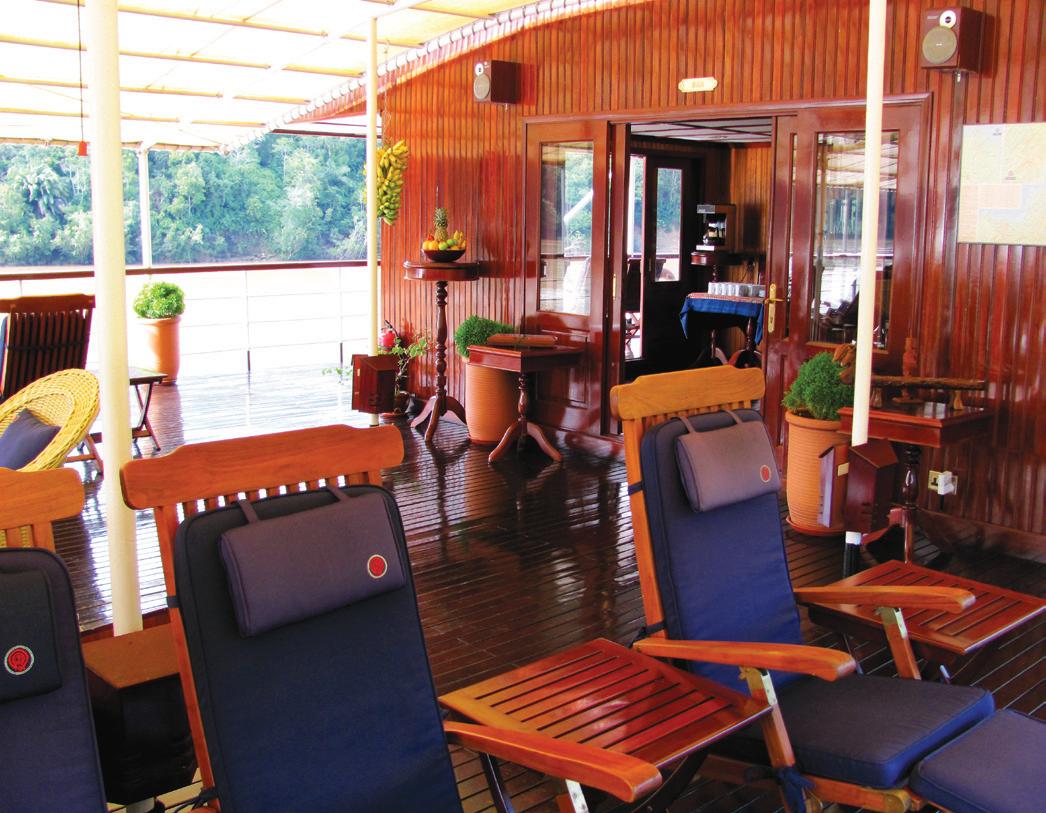
the shoreline have long since gone to make way for a pier for the many express boats that are now found here.
We went on walks through rainforests, crossing small wooden bridges over creeks to view waterfalls. We wandered through river towns with historic colonial buildings, including Fort Silvia in Kapit built in 1880 to prevent tribal conflict between the Iban and Orang Ulu. At Fort Silvia, as our guide Louis Jap provided informative commentary, I began browsing through the visitors’ book. Under occupation, a previous Pandaw passenger had written “Gentleman, scholar and wit.” Another wrote “Professor Guru.”
This journey along the Rajang River was one that was both, relaxing and enjoyable, a heady mix of the tropics, good food and company, travelling at a leisurely pace.
I was the only one who declined the exotic cocktails served each evening, mixed using several local spirits combined together and shaken with great fervour by our barman Aung Kyaw Myint from Myanmar. We were a long, long way from express boats and Tommy Lee Jones….
Travel notebook
The Rajang River is in Sarawak, Malaysia
GETTING THERE
Malaysia Airlines and Air Asia both offer flights from Kuala Lumpur to Sibu and Kuching. Singapore Airlines flies to Kuching from Singapore.
WHERE TO STAY
One of the most delightful cities in South-East Asia, Kuching offers a glimpse of what other Asian cities were once like. Laid back, with Chinese shops, houses and historic colonial architecture, including the splendid Kuching Museum and the palace or Astana. The Esplanade along the Sarawak River is pleasant for an evening stroll. If coming from Australia, it is wise to spend several days in Kuching initially, to become acclimatised. The Hilton Kuching is the place to stay.
GETTING AROUND
Sibu is 8 hours from Kuching by bus, just over 4 by Express boat, or a short flight away. The cruise onboard the Orient Pandaw commences and ends here.

INFORMATION
Sarawak Tourism: Email: vic-kuching@sarawaktourism.com Website: www.sarawaktourism.com
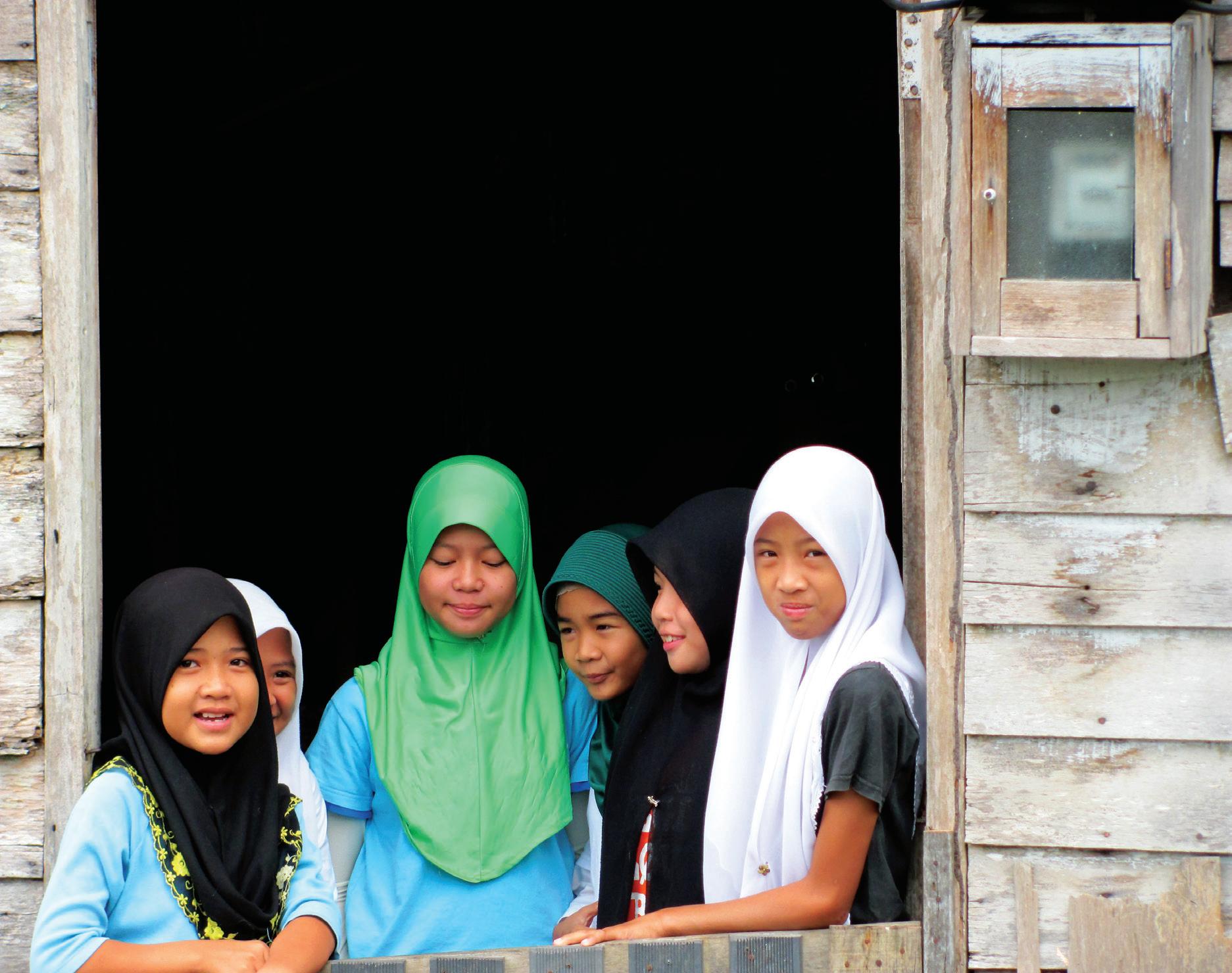

Tourism Malaysia: Level 2, 171 Clarence Street, Sydney. Email: malaysia@malaysiatourism.com.au or 355 Exhibition Street, Melbourne. Email: tmmelbourne@malaysiatourism.com.au Website: www.tourismmalaysia.com.au
For more information on the Orient Pandaw go to the website at www. pandaw.com
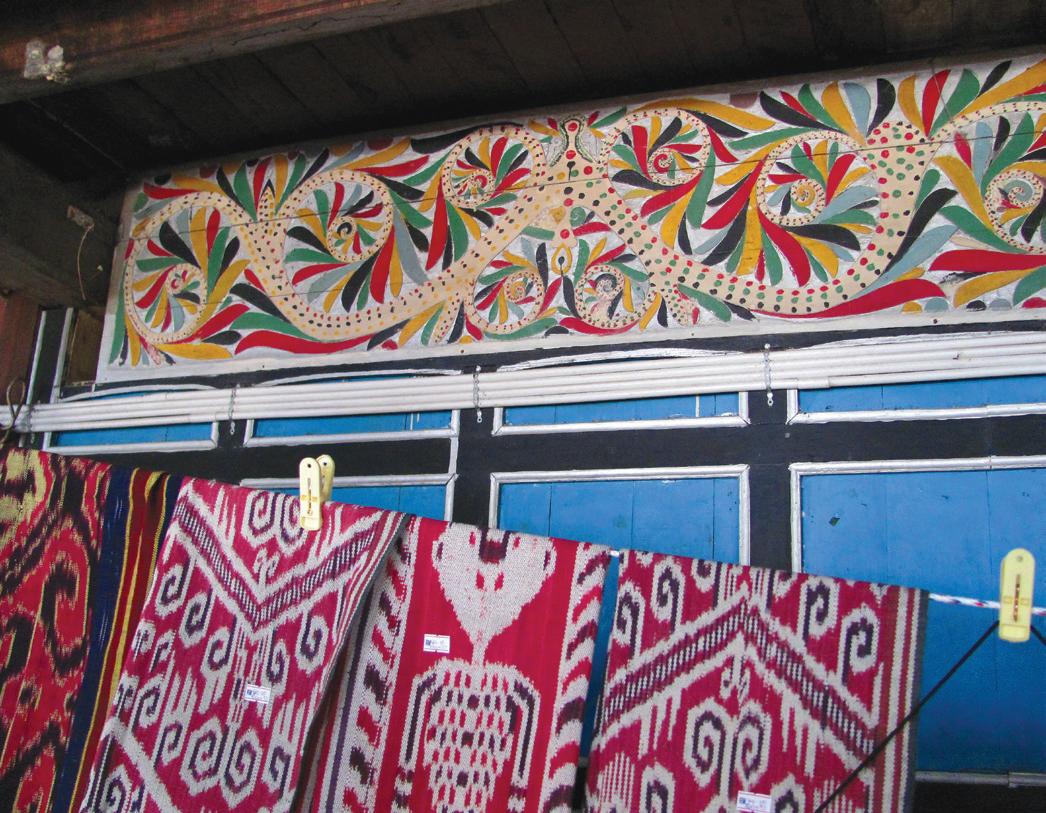
 6. Girls Melanau village
7. Traditional Iban hand woven cloth
6. Girls Melanau village
7. Traditional Iban hand woven cloth
www.indianlink.com.au
8. RV Orient Pandaw and the mighty Rejang river
2 5 3 6 4 7 8
We wandered through river towns with historic colonial buildings, including Fort Silvia in Kapit built in 1880 to prevent tribal conflict between the Iban and Orang Ulu.
Duties and rights
between these characteristics
 BY SAROJA SRINIVASAN
BY SAROJA SRINIVASAN
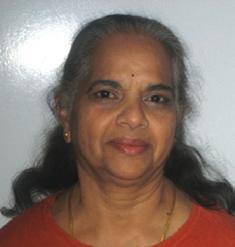
We often hear the term ‘right’, but very rarely the term ‘duty’ these days. Even young children seem to have somehow learnt that they can demand anything as a right, and it will be met. As young children grow up, quite often the topic of discussion with their peers seems to be about their rights. A few years ago, there was a case in the US where a child of 11 was told he had a ‘right’ to divorce his parents! It stands to reason that the parent-child relationship is one of the basic cementing factors in the fabric of any society. Yet this logic of ‘rightful severance’ of this relationship seems to be accepted as one’s right.
So what has gone so wrong that one of the most fundamental of characteristics of human life, interrelatedness and filial loyalty, seems to be removed from our thought? The trait of independence is regarded as the highest, the most vital trait of all to possess. In our eagerness to show our “independence” we seem to be falling into the trap of total alienation. Again and again, human society in the last fifty years or so has elevated the ideal of independence in everything. Many people are convinced that they really don’t need anyone else in their life. The decreasing rate of marriages, long term commitments and childbirth all attest to the idea that there is no ‘need’ for “any one else” anymore.
Yet one of the most beautiful concepts that remains enshrined in Vedantic philosophy is the interrelatedness between duties and rights. Our stories from the Ramayana and Mahabharata abound in countless instances
DUTIES RIGHTS
Even more appealing is the fact that if one could understand the dynamic of this relatedness, there need be no conflict in any interaction. For always what is one’s right is another’s duty. If each of us fulfilled our duties there would be no need for demanding our rights! The reciprocity goes without saying. The wisdom is to know that each time a right is demanded it also carries with it a duty to be fulfilled. Quite often we find that people are quick to demand their rights without giving much thought as to whether they are able to fulfill the accompanying reciprocal duty.
Surprisingly the assertion of rights has almost completely wiped out the existence of duty. Self-centeredness has so overtaken our psyche that we feel no obligation to anyone. Yet, the feeling of care and compassion we show across species is probably more evident now than it was even as recently as 200 years ago. The compassion we show towards animals is perhaps at its peak now than ever before. Yet towards our fellow human beings we still have a hierarchy and some are treated more equal than others and the distinct lack of tolerance is clearly manifested constantly.
that highlight the reciprocity between privileges and responsibility. We hear of the duties of a monarch to his subjects, the duties of a son to his father, the duties of siblings towards each other. The fact that every privilege carries with it some responsibility is beautifully illustrated in these instances.
Almost every action of a human being can be defined as a duty or a right. What is seen as duty by one is invariably a right of another. Whether it is that of parent-child, employer-employee, government-public, friend-friend, teacher-student, husband-wife. Every one of these relationships has a reciprocal quality to it that binds it in a certain way.
A social welfare state is one in which the most vulnerable of individuals are cared for by their more prosperous compatriots. It is the right of each individual to share in the wealth of the natural world. And it is the duty of the more affluent ones to share this wealth. Yet the inequities of the world illustrate the situation to be far from satisfactory.
Could the human race ever attain the stage where everyone realizes that duties and rights compliment each other and every privilege is accompanied by responsibility? Then, if we can act in a responsible way, conflict in any relationship will be a thing of the past both at the individual as well as societal levels.

50 <> FEBRUARY (2) 2011 INDIAN LINK
It is the reciprocal relationship
of human life that harmonise our existence
www.indianlink.com.au PSYCHE
Can you die of a broken heart?
BY MALLI IYER
Lakshmi and Nathan had been married 42 years. They were childless and had grown to depend on each other for emotional support. Nathan was a diabetic with cardiovascular complications and Lakshmi was very susceptible to respiratory infections, caused by a partial collapse of her left lung. Their conversation often bordered on which one of the two would go first and how the other would cope with life after a permanent separation. When Nathan eventually succumbed to a massive heart attack, Lakshmi was inconsolable as her mind constantly drifted towards joining her partner. This was despite her family doing their best to provide succour and support for a few months, to help her get over the
pointers to a “broken heart syndrome”, which can be fatal in extreme cases in which some people feel personally responsible and suffer a sense of remorse for what they ought to have done to prevent the loss of their loved one. In most cases, people respond to moderation and family support, although the symptoms of a broken heart persist. This can manifest itself in developing sleeplessness, alcoholism, suicidal tendencies and loneliness, bordering on depression. As the physical and emotional balance is disturbed, it can often lead to numbness of the heart muscles and a temporary dysfunction which could lead to chest pain and appear like a heart attack.
the link between mind and body works differently in men, as opposed to women.
Women have hormones that may cause them to be wired differently from their brains to their hearts, thus causing stronger emotional responses. This may be the reason why women feel weaker and more helpless when they suffer permanent separation. The ‘ sati’ tradition is well-known and documented in Indian history, and is probably the oldest known example of what must have originated with a broken heart and the uncertainty of life after losing a loved one.

grief. Lakshmi found herself at a loss to express her feelings in words and felt that her pain was impossible to share. She seemed to have lost her will to live and within two years she developed cancer to which she succumbed within a couple of months.
This would be an ideal case study for death occasioned by a broken heart following an emotionally charged relationship lasting several years. It appears that the negativity caused by the trauma of losing a loved one can often lead to an increased flow of adrenaline and create a massive amount of stress hormones. It is not uncommon to see many people ill prepared when faced with the break up of a marriage, shock, depression or death. These are
Statistics suggest that this “widowhood effect”, shortens the life expectancy of men in 46% of the cases, whilst 26% of women died within 3 years. It is therefore more than an exception, although it might not be the norm. Obviously older people have a greater risk occasioned by their deteriorating physical faculties, but several young people who might be members of the ‘lonely hearts club’ are equally vulnerable, and their long standing trauma may be due to an extramarital relationship. The human mind and the extremes of its thought processes creates personalities who may be described as ‘worry warts’, ‘never say die’ types or the self-centred ‘loving oneself above all’ kinds. Most people will recover quickly from the ‘broken heart syndrome’ once they realise the value of looking after themselves emotionally and physically. This can happen by developing regular sleep patterns, some exercise or physical activity and developing the mindset to mingle socially and get on with life.

Deaths caused by broken hearts are well-known to the Indian psyche, what with the love tales like Salim-Anarkali, Heer-Ranjha, Sohni-Mahiwal, Laila-Majnu and several others originating from Indian folklore. The traditional Indian way of life has some interesting aspects of how one can cope with life after the loss of a loved one. It is worth noting that a loved one is not necessarily a life partner, but could be a child or a family sibling, or even a grandparent/ child. It is relevant in the Indian context due to the closeness of family ties and opportunities for bonding within or outside the immediate family. It would seem that
“Sanyas” and renunciation of family ties is still fairly common and “widows” follow a social norm of shedding their hair, wearing white and being gently pushed towards a complete withdrawal from family and society.
“Brahmachari ” and ‘Brahmacharinis ” created in some families may sometimes be the result of a broken heart syndrome. Quite often a new chapter is unveiled by turning oneself to God, thereby creating a different level of emotional
The ‘sati’ tradition is well-known and documented in Indian history, and is probably the oldest known example of what must have originated with a broken heart and the uncertainty of life after losing a loved one.

attachment. A tradition amongst Hindus in Punjab still induces families to create a child in the family who will be a Sikh by a family pledge. This dates back to the early years of developing Sikhism by the Gurus in the 16th century. Slow disintegration of the traditional family structure due to increasing materialism may make inroads into known emotional attachments, but for many decades to come there will always be a grain of truth in the old Mirza Ghalib verse: Love(Ishq) is like a spark. It does not happen if/when you want, but when you are in love you cannot extinguish or switch it off at will.

FEBRUARY (2) 2011 <> 51 NATIONAL EDITION
www.indianlink.com.au
The emotional and mental stress of a traumatic situation can determine a person’s will to recover and live, or simply give up and die
RELATIONSHIPS
It appears that the negativity caused by the trauma of losing a loved one can often lead to an increased flow of adrenaline and create a massive amount of stress hormones.

52 <> FEBRUARY (2) 2011 INDIAN LINK
Lunchbox treats
 BY RAJNI ANAND LUTHRA
BY RAJNI ANAND LUTHRA

The daily grind of school routine has hit us all again, and the summer holidays are but a distant memory. Stuck for lunchbox ideas? Read on for some easy-to-make delights. Perhaps you could get the kids to help you make them! These are great as lunchbox treats, after-school snacks, or even - we’ve all done it - breakfast in the car.

Pita Bread Chips

Pita bread
Oil spray
Seasoning of choice (try lemon pepper, or chicken salt, or an Indian spice mix or just plain salt)
Cut up pita bread into neat rectangles. Spray well with oil. Sprinkle the seasoning on top and toss well with fingers. Lay out on a baking tray and cook in a preheated oven at 180 degrees for 5-8 minutes.
(Try parmesan cheese as an additional topping just before putting into oven).
MUFFINS
Cheesy Savoury Muffins
1 cup self-raising flour
1 cup milk
1 cup grated cheese
1 cup chopped ham (or ½ cup sundried tomatoes)
Salt and pepper to taste
Mix all ingredients and spoon into greased muffin trays. Cook in a preheated oven at 180 degrees for about 20 minutes. (If your child likes them, try adding sliced olives or pesto sauce).
Corn and Cheese Muffins
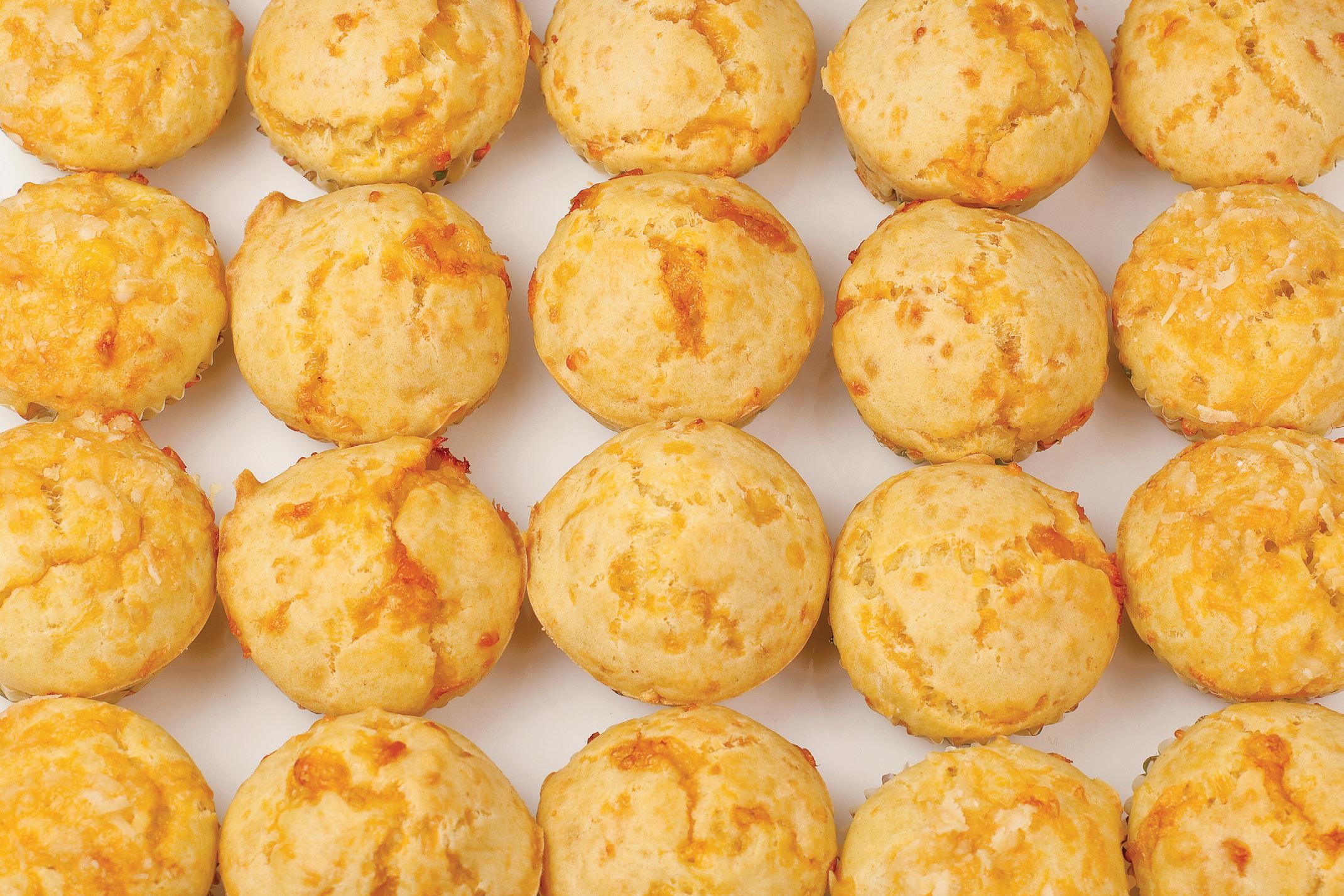
2 cups plain flour
1 egg
½ tsp salt
1 tbsp baking powder
1 cup creamed corn
1 cup grated cheese (try a combination of cheddar and mozzarella)
½ cup chopped ham (optional)
Sift flour in a deep bowl and add salt and baking powder. Add the corn, cheese and ham (if using). Break egg into a cup and lightly whisk with fork. Add enough water to reach the ¾ cup mark. Pour this into mixing bowl and mix to combine all ingredients well. Spoon into greased muffin trays. Cook in a preheated oven at 200 degrees for about 20 minutes. Stand in pan for 5 minutes. Turn out onto a wire rack to cool.
Vegetable Muffins
2 cups self-raising flour
1 tsp baking powder
Salt to taste
1 small zucchini, grated
1 small carrot, grated
¾ cup sliced ham or salami (optional)
1 cup grated cheddar cheese
2 eggs
3/4 cup milk
125g butter, melted
Sift flour, baking powder and salt into a large bowl. Squeeze out excess water from grated zucchini and carrot. Add to flour along with ham/salami (if using)and 1/2 cup cheese. Mix well to combine. Whisk eggs, milk and butter in a jug. Add to dry ingredients. Stir till just combined.
Preheat oven to 200 degrees. Grease a muffin tray and spoon mixture into it upto 2/3rd mark. Top with remaining cheese. Bake until a skewer inserted into the centre comes out clean, about 20 minutes. . Stand in pan for 5 minutes. Turn out onto a wire rack to cool.
Spinach and Cheese Muffins
1 cup self-raising flour
1/2 tsp baking powder
1 tbsp caster sugar
1/2 cup baby spinach, roughly torn
1/4 cup fresh basil leaves, roughly torn
1/4 cup finely grated parmesan cheese
1/2 cup buttermilk
1/4 cup extra-light olive oil
1 egg
Preheat oven to 200°C.
Sift flour into a bowl, add caster sugar and baking powder. Stir to combine.
Then add spinach, basil and parmesan cheese. Stir to combine. Make a well in centre.
Whisk buttermilk, oil and egg together in a jug and pour into well. Gently stir until just combined. Grease a mini muffin pan and spoon mixture in. Bake until a skewer inserted comes out clean, about 12 minutes. Stand in pan for 5 minutes. Turn out onto a wire rack to cool.
SCROLLS
Pizza Scrolls
2 cups self-raising flour
Pinch salt
90g butter
2/3 cup milk
1/4 cup pizza sauce
1 cup grated cheese (try cheddar)
Pizza toppings of choice such as ham, salami, capsicum, sundried tomatoes, olives, pineapple.
Preheat oven to 200 degrees. Line a baking tray with non-stick baking paper.
Sift the flour and salt into a large bowl. Rub the butter into the flour until it resembles fine breadcrumbs. Add milk. Mix into a dough.
Gently knead dough on a lightly floured surface until smooth, then roll out thickly.
Spread the pizza sauce evenly over the dough, leaving a 2cm
border around the edge. Sprinkle with the cheese and toppings. Roll up firmly into a log. Brush the edge with a little extra milk and press down firmly to seal. Cut crossways into equal portions, about 3cm thick. Place scrolls on the prepared tray. Bake in preheated oven for 25-30 minutes or until golden brown.
Scrolls, Cheat’s Version
Puff pastry sheets
Vegemite
Grated cheese
Lay out puff pastry sheet on work surface and spread with vegemite. Top with cheese. Roll up tightly and cut into1cm rounds. Bake in a preheated oven at 200 degrees until golden.
To make pizza scrolls, replace vegemite with pizza sauce, pineapple pieces, ham, salami, capsicum, or whatever else your child likes on pizza.
How about pesto scrolls with store-bought pesto and cheese?
FEBRUARY (2) 2011 <> 53 NATIONAL EDITION FOOD
www.indianlink.com.au
De-stress your skin
BY MINNAL KHONA

What you eat, your lifestyle and mental health, all these factors affect the skin’s appearance and can cause ageing if one is not careful. The sun’s UV rays can be combated with sun protection creams which I believe are vital to the skin. The UV rays can damage your DNA, and free radicals that are generated by pollution and the sun destroy the skin’s weaker cells resulting in increased wrinkles, lines and loss of firmness. In fact, a sun block is important even on not-so-sunny days to prevent the damage from the environment.
As for the weather, be it summer or winter, you must drink lots of water to keep the skin plumped up and moist from within. We tend not to drink enough water in winter and this dehydrates the skin from within and outside as well. You also need a rich moisturiser in winter to compensate for the dryness in the air.
Errors of skin care
We don’t realise that some of our daily habits can damage the skin in the long run. Too hot water during a shower for example is one of the biggest culprits. Soaps or washing agents with lots of lather are as bad as water and these high foam cleansers dissolve the skin’s oils from the top protective layer. Not only do these dry the skin out, they also make the skin sensitive and it reacts badly to the sun, dust, pollution and some cosmetics.

Your skin revives itself while you sleep which is why the night cream industry is booming as well.
You know your skin is getting dry if it itches soon after your shower.
That is an indication that your cleanser is not the right one for you. Switch to a cleanser with less foam or a soap with moisturising properties. Avoid very hot water as well.
When you stress, worry, drink too much alcohol or smoke too much, or have too many late nights, these habits affect the skin straightaway. Adequate sleep is one of the best things you can do to rejuvenate your skin. Your skin revives itself while you sleep which is why the night cream industry is booming as well. Avoid too much alcohol and cigarettes as these hasten the signs of ageing as well.
What you eat impacts your skin so go easy on
the pickles, the chilli and food with preservatives. Here people are healthconscious so everyone is into low fat and cholesterol free and low oil content foods which is good.
Oily or spicy food can cause the skin to break out. If you have binged on too many nights out, you can detox your skin by going on a fruit and yoghurt diet once a week. Actually, doing that on a regular basis is a good idea, whether you binge or not. Fruits and yoghurt have anti-oxidants which cleanse the skin and the stomach so your skin stays clear and spotless.

Stress: The big culprit
Stress is one of the main causes of early ageing signs and dull skin. Still for every problem there is a solution so what you can do is find ways to combat the stress in your life.
Exercise
Not only does exercise improve your blood circulation, it gives the skin a healthy glow. Exercise also produces endorphins in the brain which are the chemicals that keep you feeling positive and happy and thus able to deal with your problems. If nothing else, go for a brisk walk now and then and you will feel better.
If you are a believer in meditative techniques follow one that suits you best. There are several to choose from and you can learn to meditate the right way by attending courses on meditation, yoga, the Art of Living, Transcendental Meditation, Reiki etc. Choose what works for you and just 20 minutes a

day of meditation will calm you down and help you clear your thoughts. Positive thinking helps, and happiness is really the best cosmetic!
So besides using the regular skincare products to protect and moisturise your skin, use these techniques and cultivate healthy habits for great looking skin. You’ll stay young forever.
54 <> FEBRUARY (2) 2011 INDIAN LINK BEAUTY
Stress can affect your skin and make it look dull. Add to that the damaging effects of the sun and you have dry, leathery skin in the making. Besides external application of various creams and lotions, here are tips on how you can stop stress from damaging your skin from within.
www.indianlink.com.au Indian Link Radio 24/7 Subscribe to Indian Link Radio for $9.95 each month. 24 hours, 7 days Indian Link Radio Minimum 12 months subcription, $50.00 refundable deposit




FEBRUARY (2) 2011 <> 55 NATIONAL EDITION
Laugh Out Loud
Where do Russian cows come from? Moscow!
A summer visitor asked the farmer how long cows should be milked.
“Oh, I reckon about the same as short ones!” the farmer answered.
What did the farmer call the cow that would not give him any milk? An udder failure!
Why do cows wear bells around their necks? Because their horns don’t work.

What do you call cattle with a sense of humor? Laughing stock.
Why did the cow jump over the moon?

To get to the Milky Way.
What do you call a cow that’s just had a baby? De-calfinated.
What do cows do for entertainment? They go to the mooooovies.
What happens when the cows refuse to be milked? Udder chaos!
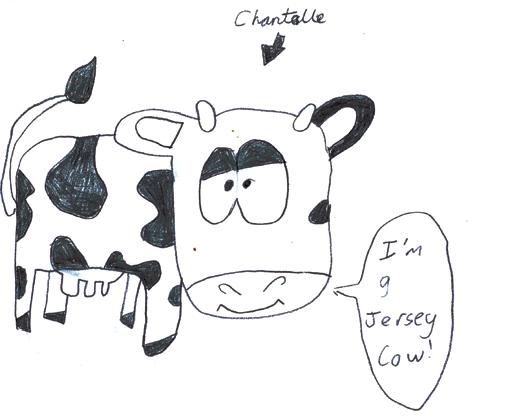
Holy Cow!
Hindus do not ‘worship’ cows. They treat all living forms - including cows - with reverence, because they believe all life is sacred. Man’s identity is connected to all that lives.

Hindus give respect to all those things that help people to live their life better. This includes forces of nature like the sun, moon, earth, wind, water, fire, rain, and also human beings such as parents, family, teachers and friends. These are the ‘gods’ in Hinduism.
All animals are treated with respect, particularly cows, because they are constant ‘givers’. They provides humans with milk (and from it, many related foods), leather, fuel, and in ancient times, a form of transport as well as help to plough the fields. (They gave meat too, but Hindus figured out that their meat only lasts a few days, whereas their other benefits continue as long as they live). So cows are like “second mothers”.
Like many things in Hinduism, the respect of cows is also symbolic. By protecting cows, Hindus are really protecting all animals.
PEARL
Did You Know...
1. Cows stand up and sit down on average 14 times a day.
2. Cows weigh around 635 kilograms.
3. Cows can smell something 9 kilometres away.
4. People would have to eat 360 cheeseburgers and drink around 400 to 800 glasses of water a day to eat like cows.
5. A cow has 207 bones in its body.
6. If the gas of 10 cows got captured, it could heat a small house for a year.
7. Dairying has improved through the years. Today, one cow can produce the milk that it once took 10 cows to produce.
8. The best dairy cows produce 400 glasses of milk a day
9. Cows do not have 4 stomachs; they have 4 digestive compartments:

• The rumen (which holds partially digested food)
• The reticulum (the ‘hardware stomach’, which holds accidentally eaten items like a piece of fencing scrap, so that it can cause no further damage).
• The omasum (which is like a filter).
• The abomasum (which is like our stomach).
10. There are many breeds of cows like Holstein Friesian, Jersey, Illawarra, Red, Ayrshire and Brahman or Brahma. This last one originated form India and has a hump behind its head. Its sub-species are names Kankrej, Guzerat, Nelore, Gir and Krishna Valley.
Translation Station
How to win friends and impress your family… …with your knowledge of French!
Mon frère mange comme une vache
(Say, Mon fre manj com oon vasch)

And that means, “My brother eats like a cow”.
(Sorry, Manan!)
… with your knowledge of fancy idioms!
Till the cows come home: A phrase which means “For a long and indefinite time”, as in:


I can teach my sister how to download apps on her iPhone till the cows come home, but she will never learn.
(Ha ha, Devna)
ML
Arty Farty
DL
OF WISDOM: “There ’ s nothing like sitting back and t a lking to your cows”
ML
. ~Russell Crowe, actor.
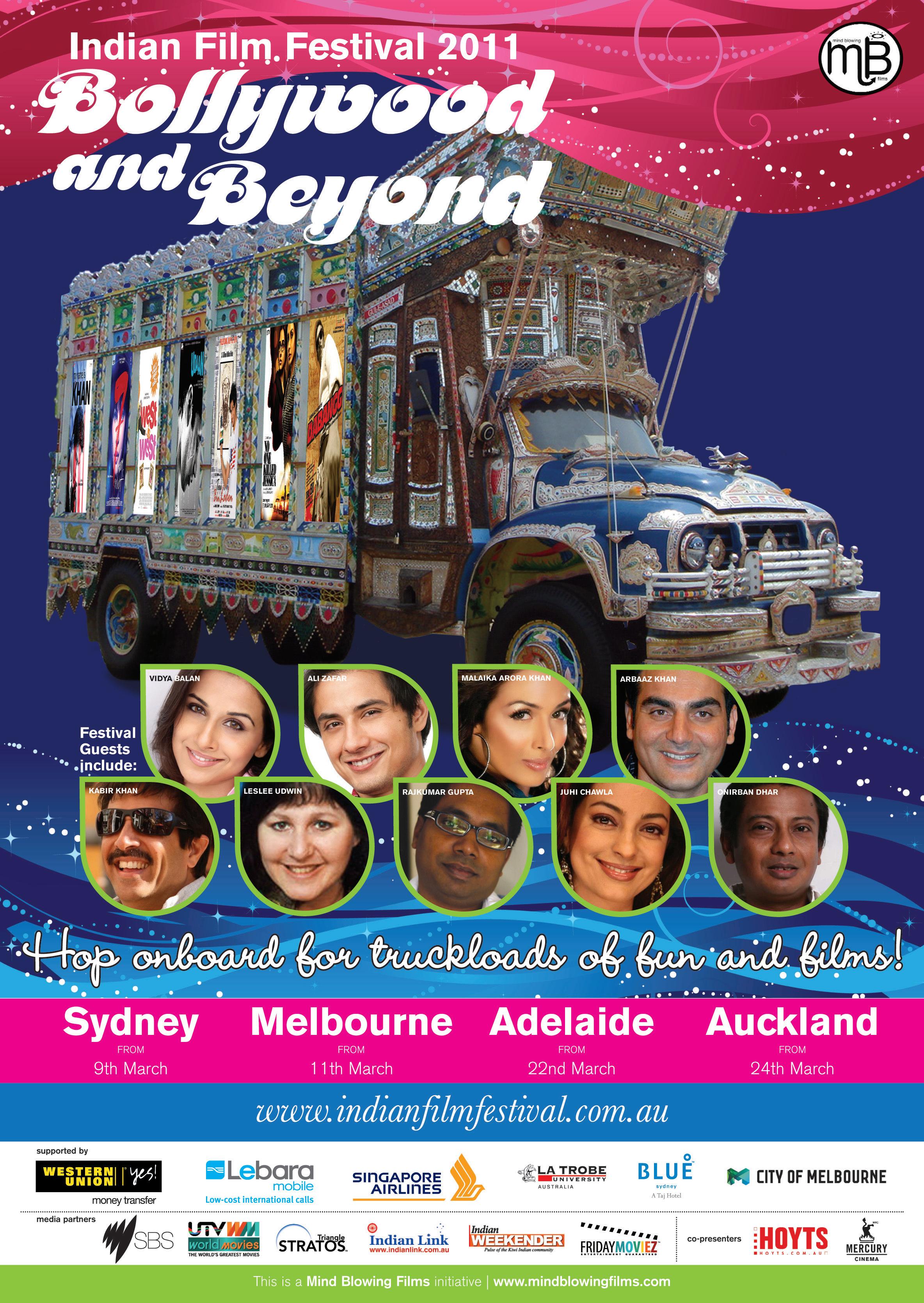
FEBRUARY (2) 2011 <> 57 NATIONAL EDITION
BUZZThe
She’s as Punjabi as…

sarson ka saag and makki di roti
Poor Priyanka Chopra. She got into a heated verbal argument with a man in Delhi while promoting her just released film 7 Khoon Maaf . Apparently he accused her of not being Punjabi enough. Of course the cool-as-lassi Priyanka laughed it off at first, but he kept rattling her. He kept interjecting, insinuating that she had done nothing for Punjab and Punjabis. Finally, Piggy Chops, who can be as spicy as the most masaledar amritsari wari you can find (ask Kareena Kapoor) blew her top and told him to shut up and piss off. Oye pappe , her minders screamed after him when he was out of sight and they had they had cooled off with some aam-kapann a, how dare you chhed-chhad our darling Punjabi kudi

For those of you who don’t know (like the bewakuf who scuttled off from the press conference), Priyanka’s father is Punjabi and her mother is from Jharkhand.
Superstitious Madhavan
He had a super-duper hit with his 3 Idiots And now Madhavan wants to repeat that feat. So for his upcoming release Tanu Weds Manu, the superstitious Madhavan went to great lengths to do exactly the same things as he did on the earlier film. You mean, arriving at the same time, wearing the same chuddies, that kind of thing? Um, no. Actually, he got the director Aanand L Rai to keep his entry in the film similar to that of 3 Idiots, because he feels it could be lucky for him.

The film, co-starring Kangana Ranaut, is a tale of attraction among opposites. He’s the nerdy NRI, and she’s the spirited urban extrovert. The film opens this week, and we
can’t wait to see if superstitious Madhavan will break into a jig, once again, and sing Aaaal iiiis weeellll!
Comedy and me!
He has always played intense and serious roles, but not many know that Bollywood actor Neil Nitin Mukesh has a humorous side which he would like to explore in films.

The actor is keen to do situational comedies.
“I would love to be a part of a situational comedy like Hera Pheri,” said Neil. The fivefilm-old Neil has garnered plenty of critical acclaim with serious roles in his films Johnny Gaddaar, Aa Dekhen Zara, Jail, New York and Lafangey Parindey, but off-screen the actor
WHO ?
director. He has a different vision and explains everything beautifully to us as actors,” he said. Neil sports a moustache for his role as army man Major Edwin Rodrigues, and says the character is inspired by his uncle Mohnish Mukesh.
So, does he plan to sport a moustache in future?
“Let’s see how the audience responds to it,” he said.
Apart from Neil, the film also stars John Abraham, Irrfan Khan, Naseeruddin Shah, Annu Kapoor and Russian actor Aleksandr Dyachenko.
Asked if he was ever apprehensive about being a part of the multi-starrer 7 Khoon Maaf, Neil said, “I don’t understand why everybody is asking the same question. If I had been apprehensive, I would not have taken the film in the first place.”
“Such things sometimes create a doubt in the minds of actors like us - whether we made the right decision or not,” he added.
Meanwhile, Neil is busy shooting for Abbas Mustan’s Players with Abhishek Bachchan, Bipasha Basu and Sonam Kapoor and reveals that he has signed another film.
So is Neil preparing us for his new comedy avatar? Let’s wait and see.
Mahesh makes a mean point!
The Shiv Sena has warned the Indian film industry against hiring Pakistani artistes, saying it will teach a lesson to those who do so, leading film-maker Mahesh Bhatt said recently, reading out a letter received making this statement.
admits he is a clown.
“I keep making people laugh with my acts. I have a great sense of humour. I am a good mimicry artiste also, a glimpse of which you would have seen in Johnny Gaddaar,” the actor proudly said.
Last seen in Lafange Parindey with Deepika Padukone, Neil returns with yet another dark role in Vishal Bharadwaj’s 7 Khoon Maaf, which is an adaptation of Ruskin Bond’s short story Susanne’s Seven Husbands. He plays the role of the “lucky first husband” to get married to Susanna, played by Priyanka Chopra.
“I was a bit nervous at first about working with Vishal but in course of time I realised he is a very humble human being and a great
Maharashtra Cinema Television Sena (MCTS), a frontal organisation of the Shiv Sena, has threatened those using the services of Pakistani artists, he said, adding he received a letter addressed to all production houses, organisers, event managers and media houses.
The warning by Sena comes in the wake of the detention of Pakistani singer Rahat Fateh Ali Khan at Delhi airport recently, for carrying undeclared foreign currency.
“We at MCTS would like to inform you that henceforth if any of the above mentioned fraternities indulge in such an act wherein the Indian soil is used for Pakistani performers we are determined to teach them a lesson in our Shiv Sena style,” said the letter.
58 <> FEBRUARY (2) 2011
ENTERTAINMENT NEIL NITIN MUKESH MADHAVAN
(Find the answer under Caption Contest)
She rose to fame as a hockey chick
GUESS
few Pakistani artistes time and again by conducting events and television programs, serials etc thus making our Indian artistes helpless, jobless causing grave injustice to their hard-earned talent,” it said.
Bhatt said the threat was a method to continue the war in the field of arts and culture. He said it was the responsibility of the governments at the centre and in Maharashtra to take action in this regard.
“They have to decide whether they allow trampling of individual liberty and can any political group dictate you to do this and not this,” said the filmmaker.
He said while Rahat should be punished and jailed if he had violated the law, the process of cultural exchanges should not be stopped in the larger interest of the people of the entire region.
bitterness between the two countries.
“We achieved what others could not achieve for 60 years. Before 2006, no Indian films were screened in Pakistan. Today all Indian films are being screened in Pakistan and Indian cinema is making money from this. In return, only two or three of their singers come here,” he said.
The filmmaker emphasised that people of Pakistan are not the government of Pakistan.


“Our Pakistani brothers are also fighting against those people who are involved in bloodshed. They are also victims. It is not proper to put the people of Pakistan in dock, stop the composite dialogue process and hope that the region will be fine,” he added.
It’s time the government takes Bhatt’s lead and puts the Sena firmly in its place.
contenders from the Karnataka BJP for the seat. Chief Minister B.S. Yeddyurappa denied a rift in the state BJP unit over Hema Malini’s selection.
“There is no rift. The party high command has taken the decision and we are all bound by it,” he told reporters.
Hema Malini’s victory is assured as the ruling BJP has 107 members, including the speaker, in the 225-seat assembly. The veteran actress is likely to file her papers on the last day for doing so. Hema joins the bandwagon of veteran actors enjoying the limelight in politics, instead of the big screen. Good luck to her!
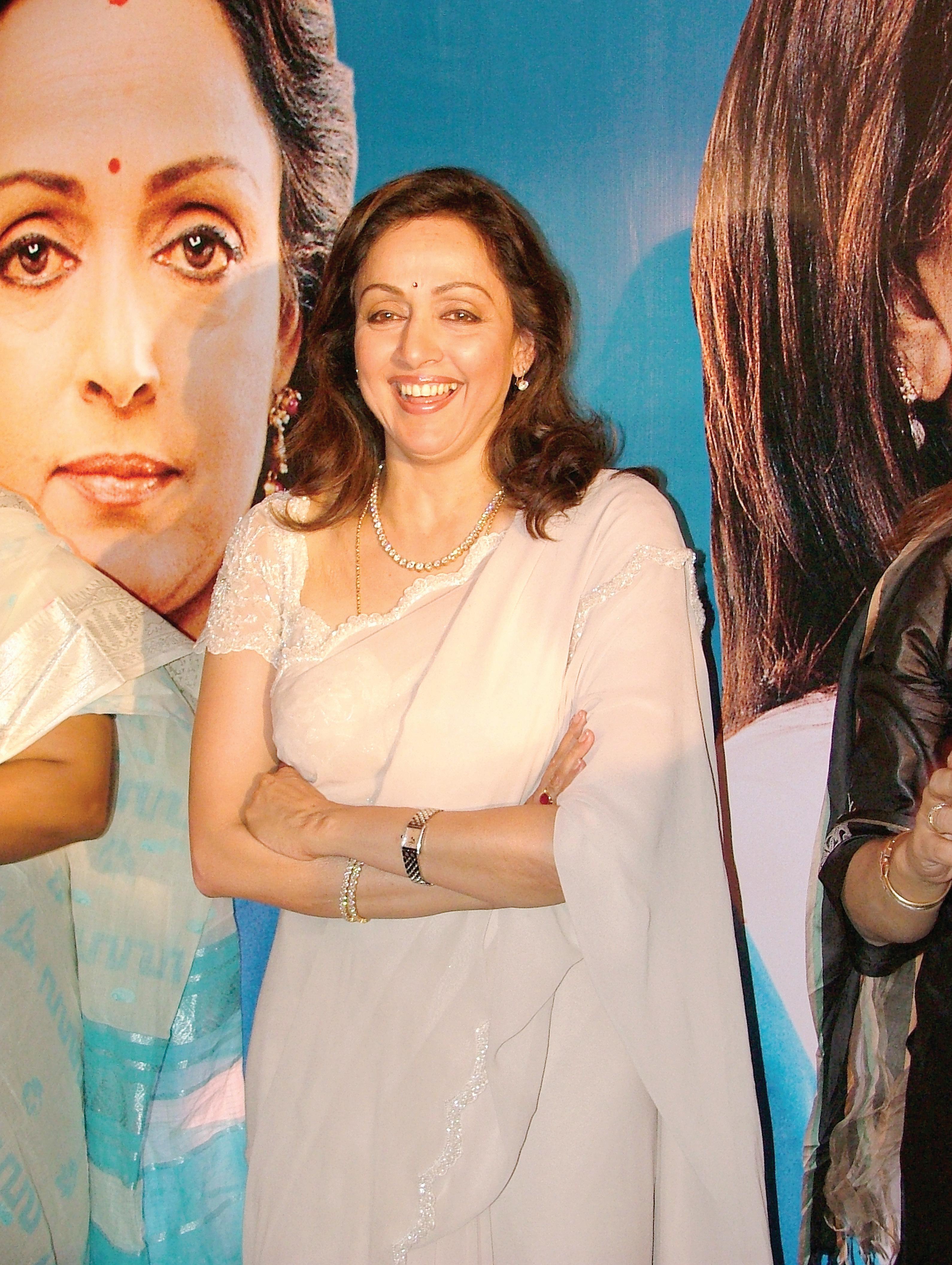
Big B learns a lesson
Megastar Amitabh Bachchan’s hectic shooting schedule in Bhopal for Aarakshan is proving to be quite a learning experience.
“Saif (Ali Khan) introduces me to a cool application on iPad - ‘Rehearsal’. Particularly useful for us (artists) in reading scripts, making comment,” Amitabh wrote on microblogging site Twitter.
The film based on the sensitive issue of reservations is being directed by Prakash Jha and stars Deepika Padukone, apart from Saif. Well, at least the Big B has proven that an old dog can indeed learn new tricks!
Marriage matters
Bollywood actress Lara Dutta and tennis star Mahesh Bhupathi ditched the paparazzi and got married in a civil ceremony at his residence in Mumbai recently, before heading to Goa where their wedding celebrations began on a grand scale.
An hour before the wedding, Mahesh posted online that there would be no media during the civil ceremony and he would post pictures of the marriage on his online profile, which he did after the ceremony was over.
Mahesh wrote online, “Mr and Mrs Bhupathi folks...” and also posted a picture. While Lara was dressed in a cream coloured ensemble by designer Ritu Kumar, Mahesh was in formal attire.

Post the ceremony, the newly-weds flew to Goa to join friends and begin the celebrations. They also had a Victorian-style wedding and exchanged wedding vows, with former Miss Universe Lara wearing a white gown, while Mahesh sported a black suit.
“We had a memorable time at the wedding. Looking forward to the rest of our lives together,” stated the celebrity couple in a message after the wedding.
Bollywood actors Ritesh Deshmukh, Chopra, Celina Jaitley and Boman Irani and
From the sporting field, Rohan Bopanna
CAPTION CONTEST
What’s the chitchat between Jagjit Singh and Talat Aziz?
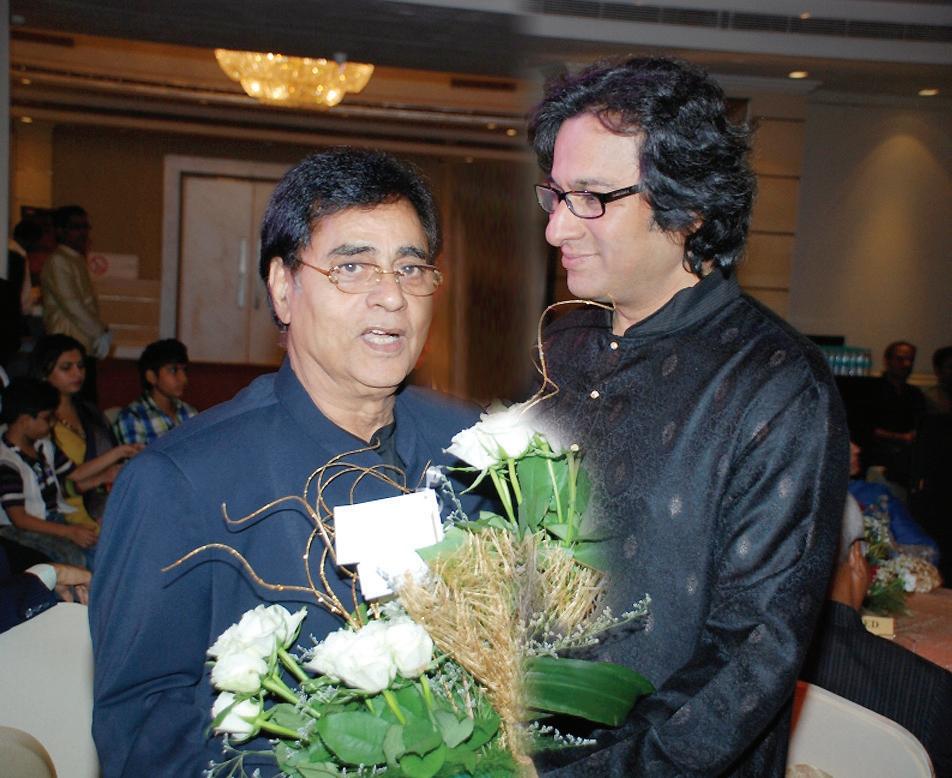
Send in your responses to info@indianlink.com.au and win a surprise prize
Last issue Caption Contest winning entry
What’s the chitchat between Priyanka and
Shahid: Mujhse shaadi karogi?
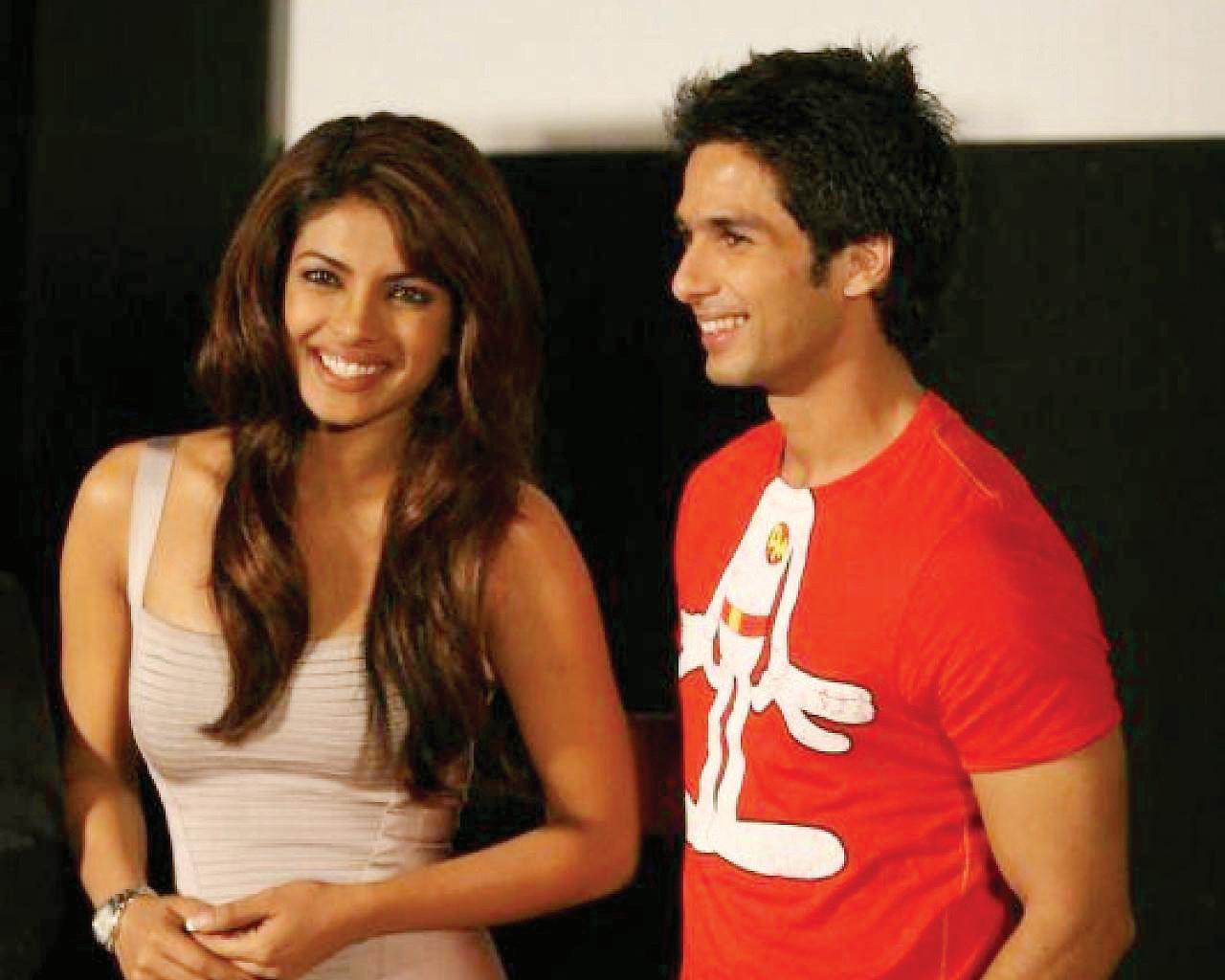
Priyanka: Haan kyun nahi, agar aathva khoon maaf ho to…
Sonia wins an original audio CD of 7 Khoon Maaf
Another good one
Whatever the chitchat is, it’s not about Kareena, that’s for sure!
Gamini Kawiratne
FEBRUARY (2) 2011 <> 59 www.indianlink.com.au
GUESS WHO ANSWER
BHATT
MAHESH
MALINI
MAHESH BHUPATHI AND LARA DUTTA
HEMA
instinctively felt he was going to be a big star.
At that time I was working with G magazine and my story with him got rejected as he was still known as a TV star. In order to feature him, I went around interviewing 36 other Khans who were hopefuls at that time. We kept in touch after that and would run into each other at filmy parties.
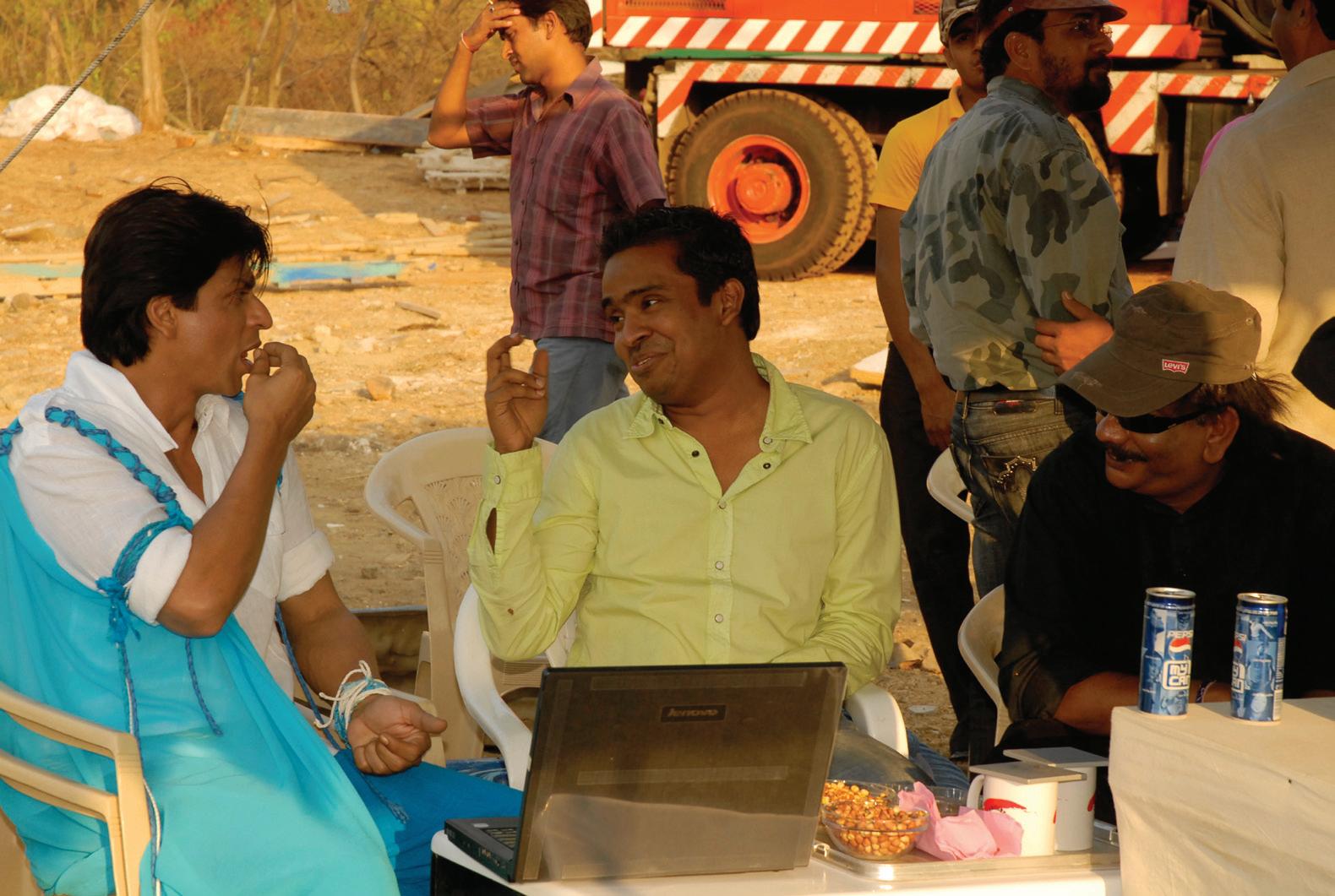
Our bonding was gradual and symbiotic in a way. He never interfered with my work. I was the bitchiest reporter on my team and often I did write items about him or his movies that did not show him in a good light. But he never told me off because he respected the fact that I was doing my job. That’s typical of Shah Rukh - he lets people grow and doesn’t expect his friends to be sycophants because he doesn’t take himself too seriously.
The King and I
Bollywood script writer Mushtaq Shiekh (of Ra.One, Billu and Om Shanti Om fame) talks about his friendship with actor Shah Rukh Khan which has survived the filmy gossip of Bollywood.

who could hold an intelligent conversation on anything from Osho to the solar system to the latest software. We both are bookworms so there is always some interesting book to talk about. We have other things in common too. I don’t drink and SRK is not into booze parties either. We are both insomniacs and we both love watching movies.
But there are things we don’t agree on. He is a fitness freak and I am not. He has the weirdest gym regimen - he can be in the gym at 2 in the morning if he feels like exercising. He is forever giving me gaalis about my paunch and trying to get me into the gym but I am allergic to exercise.
The man is so obsessive about his work that he will go through any kind of pain if it is to deliver. He has had surgeries, broken bones and immense pain, but will
continue to shoot through it all. I also think that he smokes way too much and takes his health very lightly. I know he has tried to quit smoking several times but has not succeeded. I have tried telling him to quit, as it is obvious that smoking is taking its toll on him.
There have been stories of us having a falling out over something or the other. I have been a journalist so I know how it works. The same people who will write in the morning that SRK and I have had a fight, will see us partying together in the evening and will say we have patched up. Both variants are a figment of their imagination.
As a superstar with his kind of charisma, it is very easy for a lot of people to be in awe of him. But I have known him for long and I think, in a way I take him for granted, it’s not the other way round. It only hits me that I am friends with a superstar when we are at a hotel on location somewhere and
I step out to see 10,000 people waiting to catch a glimpse of him.
He is a generous friend but not in the ‘gifty’ sort of way. He is not exuberant with his affection or flamboyant, but he is dildaar And as a friend he is also very loyal and he commands the same kind of loyalty from his friends.
Hanging out with SRK means we often do kiddie stuff. He is a very devoted father and if he gets 12 hours of free time, he will spend eight hours with his kids. So we have done things like play football with Aryan in Hyde Park, build him a tree house, read stories to Suhana and her friends, and shop at stores in London for her birthday party.
Being friends with Shah Rukh has been an emotionally rewarding experience as he goes out of his way to make his friends comfortable in every way.
Mushtaq Shiekh spoke to MINNAL KHONA in Mumbai
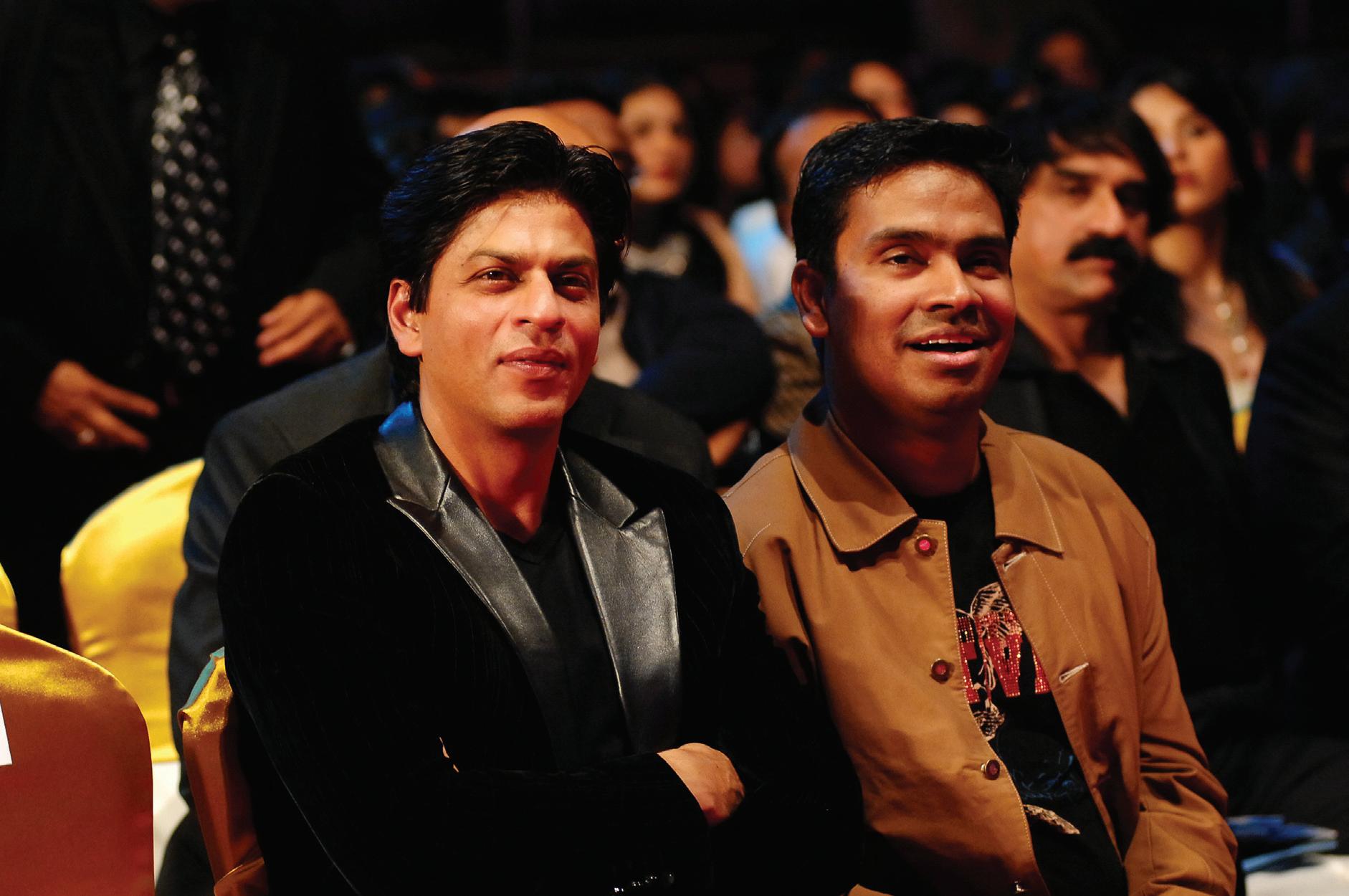
60 <> FEBRUARY (2) 2011 INDIAN LINK
ENTERTAINMENT www.indianlink.com.au
Cine Talk
Another winner from Vishal Bhardwaj
Film: 7KhoonMaaf
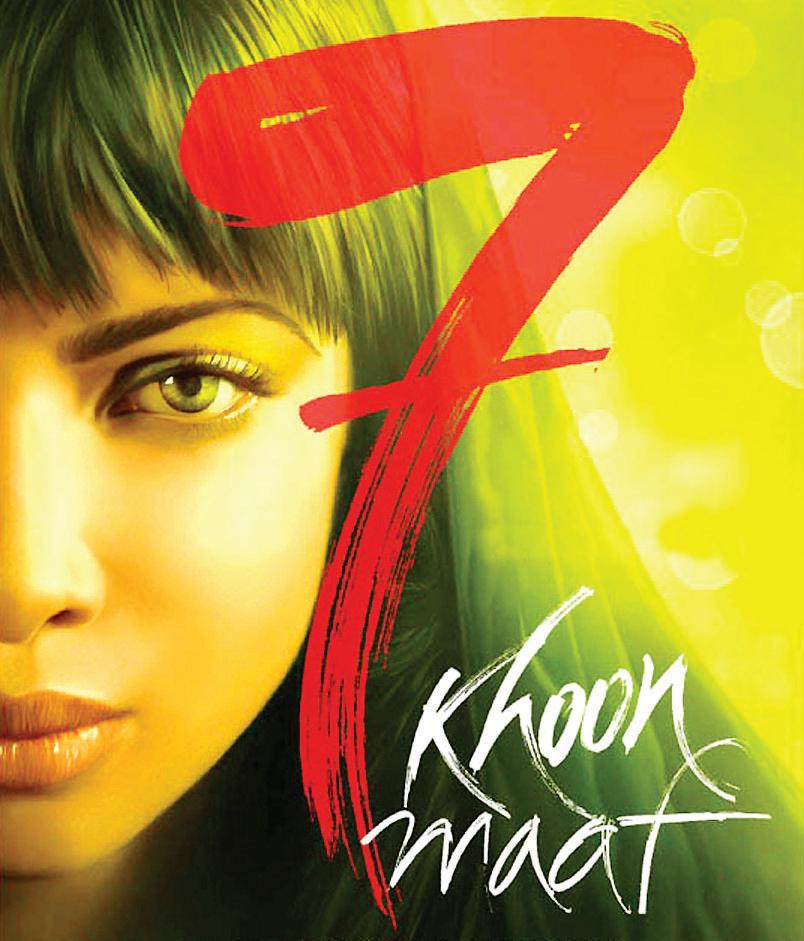
Cast: Priyanka Chopra, Naseeruddin Shah, Irrfan Khan, Anu Kapoor, Alexandr Dyachenko, John Abraham, Neil Nitin Mukesh, Vivaan Shah
Director: Vishal Bhardwaj
Vishal Bhardwaj and Priyanka Chopra chalk up an absolute winner with this one.
How do you make sense of a woman, an incorrigible, loathsome serial spouse-killer who when challenged about her weird passion for changing husbands by divine decree rather than the law of the land, turns around and says, “This heart of mine, it’s to blame.” How does one make head or tail of such a woman? Well, the first thing a director with a canny sensibility does, is sign Priyanka Chopra to play the wretchedly unfulfilled, genetically incomplete woman, a living, throbbing warning against the institution of marriage!
Priyanka, not for the first time, proves she is leagues ahead of all competition. She approaches this strange and sensual creature of the night from the outside and then quietly makes inroads into the woman’s heart and soul. We can actually see the character’s snarled
inner-world on Priyanka’s face!
Vishal Bharadwaj has made films about gangs and gangsterism. Every time, the dark brooding atmospheric surface seemed to suggest a life of sinister suppressions. Those unspoken, intangible thoughts and visions that often guide a human being to his or her doom, are outlined here with supreme poetic elegance.
This is Bhardwaj’s most fluidly-narrated film to date. Of course, having Gulzar on board helps. He pens Urdu poetry for Irrfan Khan and rock poetry for John Abraham. For Priyanka poetry is not needed. She creates a kind of indecipherable poetic statement for her deeply dysfunctional character who kills 6 husbands and moves to the 7th at the end of the film with the profound satirical grief of a woman who has discovered that this world has no true love to offer her.
True love... now that’s an idea. At heart Vishal’s dark elegiac film is about the search for true love. The relationship that Sussanna (Priyanka) forms with a young boy (Vivaan Shah) as she goes from one husband to another remains at the core of the film. In a macabre subversion of the almost-pure love that Susanna shares with Vivaan’s character, at one point in the narration she tries to seduce the boy who’s almost like a son. It’s a dark ugly moment, almost repugnant in its incestuous resonance but in keeping with the character’s insatiable appetite for destruction.
Vishal Bhardwaj brings to the story a deep sense of tragic grandeur even as Susanna slips from self-gratification to delusional spirituality.
Priyanka Chopra has already proved herself in earlier works notably Fashion and What’s Your Raashee. In 7 Khoon Maaf she moves to another level, displaying a range of emotions and agechanges (minus prosthetics) that one last saw in Shabana Azmi’s performances.
Priyanka’s sequences with Irrfan Khan (playing a gentle poet who transforms into a sexual pervert in bed) are stuff poetic nightmares are made of. We can clearly see the cinematographer (Ranjan Palit) is not in love with the actress, but the character.
A. Sreekar Prasad edits the life of Susanna with a surety that, alas, the character never comes close to achieving in her dealings with the opposite sex. Sreekar creates a seamless movement from one husband to another, sometimes joining segments in Susanna’s life with visuals that would otherwise seem incompatible.
The husbands are all played by actors who strip away their vanity to become the suave but duplicitous untrustworthy spouses who cheat and betray for the sake of the opposite emotion to love. Irrfan Khan as a wolf in poet’s clothing, Naseeruddin Shah as the affable old Bengali dietician (his Bengali accent is more dead-on than any true-blue Bengalis) and John Abraham as a stereotypical rock
musician gone to poppy-seed, are pitch-perfect in creating a drama of the callous for Priyanka’s character.
But it’s Neil Nitin Mukesh as her first legless army-man husband whose display of clenched menace jolts you.
As a storyteller Vishal Bhardwaj has never been more in command of his language. He punctuates Susanna’s story with bouts of unexpected humour and poetry. Providentially the murders are committed in ways that appear more humorous than savage. And that’s both a good and a bad thing.
The narrative shows a rare understanding of the gender dynamics and the sexual tensions between men and women. Priyanka Chopra’s interaction with the unctuous and closet-horny police officer Anu Kapoor delectably illustrates the fable of the Temptress & The Besotted. And by the way, Viagara never seemed funnier.
Priyanka Chopra goes from husband to husband with a mocking sigh of resigned surrender. She is not a victim. But neither is she the hero of the bizarre web of destruction and delusion that her character weaves around her.
A father-son story at heart
smothered silences. In Patiala House Akshay’s silences scream in wounded protest every time papa Rishi Kapoor’s iron hand falls on his dreams.
In many ways the screenplay (Advani, Anvita Dutt Guptan) is a compendium of cliches -- despotic dad, timid mother (Dimple Kapadia), unfulfilled son, encouraging girlfriend, her precocious surrogate-son. Advani converts familiar characters into believable warm endearing ones whose lives begin to matter to us as we watch them in their Southall setting.
Film: PatialaHouse
Cast: Rishi Kapoor, Akshay Kumar, Dimple Kapadia, Anushka Sharma
Director: Nikhil Advani
It takes us just five minutes to get the hang of this film’s narrative structure. It is as nimblypaced as a fast-bowler playing cricket in a wide-open field trying to avoid the roar and din of the cheering crowds.
For a film that has a surprisingly large number of characters (after the 23rd SikhBriton running up and down the wooden staircase I stopped counting) the noise decibel is surprising low. The clamour of a crowded Sikh household in London never overpowers the emotional kernel of this film.
also spiritual and emotional misfits in their own household - are brought out brilliantly by a confident storyteller.
This time Nikhil Advani takes no chances with inordinate length after his episodic structure in Salaam-e-Ishq failed. Economy of expression is paramount here. Not that Advani shies away from taking risks. The selfassured manner in which he aggregates the characters in a house run by a patriarchal Sikh in Britain (Rishi Kapoor, firmly in command) without crowding and asphyxiating the canvas, shows a deep empathy with the characters who drift into his range of vision.
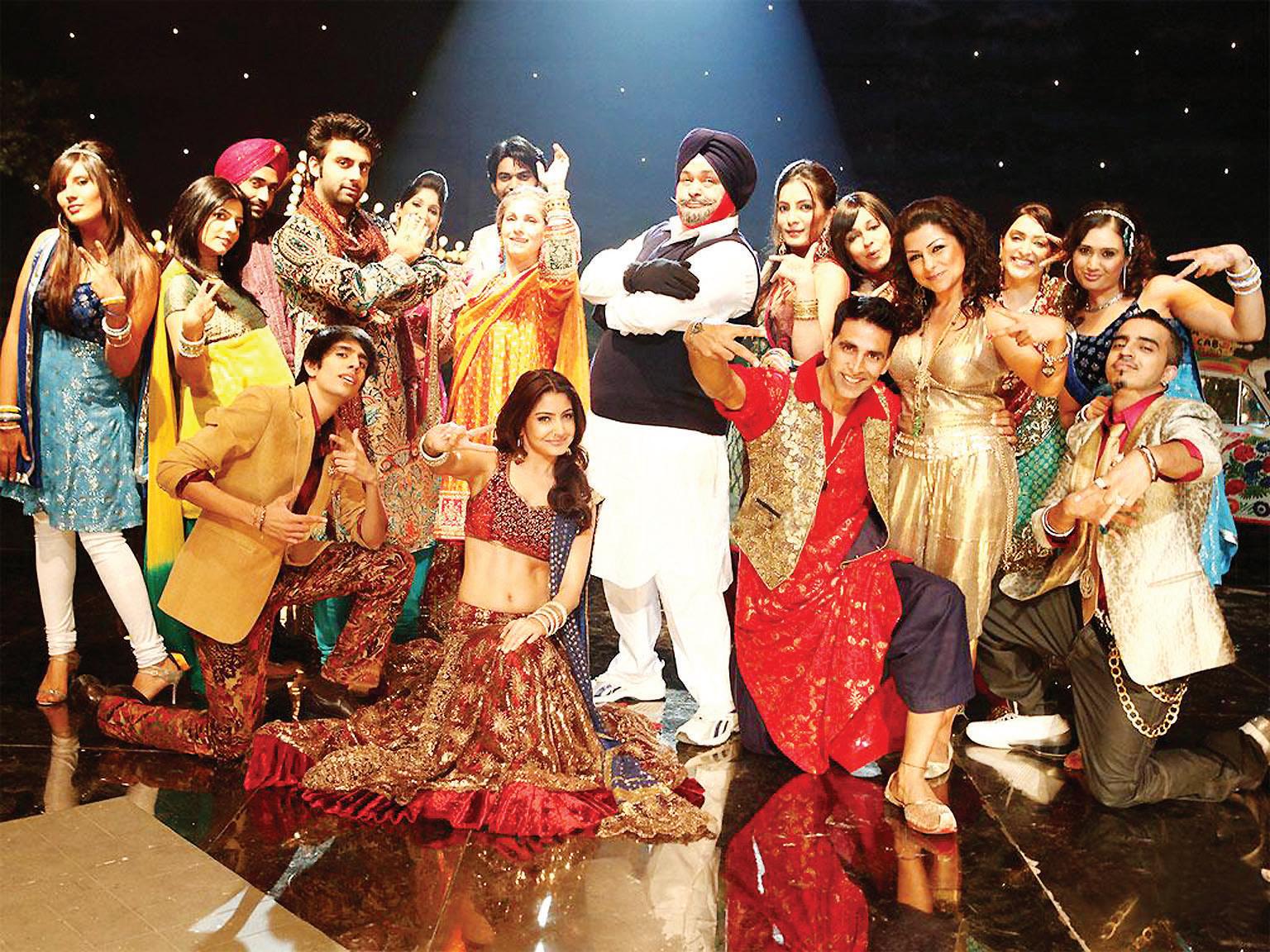
At heart, Patiala House is a father-son story. Akshay has done them before, eg Suneel Darshan’s Ek Rishta where the father Amitabh Bachchan drove son Akshay to a state of
The historic data about the Sikh community in Britain is kept at a bare and bearable minimum. The narrative never feels the burdens of the cross-cultural migratory journey. And that’s the film’s USP.
Even as the peripheral characters make a fleeting but coherent impact (Rishi Kapoor’s pregnant daughter-in-law’s anguish at watching her husband being treated like a doormat is as apparent to us as daughter Hard Kaur’s tattoo), we are constantly seeking out the next chapter in the repressed Gattu’s wretched-going-on-glorious life.
Akshay plays Gattu with a restrain that never shies away from tears. Every time he thinks of his ruined dreams a trickle of a tear flows down his cheek. It isn’t done for effect.
Akshay embraces Gattu’s shattering dreams and makes them his own.
Is this Akshay’s finest performance to date?
Yes, for the sheer mastery over the heart and soul of his character and the dignity he brings to it.
Akshay and Rishi don’t look like father and
son. And that’s the best compliment one can pay to the film’s theme. How can they look like a family, when the father has constantly denied the boy’s sense of self? Oh, Rishi is a bellowing volcano of arrogant prejudices. With brilliant bravura, he almost echoes the tyranny of Prithviraj Kapoor.
His sudden reformation at the end is unconvincing. The unhurried grace of the film gives way to an urgently-claimed culmination. One can’t blame Advani for abandoning the pace - he knows the audience wants a hurried send-off.
Anusha Sharma remains effervescent in her volubility, but perhaps she could have been less talkative.
Though scarce, the moments between Akshay and Dimple are very precious. There is a specially evocative sequence at the hospital when the invalidated Rishi Kapoor tells his wife Dimple Kapadia to shut the door on their son Akshay’s face.
The emotional moments are bolstered by Shankar-Ehsaan-Loy’s resplendent background score. But Santosh Thundiyil’s cinematography adds precious little to the proceedings. London doesn’t seem to come alive beyond the cricket field.
The editing (Manan Sagar) could have been less generous. Portions of the narrative lose their energy. Before it sags, the director swoops up his characters’ dreams into curvy shapes. The narrative never loses its way in the maze and clutter of the characters and ambitions. Gattu finally finds his groove. The film, though, never loses it.
FEBRUARY (2) 2011 <> 61 NATIONAL EDITION
ENTERTAINMENT
Subhash K. Jha
Subhash K. Jha
www.indianlink.com.au
SEEKING BRIDES
Match required for India-born Jat Sikh boy, temporary residence going to apply for permanent residence, 25 year old, 5’10”, fair complexion, BSc (medical), diploma in horticulture, father Govt employee, brother in Italy. Looking for a girl from an Australiasettled family. Call 0430 472 878, or email bali_heer@yahoo.co.in
S eeking well-educated Hindu girl in Australia for 31-year-old, well settled Hindu Punjabi boy in Sydney. The boy has finished Masters in IT from Deakin University Melbourne. For further enquiries contact Nitin Gera (brother) 0401 279 200 or nitingera.work@gmail.com
S eeking a Gujarati girl with good family values, for my son, 35, divorced since 3 years, no children, tax consultant, fair, 5’8”, non-smoker, light drinks, eggetarian, living in Sydney since 18 years. Contact 0402 416 353 or hp11869@hotmail.com.
F iji Hindu, 52, dual Australian / New Zealand citizenship, living in Liverpool, Sydney, seeks Hindu wife from India or Fiji, age 30-45. Please email details / pics to ron_87singh@hotmail.com

Match for Sydney-resident never married, 28 year old, slim, handsome, fair complexioned, Sood Punjabi boy, IT professional, 5’9”. Seeking Indian girl. Caste no bar, girl’s merit main consideration. Please call 0416 407 496.
3
0-year-old Punjabi Brahmin male, 6 feet, fair, handsome, double degree
holder, Reigistered Nurse, Australian citizen living in Sydney, seeks suitable match of honest girl with good family values. Caste no bar. Please reply with photo and details amit4012@hotmail.com or call 0431647402.
Seeking an alliance for Valmiki boy, 36, 5’8”, very well educated, LLB, MIB (AUS) government employee, Australian citizen. Parents are seeking a well educated, homely girl with traditional values. Caste no bar. Respond with photo and complete bio at valmikiboy@hotmail.com or call 0431 159 221.
SEEKING GROOMS
Patel Family invites all upper cast Gujarat family. Correspondence for sister 1979 born, height 5’4’’, government job in India,visiting Australia in March, Mcom, good looking, brother settled in Australia, interested family email bio-data with picture on amin_mitesh@yahoo.co.in
Alliance invited for a good looking Malaysian Hindu Tamil girl, 30 years, 5’ 4” IT degree working for a bank in Sydney. Seeks Hindu Tamil professional or degree holder of good family background. Family members are Australian PR holders. Contact details 04 7802 4860 or email mahaworlwide@yahoo.com
Seeking a 27-31-year-old male of FijiIndian background with strong social, cultural and religious values, preferably a non-drinker, residing in Australia or New Zealand, must be a University graduate, vegetarian and a non-smoker.

Dr. G. L Gupta settled in Australia since 1970 seeks match for Hyderabad-based grand daughter, DOB 7 Nov 1986, 5’ 4” fair with sharp features. Graduate in Commerce, PG Diploma in Banking and Finance from IFBI and working in ICICI Bank. Coming to Sydney. Seeking Hindu preferably Agarwal professional match. Contact 0401 448 186 / 0404 833 750. E mail giri32@yahoo.com.au
33-year-old Fijian Indian female seeks Hindu male 33-35, never married, Australian citizen, graduate, vegetarian and tall. She is tall, slim, vegetarian, never married, and has an Australian degree. Please send full profile with a recent photo to email arnj01@hotmail.com
Well established Indian Hindu family from Fiji living permanently in Melbourne seek a professionally qualified boy with good career background for their daughter, 28+. Five feet tall, medium complexion, slim, attractive, Australian born, University graduate. Please send in absolute confidence your biodata, telephone number, recent photograph and email address to The Advertiser, PO Box 339, Naree Warren South, 3805.
Punjabi Hindu Khatri good looking smart homely girl never married, 34 5‘11”, looks very young, seeking tall Indian boy settled in Australia, two brothers well settled in Sydney, Caste no bar. Contact with photo and details on 0425910007 or ricky.bhalla@gmail.com
Seeking match for 39/165, unmarried, fair, slim, beautiful, Indian Punjabi girl, family oriented and responsible, traditional values, IT professional, brought up in India. Australian citizen. Early marriage. Can relocate. Serious enquiries only. Caste no bar. Email with photo: sydgirl09@gmail.com
Wanted well-qualified, handsome, fair Punjabi Hindu boy, well-settled in Sydney, PR holder/Australian citizen, for a Punjabi Hindu girl, extremely beautiful, slim, very fair, 32 years, 5’3”, MBA (Australia), Australian citizen and a professional belonging to a high status, very well qualified business class family. The girl is an innocent divorcee with a brief marriage. She is a very loving, homely, caring, intelligent and bubbly with a perfect blend of traditional and modern values. She is born and brought up in India. We are God fearing, very wellrespected, down to earth and sober family with a positive outlook towards life. Similar profiles preferred. Please send full profile with latest photos to email to.sweet@hotmail.com
Punjabi Arora parents seeking wellsettled/professional match for beautiful, slim, unmarried, 37/ 165 IT professional with strong family values. Brought up in India, settled in Sydney. Australian citizen. Status family. Caste no bar. Early marriage. Email with photo: ausgirl101@gmail.com
For an Australian born, well educated and established 27-year-old female with similar values. Please forward a photo and full details to amdm01@hotmail.com
62 <> FEBRUARY (2) 2011 INDIAN LINK ‘You name it, we have it’ Your one-stop spice shop Himalaya Spice Centre 1 Station St, Thornleigh, NSW, 9481 8200 Shop 3 96-98 Wigram St, Harris Park, NSW 9893 8691 1/1 Pound Road, Hornsby, 2077 9477 2500
Matrimonials
The theft of trust
Sometimes even loved and trusted ones can betray for monetary gain through bizarre and unethical means
BY RANI JHALA
The newspapers were rife with stories of the sad state of affairs in hospitals here. Every day someone we knew brought up another episode of abuse or medical negligence and with each episode, one grew more fearful.
Amidst this unhealthy atmosphere, my mother who had long waited for elective surgery decided that having the surgery overseas would be a good alternative. Financially it would be cheaper; her nephew had opened his home to her for post operative recovery, and had even offered to book her into his hospital. As an added bonus, he knew the doctors on a personal basis and offered to get mum a family discount on the private room charges. It even had its own research section.
With both my wife and I working full time, this offer and suggestion was most welcome. It solved all our problems. We would not have to take extra time off, my mother would be with people she loved and we would not have to worry about leaving her alone at home after surgery.
We took all the medical records with us and flew out before my mother’s health issue worsened.
My cousin and his wife were at the airport to warmly receive us and we drove to their luxurious waterfront home. The ground floor room had been lovingly prepared for my mother.
The week that followed rotated around meeting doctors and having medical tests repeated. The ground work had already been done, so a week later my mother was admitted into the hospital. This state-of-the-art feature was jam packed with the latest equipment. JACS Hospital could compete with the best in the world and win. It was a medical marvel that lived up to all that was promised on its website.
After admitting my mother to the hospital we returned to my aunt’s home. That night when getting myself a glass of water, I overheard a conversation between my cousin and his wife. It did not make sense to me at all, but something must have triggered an alarm bell because I could not sleep after that. Her words resounded in my mind, over and over again: “You aunt has all her organs. We should do quite well out of this.”
On the morning of the operation, my wife and I took a taxi and went over so that we could be with
my mother before they took her into the theatre. My mother was most relaxed and actually loving the attention she was getting there. Leaving my wife with her, I tried to find the surgeon hoping to touch base before the operation. I was directed to his room. Sheer luck, coincidence, a protective angel - call it what you will, but I became privy to another conversation - a conversation between the surgeon and a man.
A few sentences into the conversation left me in no doubt that at least the doctor, if not the hospital, was involved in highly unethical activity. I switched on the recorder on my mobile. The two were discussing the sale of a patient’s organs to the research department of the hospital. Not organ donation which is done at the patient’s desire and their family’s consent; this was taking organs from dead and dying patients! The man was happy with the price. He arranged that no family member was to be allowed near the patient after the operation. He could not afford an investigation or inquiry, especially as he was the related to the patient. It was obvious that this kind of transaction had been done before.
The voice had sounded familiar and then I heard the name of the person who was to supply these organsmy mother!

My first instinct was to confront my cousin. But then I realized that I had a bigger problem to deal with first - the task of removing my mother from their hospital without raising suspicions. A task complicated by the fact that she was already in pre-op.

I rushed out of the room and blended into the crowd of visitors. I had to ensure that the person speaking was indeed my cousin. Ten minutes later my cousin walked out. Along with him, matching his stride was his wife. They headed towards the florist.
I gave them a few minutes and rushed to my mother’s room. I told my wife everything and asked her to collect our belongings and meet me at the airport with our documentation.
I then faked a heart attack and diverted the attention to myself. My mother stressed over my condition and refused to proceed with the surgery. When my cousin walked into the room, it was to find all his well-laid plans ripped asunder. He could not disguise his anger at his monetary loss. The flowers in his wife’s hand were the victims of hers, as they lay crushed between her fingers. I waited until my wife rang to confirm that she had left their home and then checked my mother and myself out, saying that we would return the next day. Instead of journeying with my cousin we took a separate taxi and headed to the airport. Once I had my mother and wife on the aircraft out of the city, I drove back to the main police station and gave my evidence. There I learnt that an investigation into this malpractice was already underway. And my own cousin’s activities were being investigated. They believed he had sold his own mother’s organs after her death. The cleverly performed second incision along the line of the original surgery has not been missed by his sibling, and a report had been lodged by her.
The police assured me that the Minister for Health had himself called for the investigation, owing to the many complaints they had already received. For a country that hoped to generate considerable income from overseas visitors travelling there for medical procedures, this kind of malpractice was unacceptable and criminal. And they wanted a morally irrepressible crime to be stamped out before it became an epidemic. My cousin was not the first to sell, nor was this hospital the first to buy.
The minister was going to recommend that all patients have full body scans after surgery and was calling for this practice to be compulsory for postsurgery deaths. Medical theft of organs and their illegal sale were going to attract mandatory sentencing. Equally culpable would be the medical institutions that permit harvesting of organs for their research departments without the consent of the patient.
While this is the step one country is going to take, maybe it should be the norm everywhere. Crimes have a way of becoming global and as they say, it is best to nip things in the bud.

FEBRUARY (2) 2011 <> 63 NATIONAL EDITION
www.indianlink.com.au
FICTION
For expert coaching in Lowest Fee Guaranteed IELTS ENGLISH GURU Suite -1, 71 A Macquarie St, Parramatta, Phone 0411 520 546, 9687 9741 www.englishguru.com.au • Power Packed Sessions. • One and Two Weeks Crash Courses Available. • Money completely refundable, if not satisfied with the first tuition session.
A few sentences into the conversation left me in no doubt that at least the doctor, if not the hospital, was involved in highly unethical activity
Ask Auntyji
Rude and discourteous
Dear Auntyji
I have a problem at work and I need your help with it. My co workers have complained that I am discourteous and abrupt to them - to the point of being outright rude.
I was quite surprised by this - and was too shocked to even say anything. They have brought this up on three occasions, and each time, I get too surprised to defend myself. In fact, I don’t think I am rude at all. I have worked with these people for over three years and things are pretty busy at work and we all get stressed, but I don’t recall being outright rude to anyone. Can you please help me address this issue - as I would like to be a better colleague.

Auntyji says
According to the Talmud, my dear Koyal, when a man calls you a donkey, do not heed his words, but if two men call you a donkey, it is time to buy a saddle. In other words, it’s quite likely that you are indeed rude and discourteous, and you don’t even know when you are doing it. But the most important thing here is that you would like to address this issue - and here is how you can do it. I would recommend that you take one colleague at a time out to coffee, and sit and explain to them that you are quite upset about the fact that they think you are rude and discourteous to them, and would like to change this behaviour. Then ask for their help in helping you address this issue. Ask them to point it out to you the next time you are rude to them - and explain that you will deal with that issue on the spot. Then, the most important part, don’t forget to thank your colleagues for bringing this to your attention - in fact, they have done you a favour by telling you all this - so you owe it to them to make sure that this issue is addressed. So, then, the next time they point out that you are being rude or discourteous, take a deep breath and review your behaviour. Could it be remotely possible that you were being rude? For Kali Mata’s sake, don’t start arguing with your colleagues like a demented churail. But be calm, and apologise. Then, take another deep breath and say what you have to say in a calm, modulated tone. Oftentimes, it is our tone that makes people think we are being rude. Good luck, and please keep me posted. The last thing we need is for your colleagues running around saying people of the subcontinent are rude and discourteous. Nay, we want to be known as the gentle people of the East.
13 or 30?
Dear Auntyji
Yesterday we went shopping at Marrickville Metro and there my wife and I saw a girl who was probably only 13 years old. She looked like she had not undergone puberty yet, but she was wearing very short denim shorts, and a midriff teeshirt showing off her stomach, and her navel was pierced. She was wearing eye makeup and had a bandana on. Now, I took one look at this girl and wondered what had gone wrong in her life that made her dress like that at that age. And by that, I meant she was provocatively dressed. I looked at her and continued with my shopping in a state of zen-like bliss, until I realised with horror that my wife, who is the most liberal person I know, had marched up to the girl and had engaged her in conversation. My wife asked the girl how old she was - and the girl said 13. My wife did not say anything else after that to the girl - but I could just sense her disapproval. My wife then asked my opinion on why the girl dressed like that, and then spent the next 15 minutes talking about the girl. I am amazed that one girl had such an influence on my wife. I asked
Damn it, I’m (not) lost
Dear Auntyji
I have been married for one and a half years, and my husband who is an engineer is a wonderful man, and very bright, but he has an issue that grates on me. Now Auntyji, I know you can be harsh sometimes, but there is usually truth to what you say. I am a good wife and I love my husband, but every time we have to go somewhere, he gets lost and we drive around aimlessly trying to find where we are going. He won’t accept any help from me because he thinks there isn’t a problem. Auntyji, my otherwise brilliant husband cannot read a road map, and I love him less for it! There, I have said it. You will probably call me a wench of a wife, but if so, so be it. But Auntyji, can you at least try to help me out? How do I change my feelings for my husband when he drives me around the bend, literally, for the nth time because he cannot read a road map?
my wife why she was so interested in the girl, and she said that she was amazed that no one had told the girl that what she was wearing was inappropriate for her age. In any case, I don’t really have a problem, but I just wanted to share this with you Auntyji.
Auntyji says
I am so pleased that you don’t consider all this an issue, and you simply wanted to share your experience with me. How kind you are. What can I say - I too am most flummoxed by what girls wear nowadays. It is very sad to think that society accepts this. But what to do? The girl was not your daughter, and even though she is someone else’s daughter, it is not our place to say anything - especially if she was a stranger. But what you can do is write to teenage magazines expressing your outrage at the liberalisation of society - someone needs to make a stand. Maybe you can convince your wife to do this. Please do let me know what stand you intend to take against this issue - or like the millions of other apathetic people, you too will say nothing on this important issue.
Auntyji says
Oh dear, what to do, vindaloo, what to do? Well, I can understand your predicament, I too would look down upon Uncleji if he could not read a map. So here are your solutions. First, each time you go somewhere new, you can do the driving. If you think you know the way there and you are better than your husband at driving, then you be the driver. Second, if this does not work, then you be the navigator. You read the map and tell your husband which way to go. Third, if all these measures fail, then you need to get out the big guns. Get a couple of mutual friends and go somewhere new with your husband doing the driving. When he gets lost, your friends, especially if they have had their tongues loosened with Stella Artois, will waste no time in telling your husband he cannot navigate to save his life. Maybe he will pay attention to what his friends are saying. I find it hard to believe that your husband refuses to address this issueunless of course, you have not told him that this is an issue. But don’t love him less for this lack - this is an issue which can be addressed. With your help, mind you! There, see, I did not call you a wench once.

64 <> FEBRUARY (2) 2011 INDIAN LINK BACKCHAT Do you have a question for Auntyji? Send it in to GPO Box 108 Sydney 2001 or email it to info@indianlink.com.au
www.indianlink.com.au



FEBRUARY (2) 2011 <> 65 NATIONAL EDITION
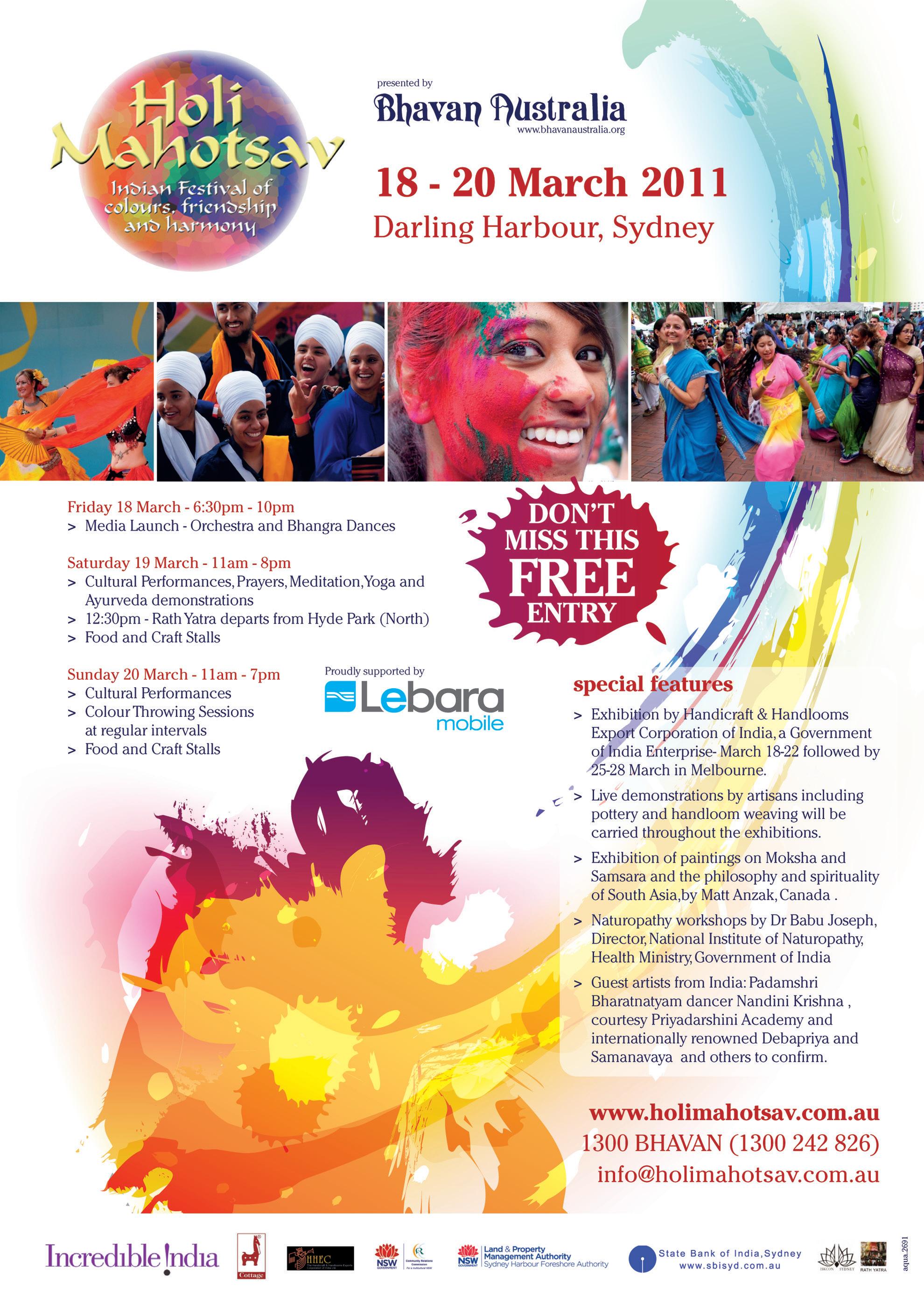
66 <> FEBRUARY (2) 2011 INDIAN LINK
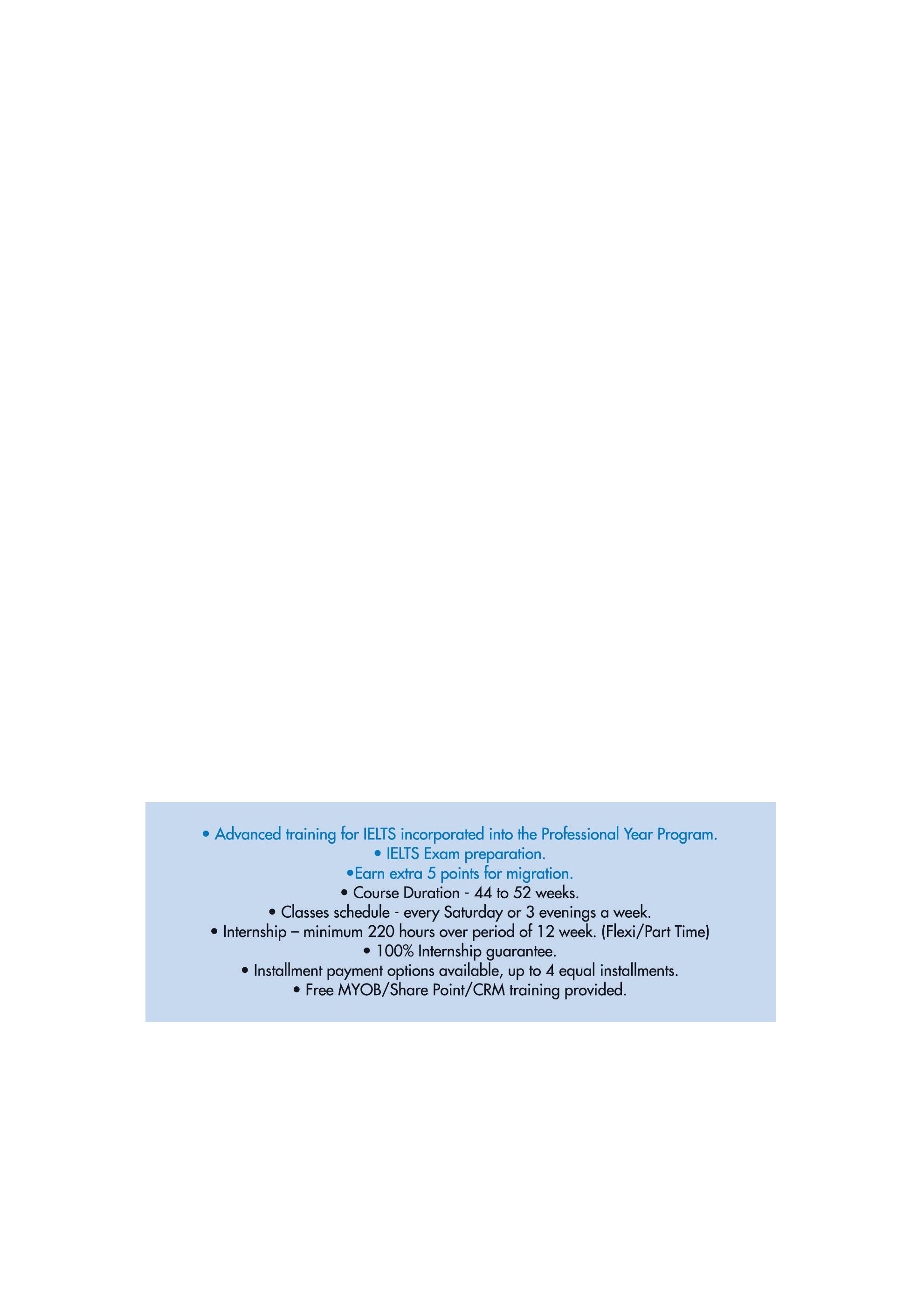
FEBRUARY (2) 2011 <> 67 NATIONAL EDITION


68 <> FEBRUARY (2) 2011 INDIAN LINK

















 BY PAWAN LUTHRA
BY PAWAN LUTHRA

















 BY JYOTI SHANKAR
BY JYOTI SHANKAR














 BY ANUSHA MENON
BY ANUSHA MENON









































 BY SHIVANGI AMBANI-GANDHI
BY SHIVANGI AMBANI-GANDHI






















































 BY SANDIP HOR
BY SANDIP HOR






 BY PETRA O’NEILL
BY PETRA O’NEILL







 6. Girls Melanau village
7. Traditional Iban hand woven cloth
6. Girls Melanau village
7. Traditional Iban hand woven cloth
 BY SAROJA SRINIVASAN
BY SAROJA SRINIVASAN







 BY RAJNI ANAND LUTHRA
BY RAJNI ANAND LUTHRA
















































